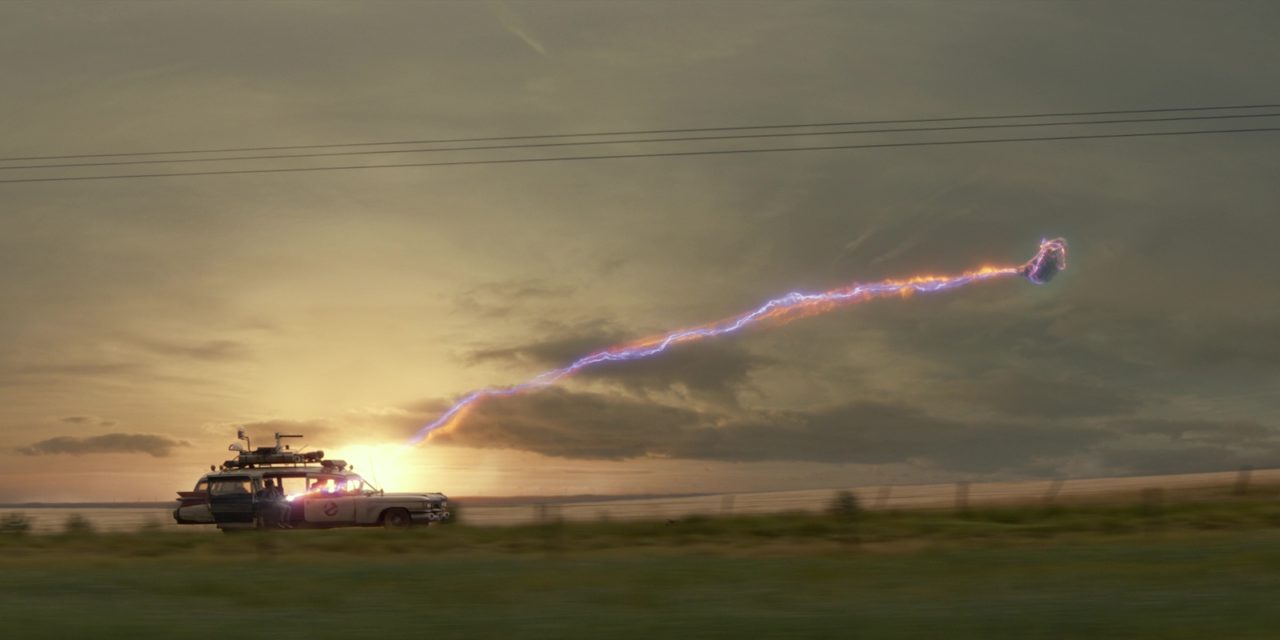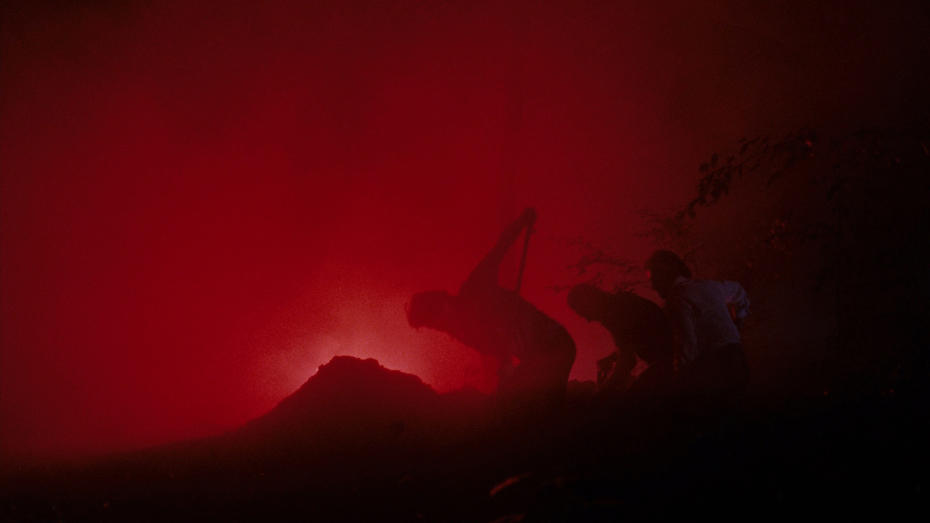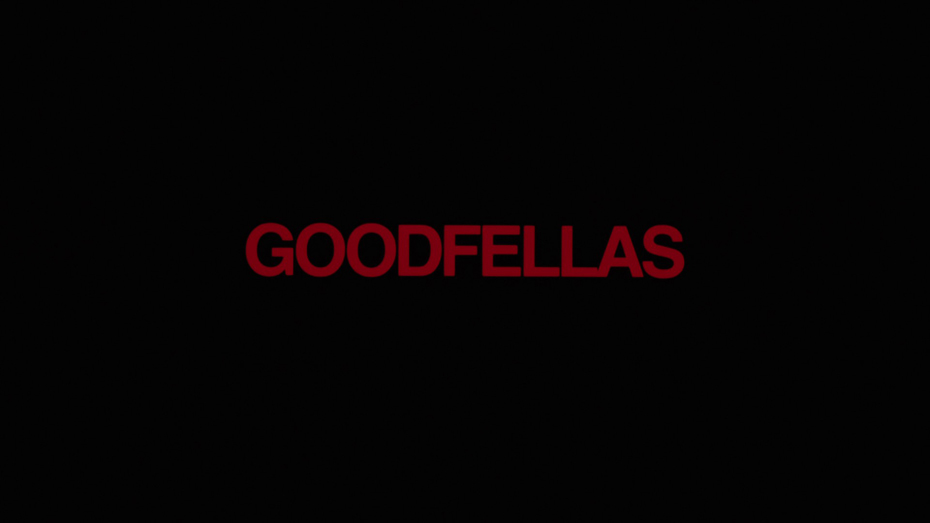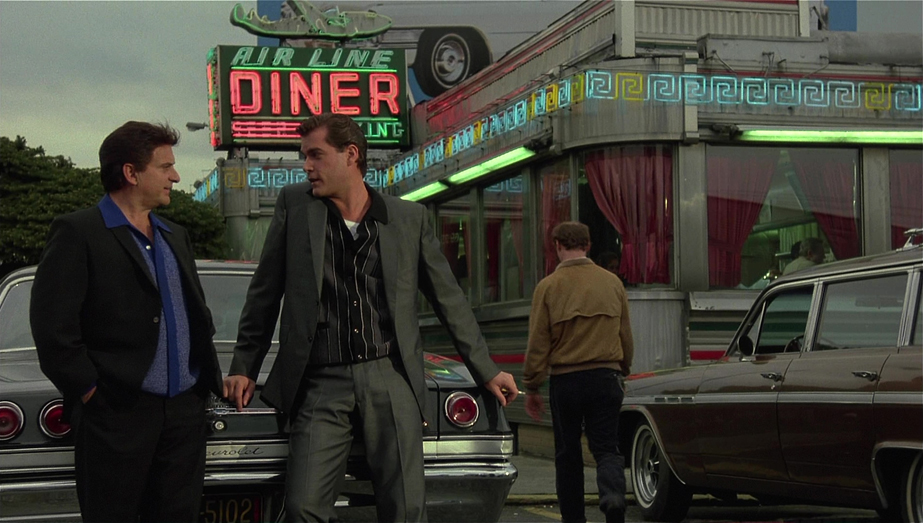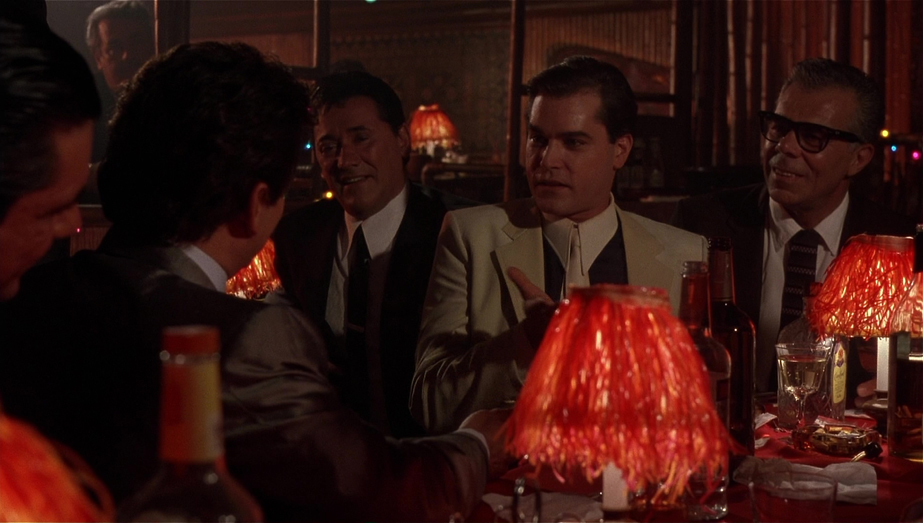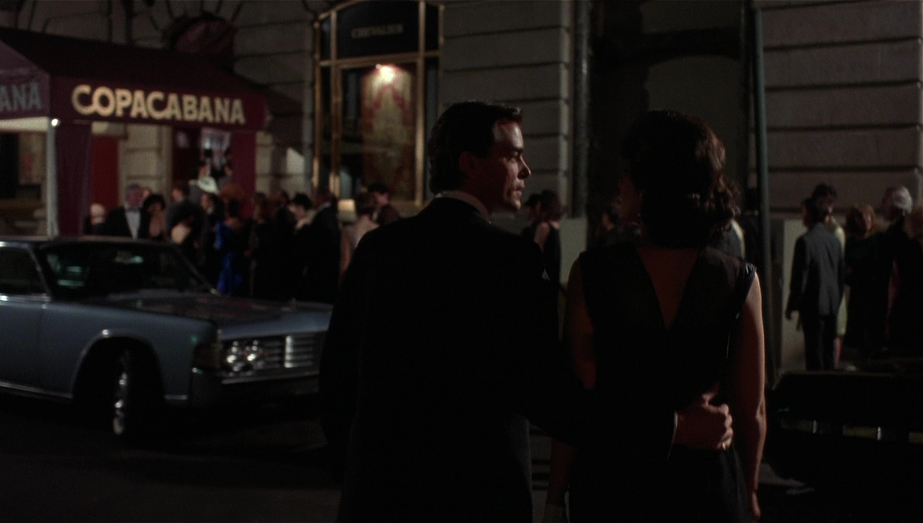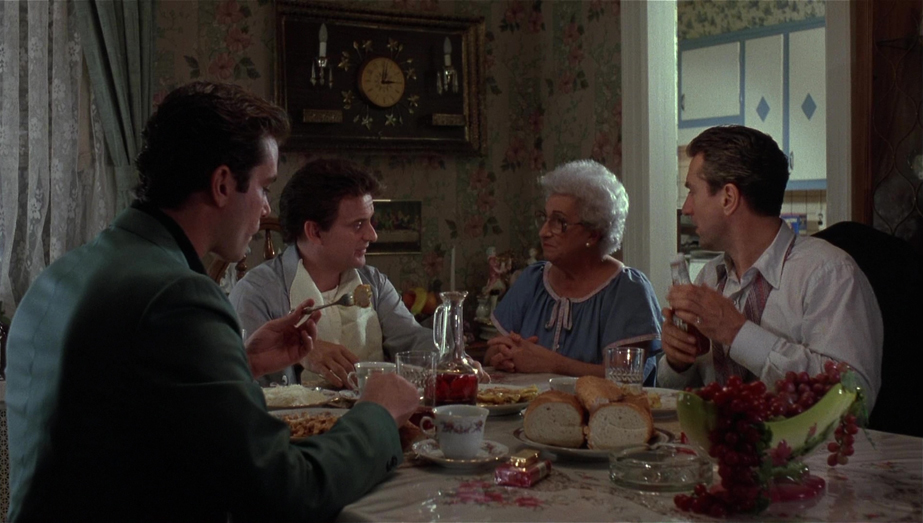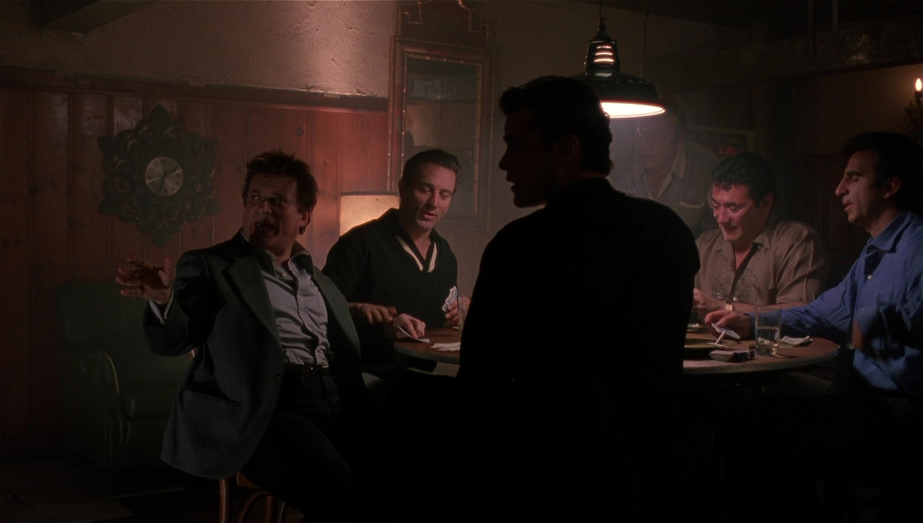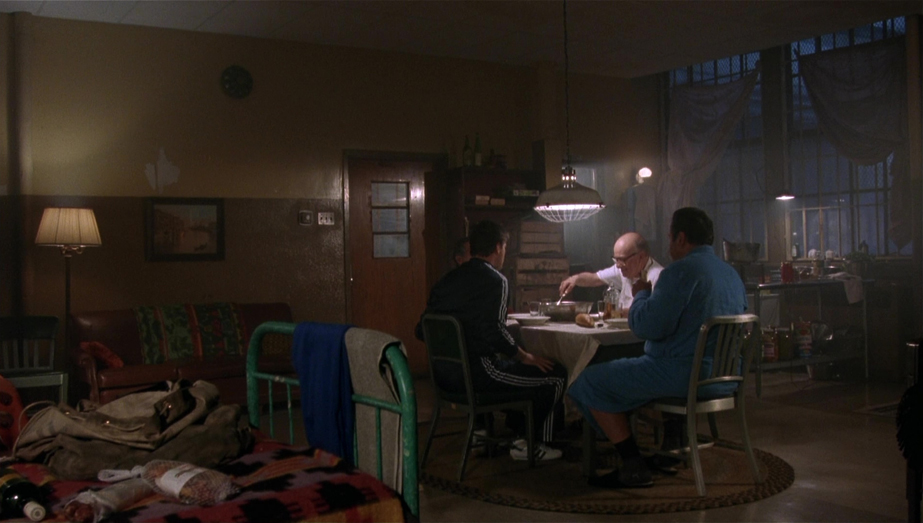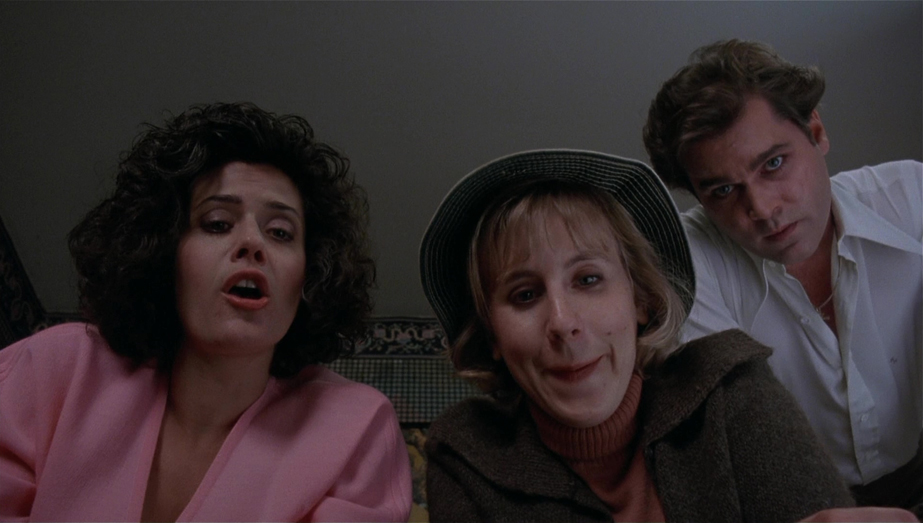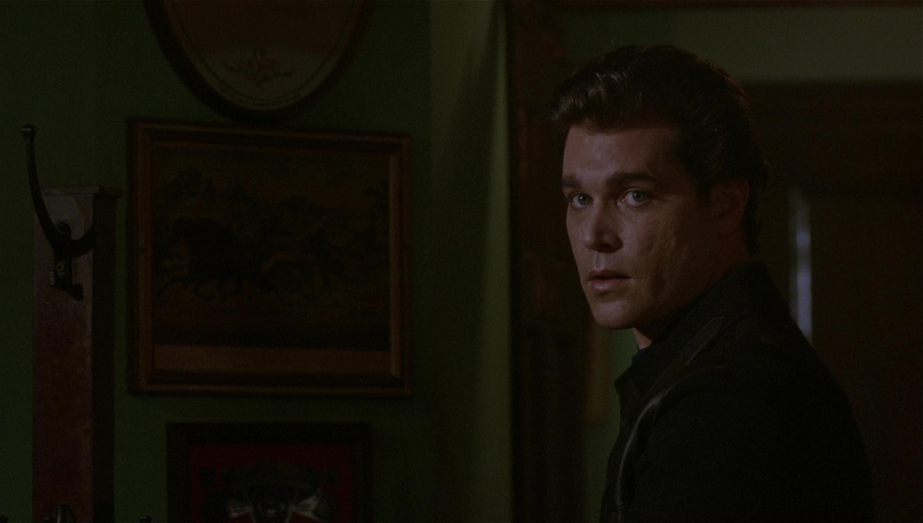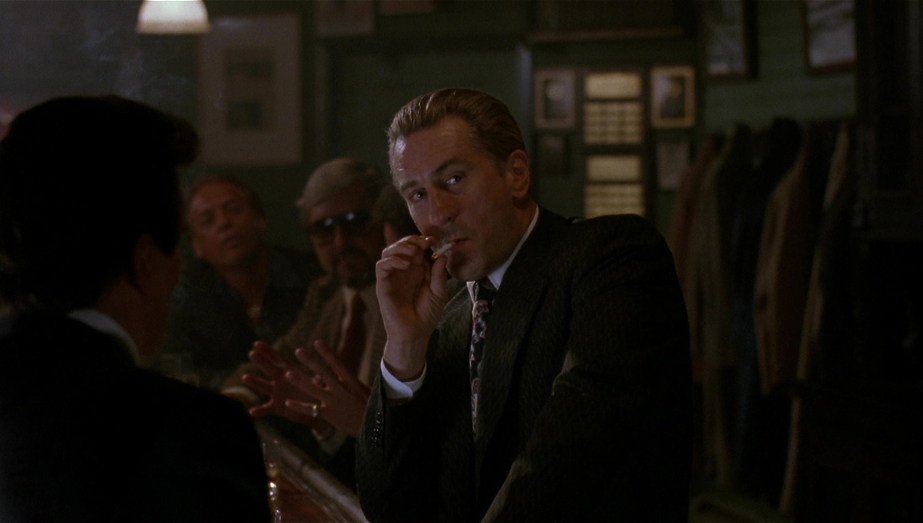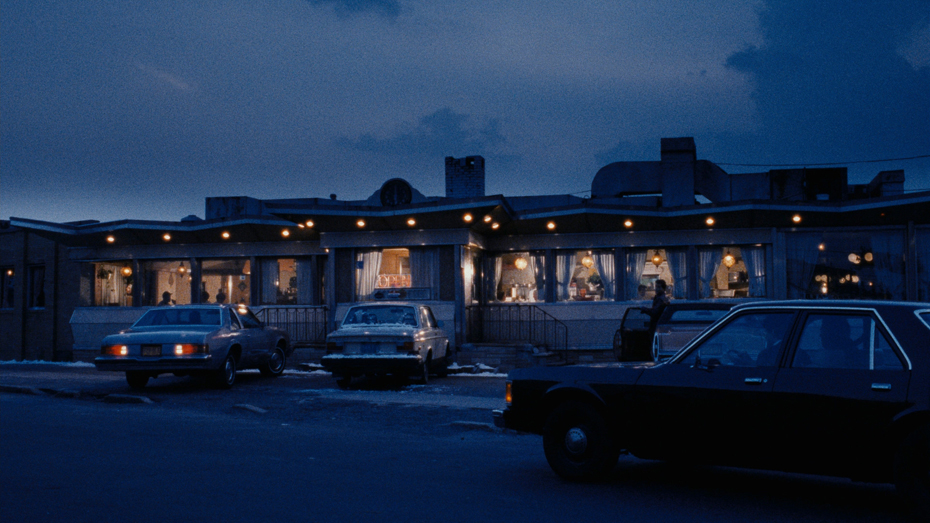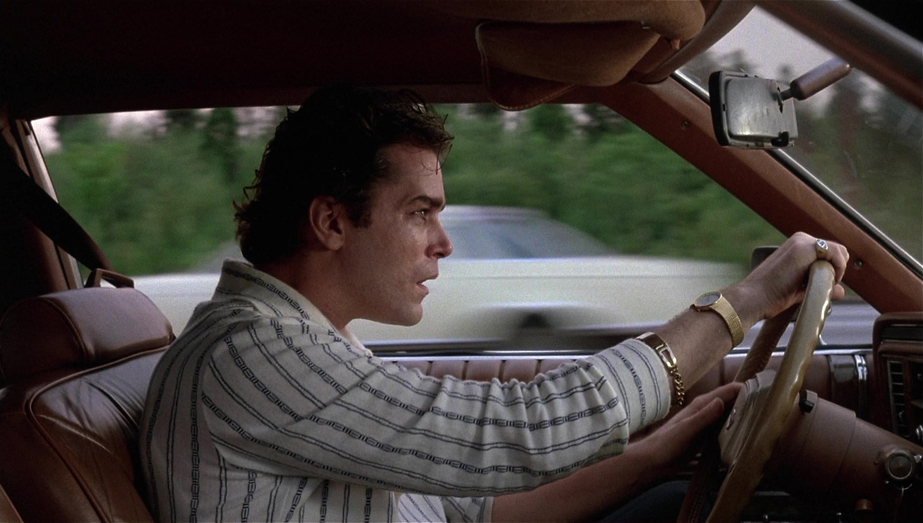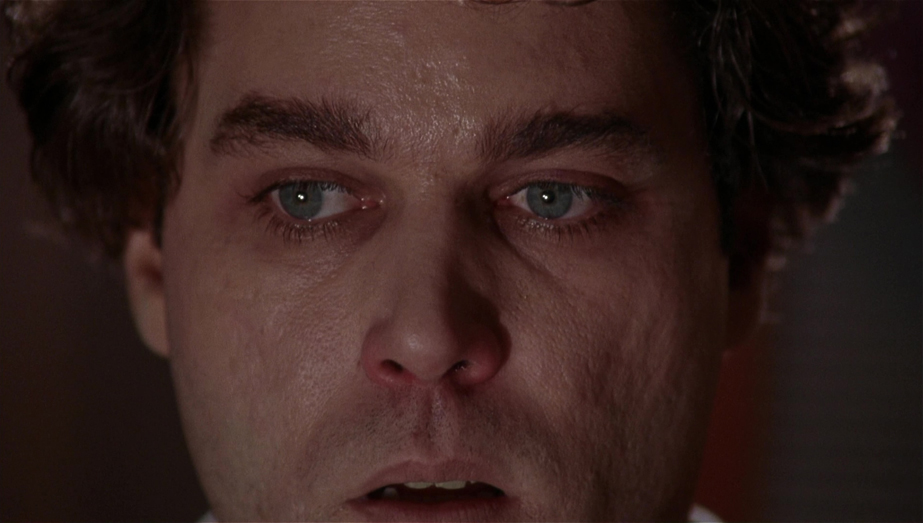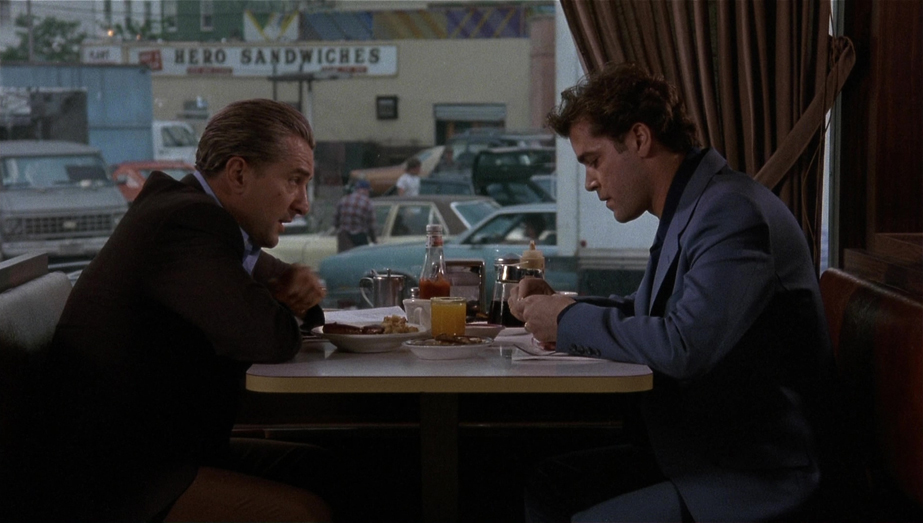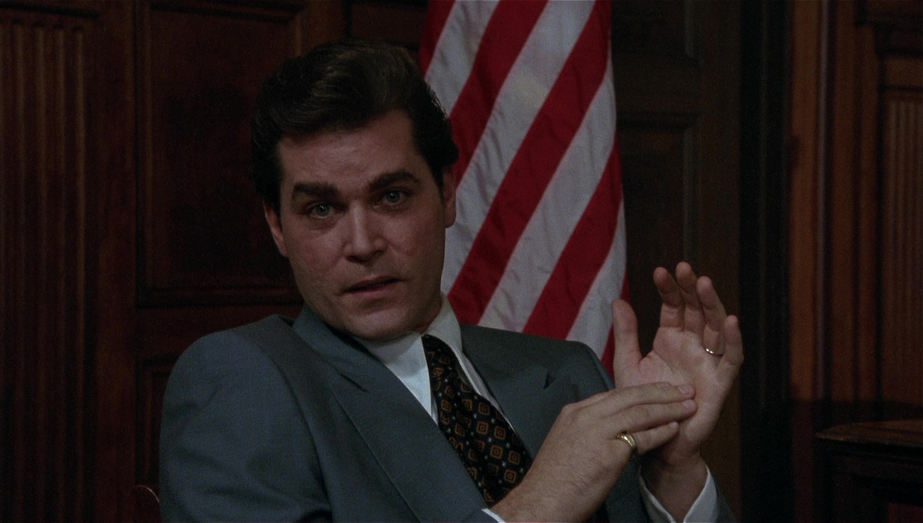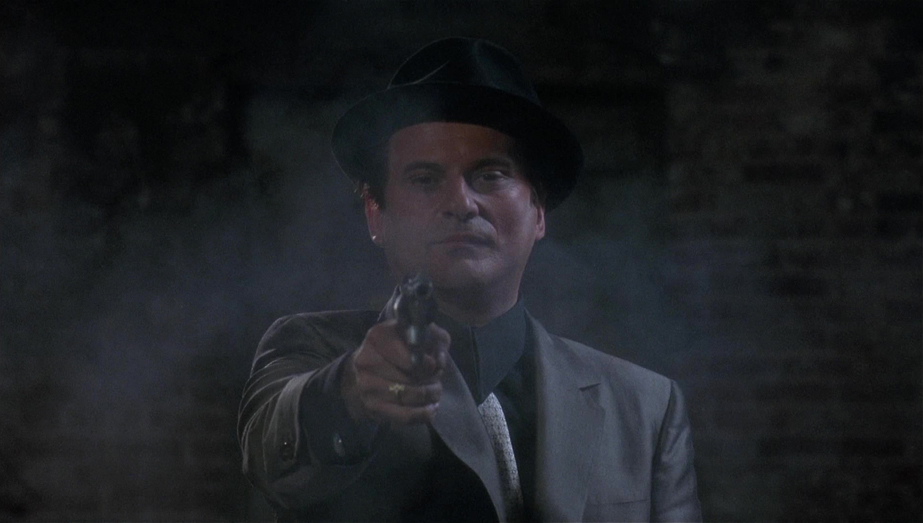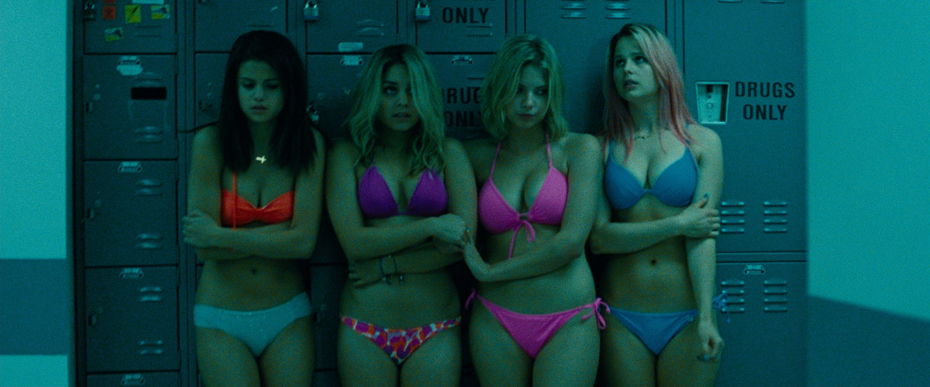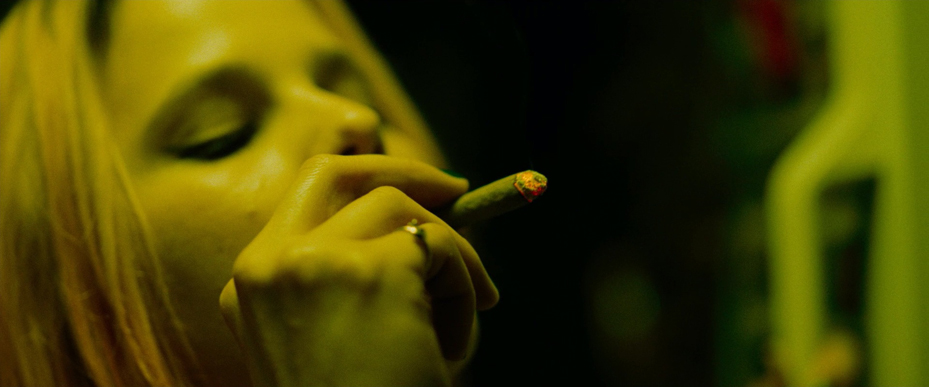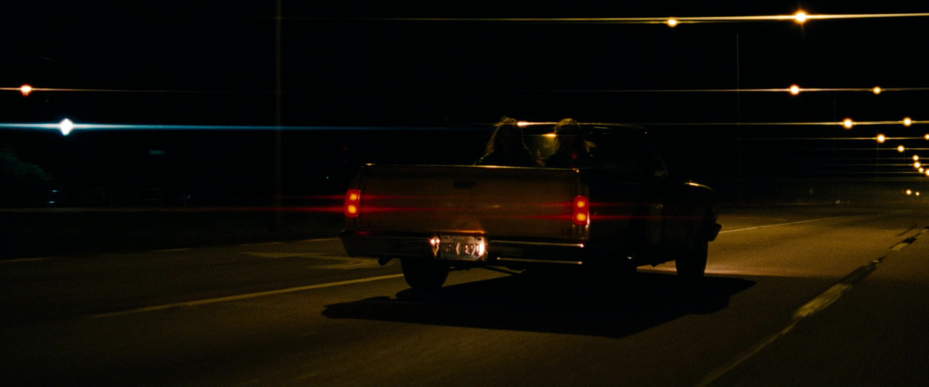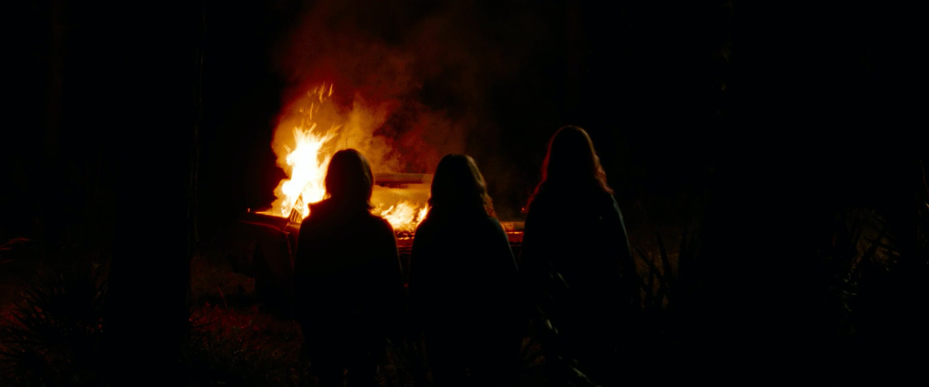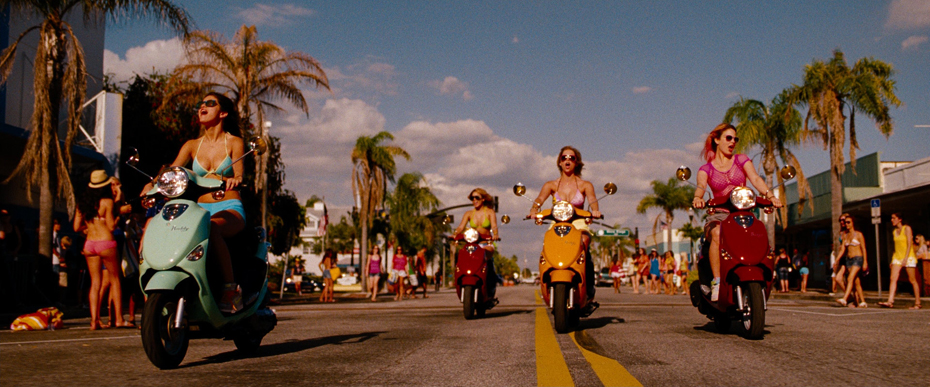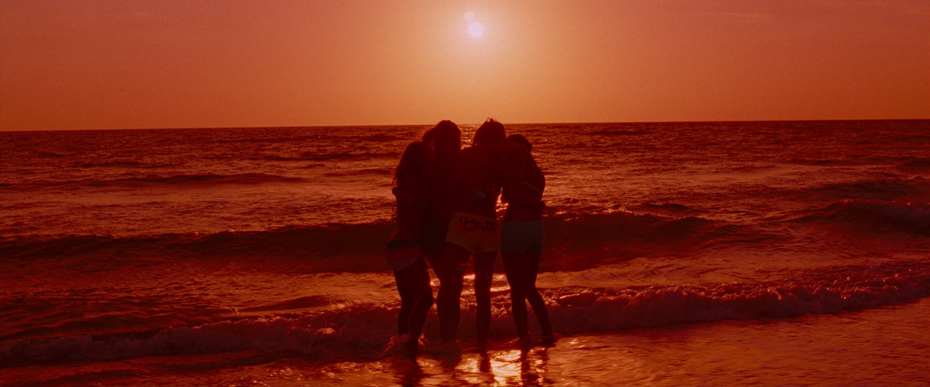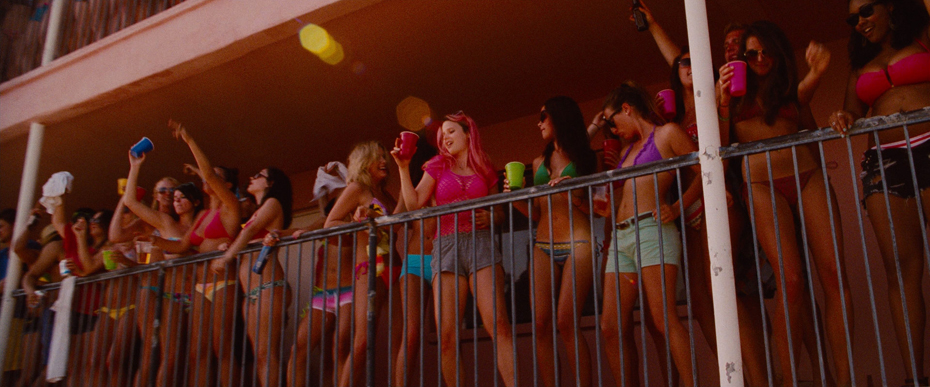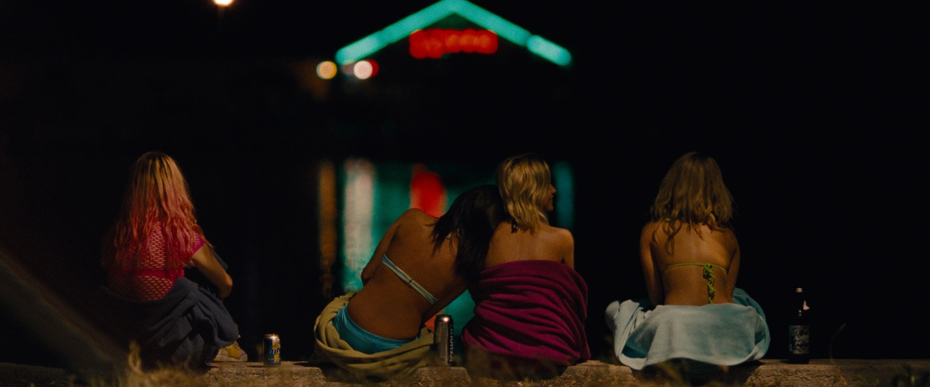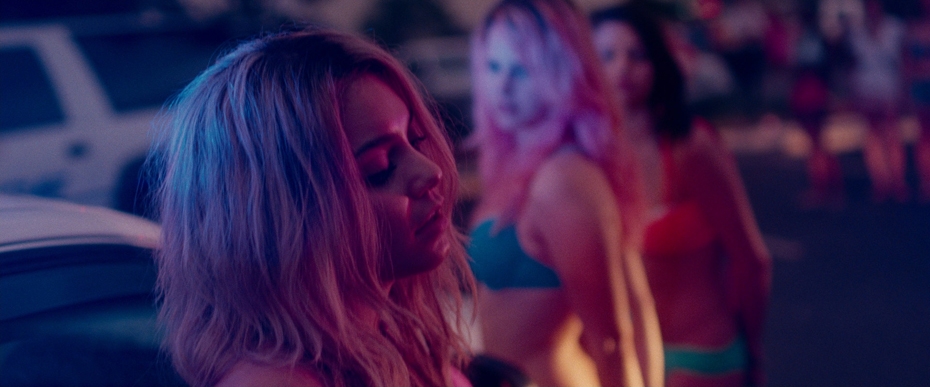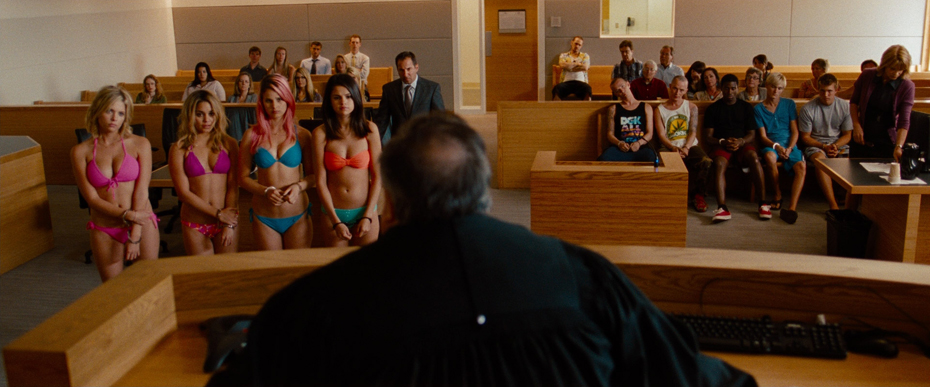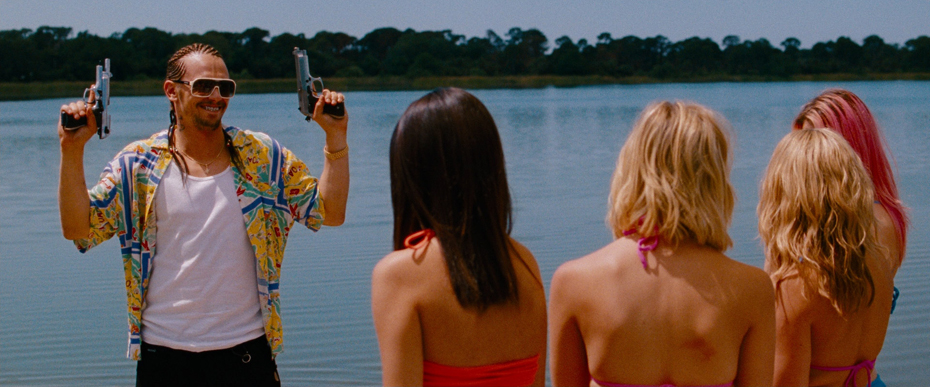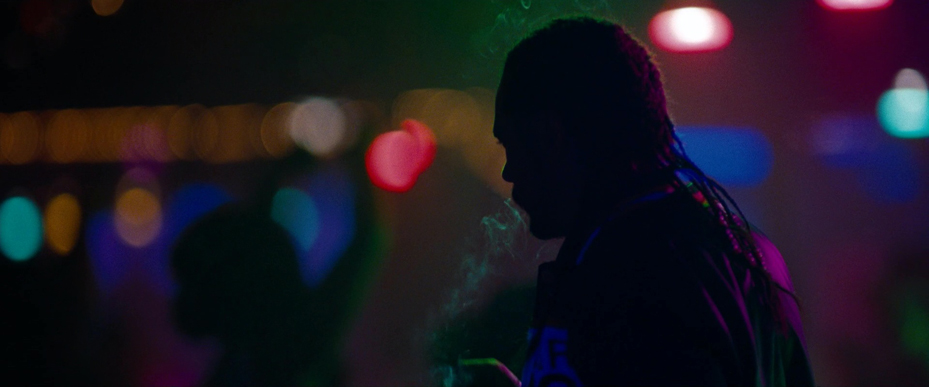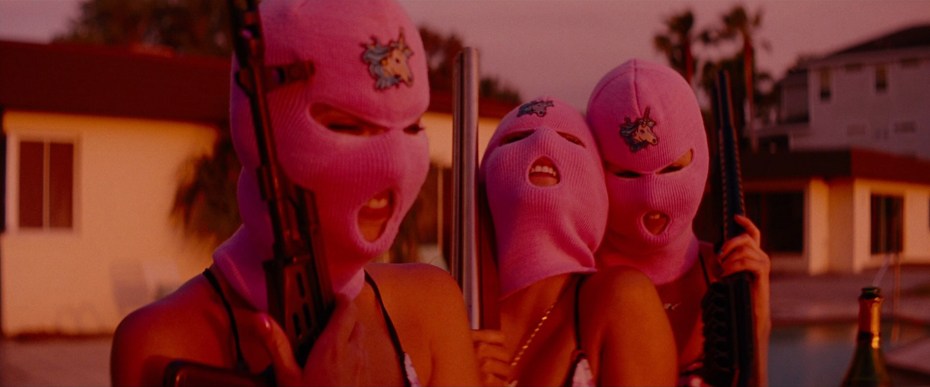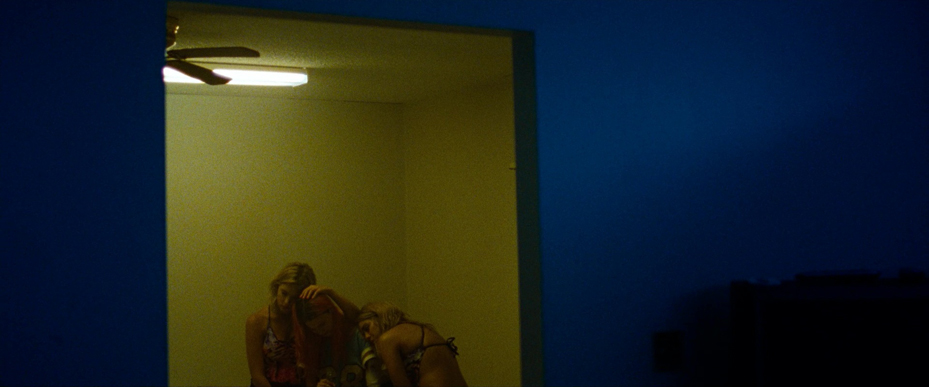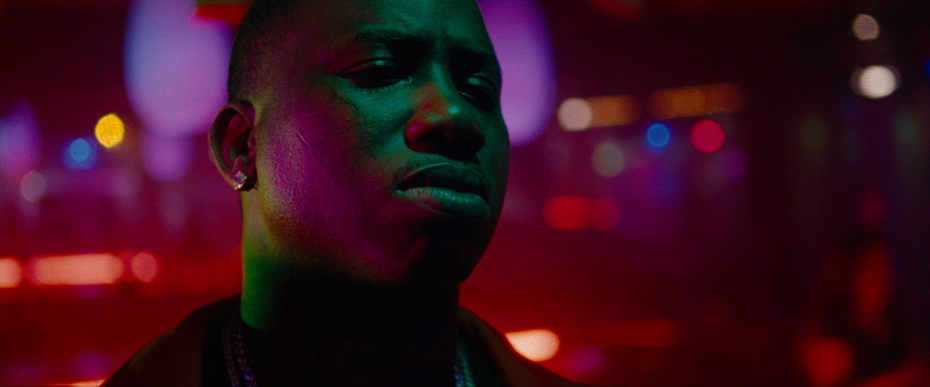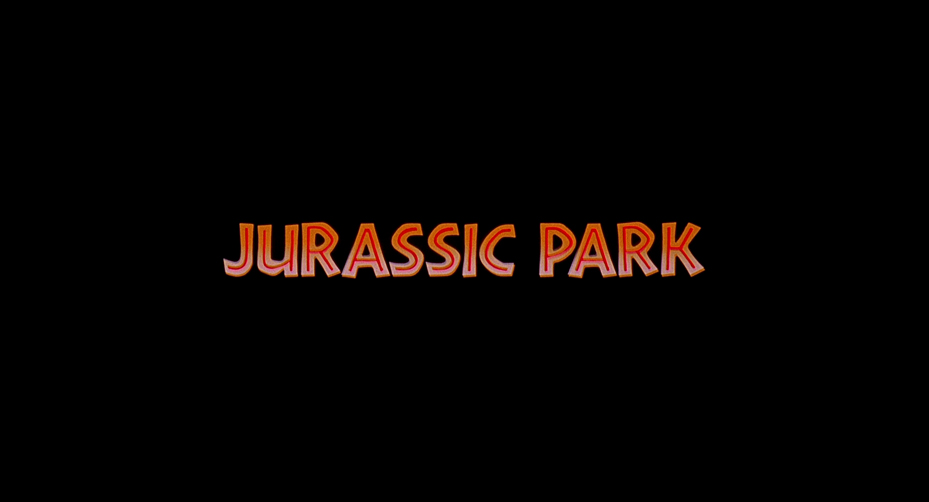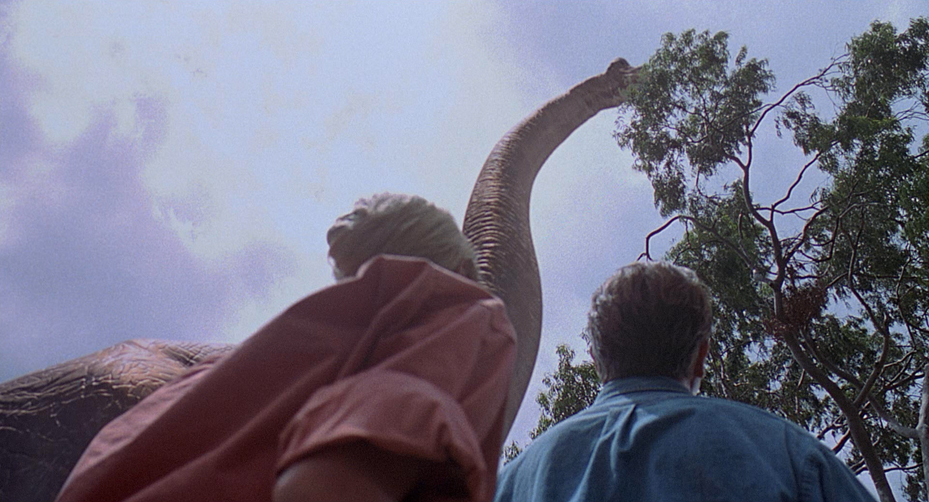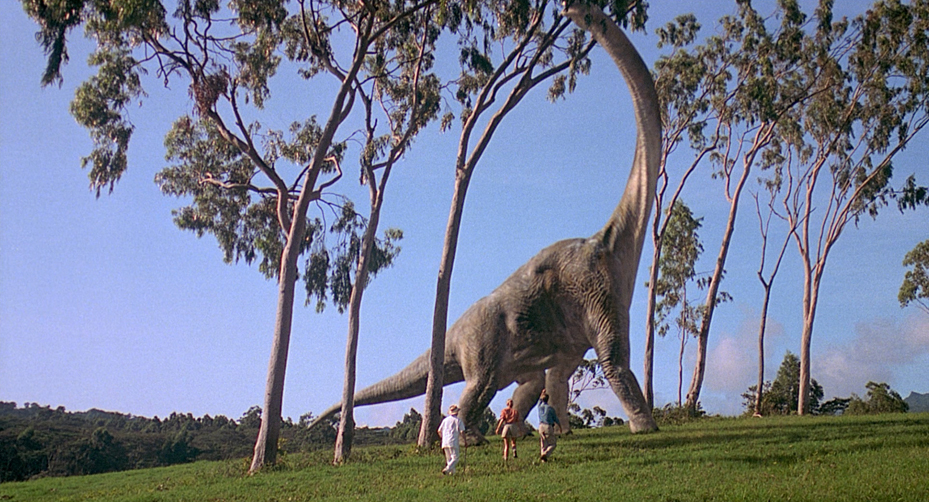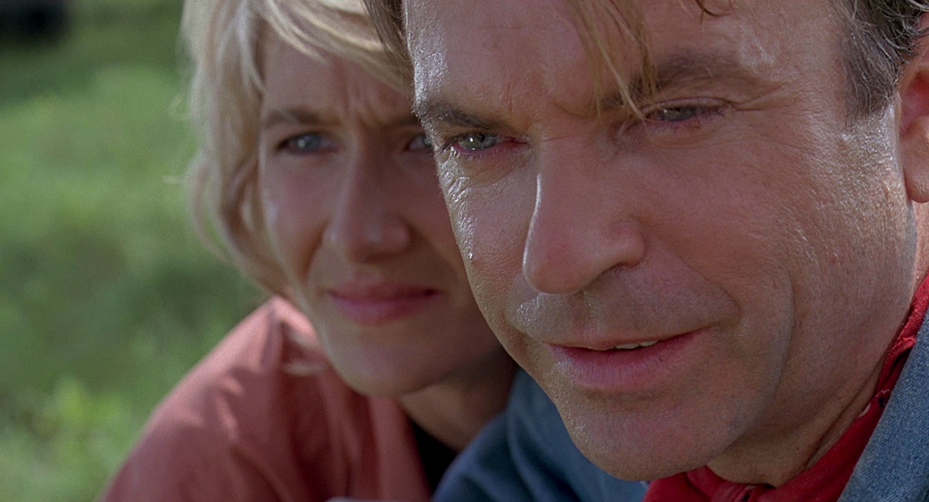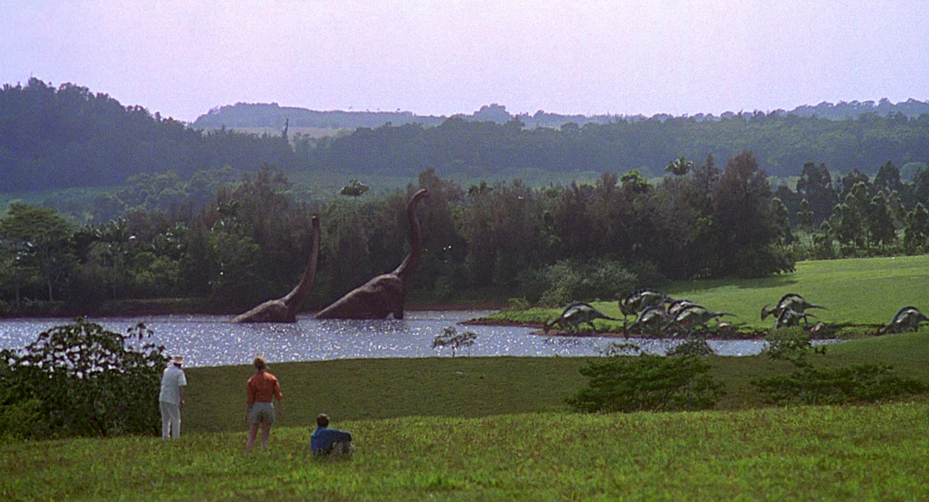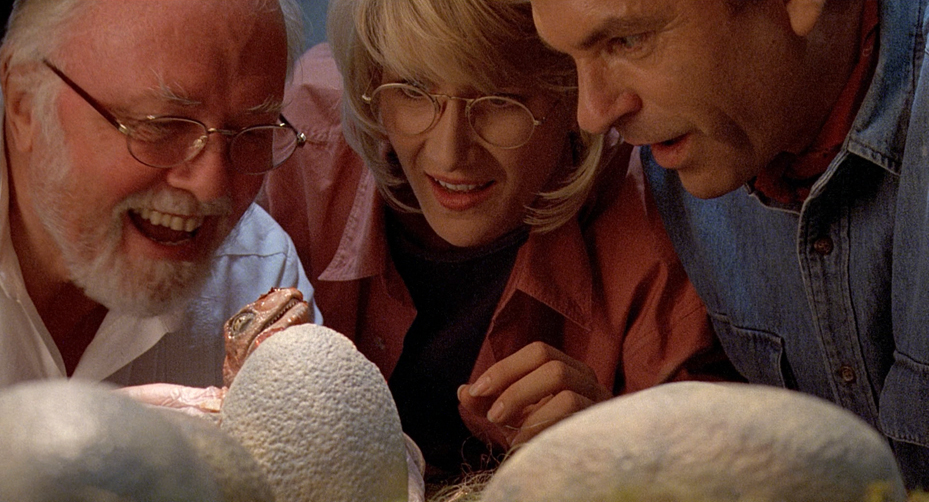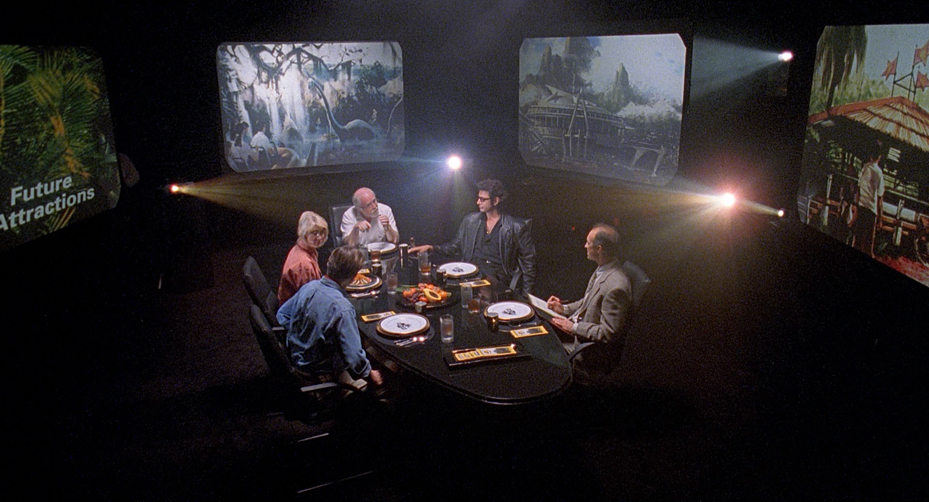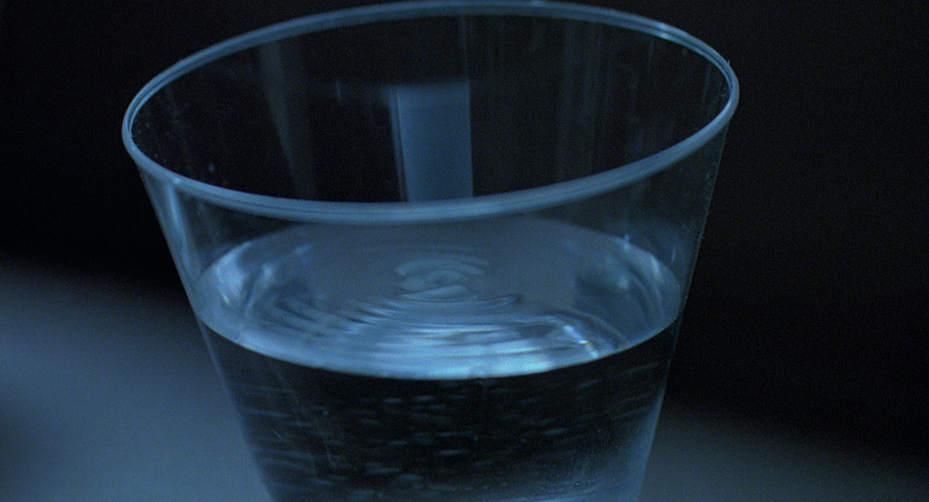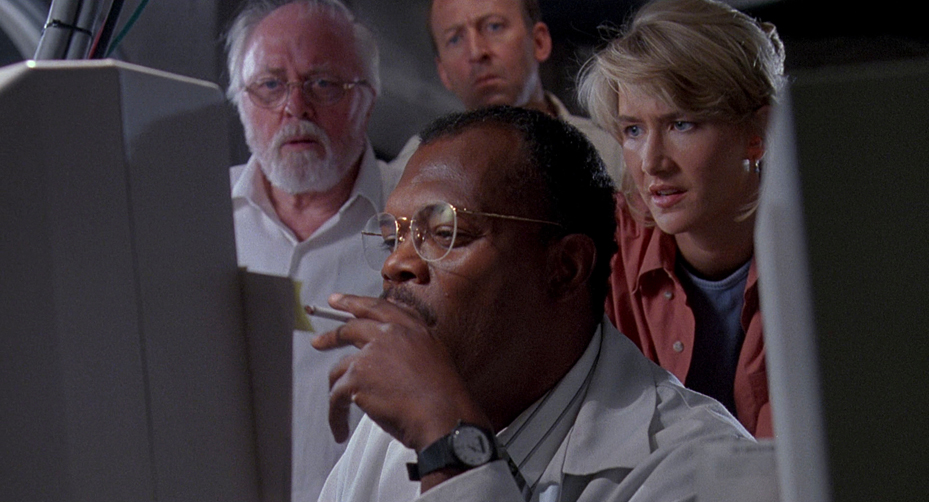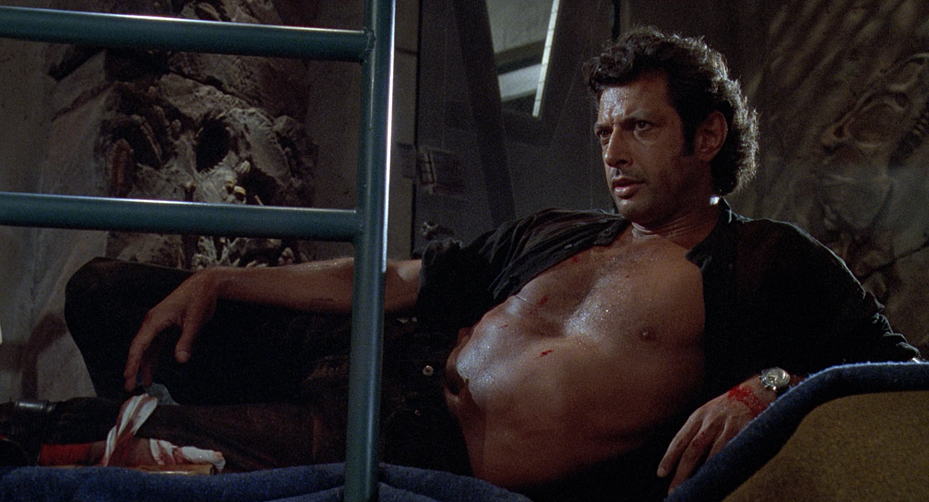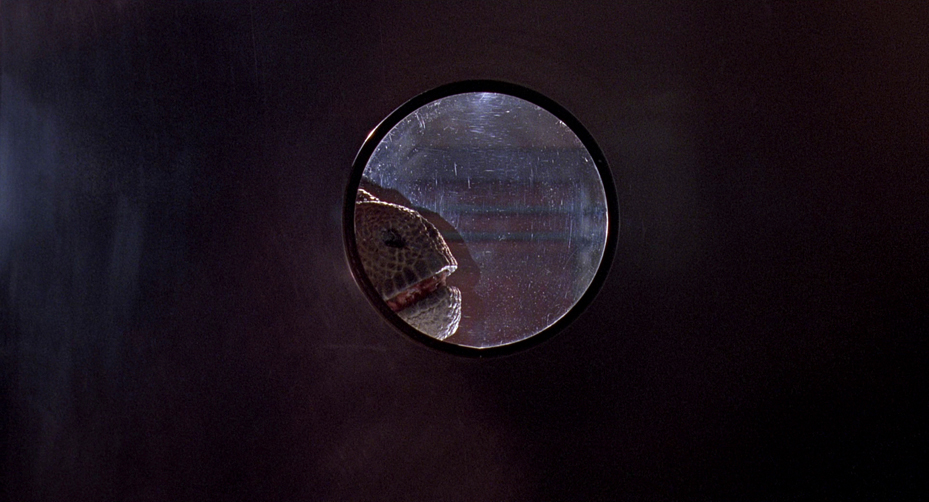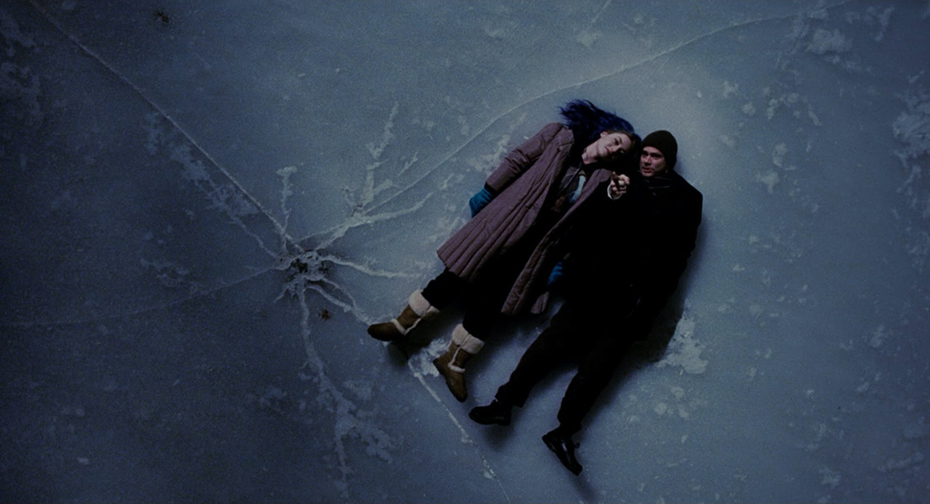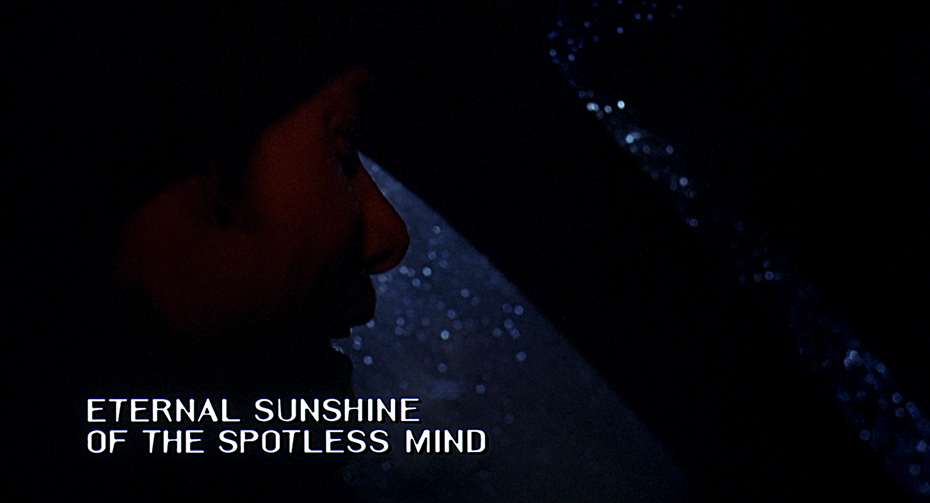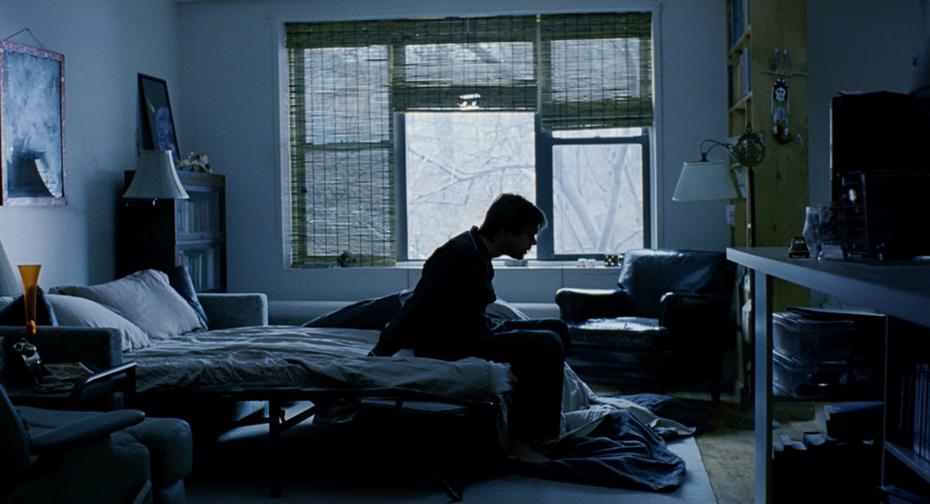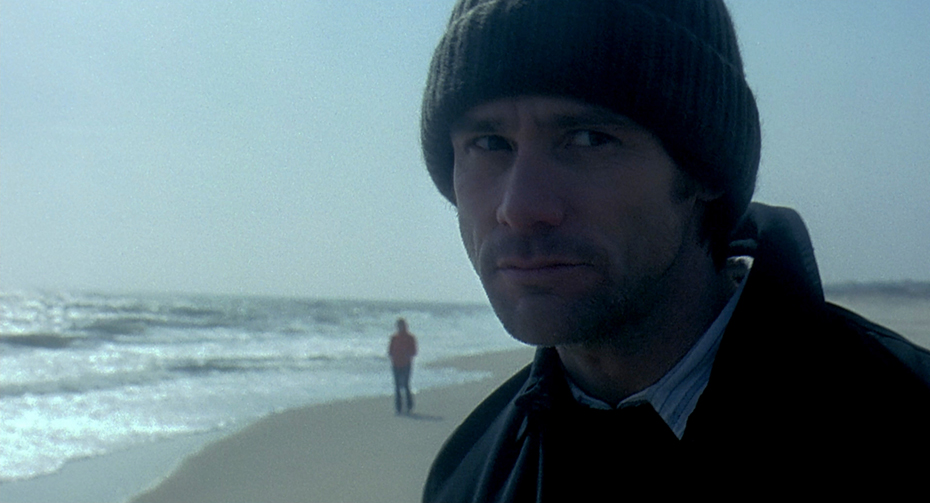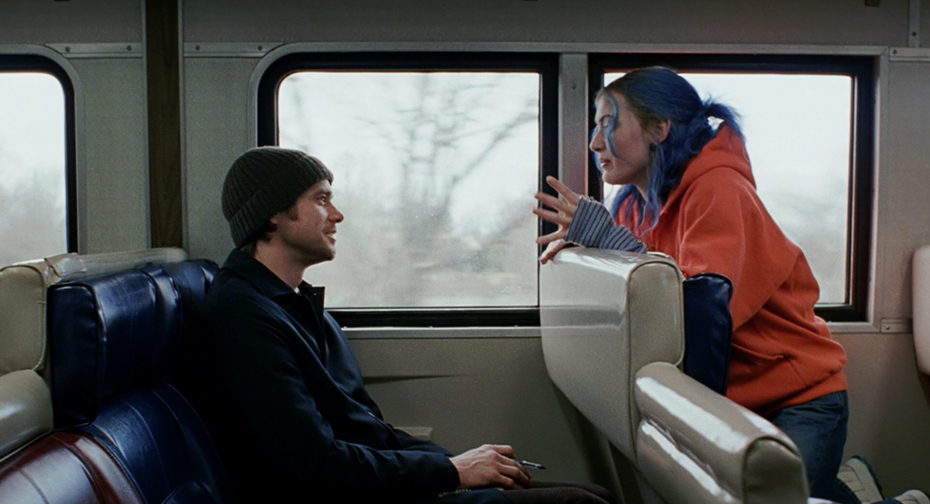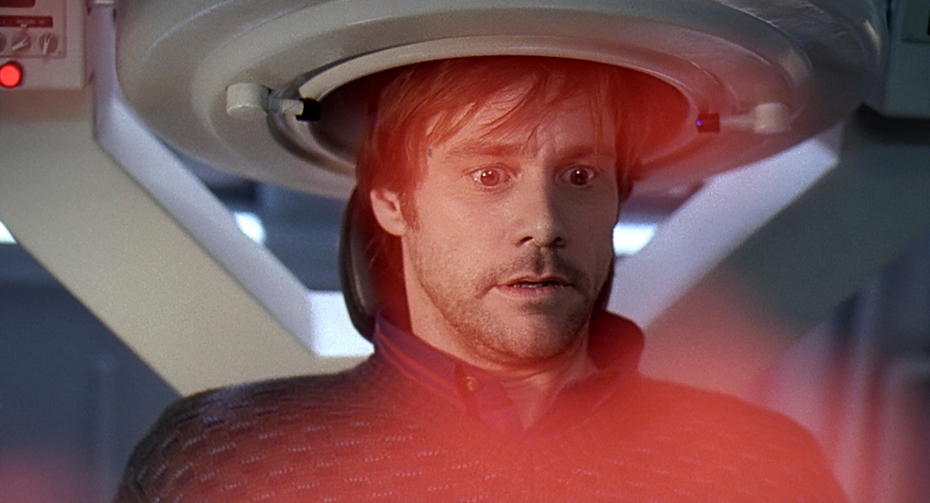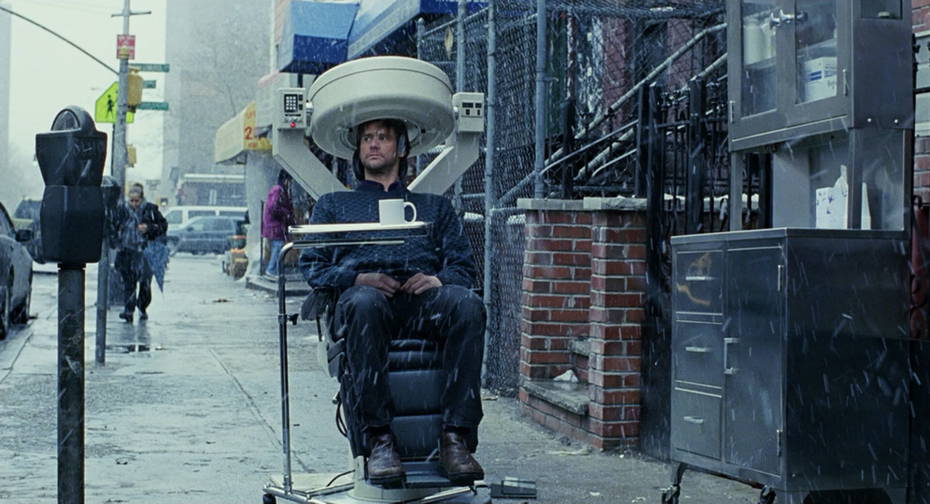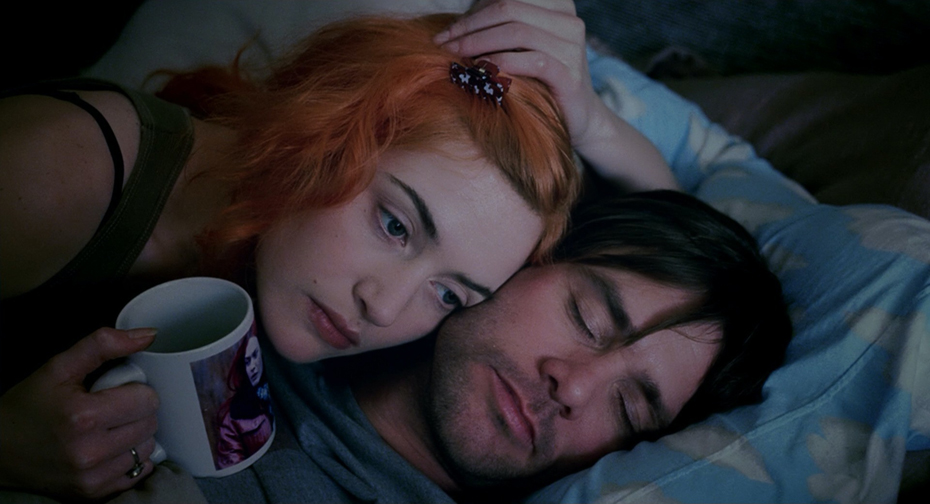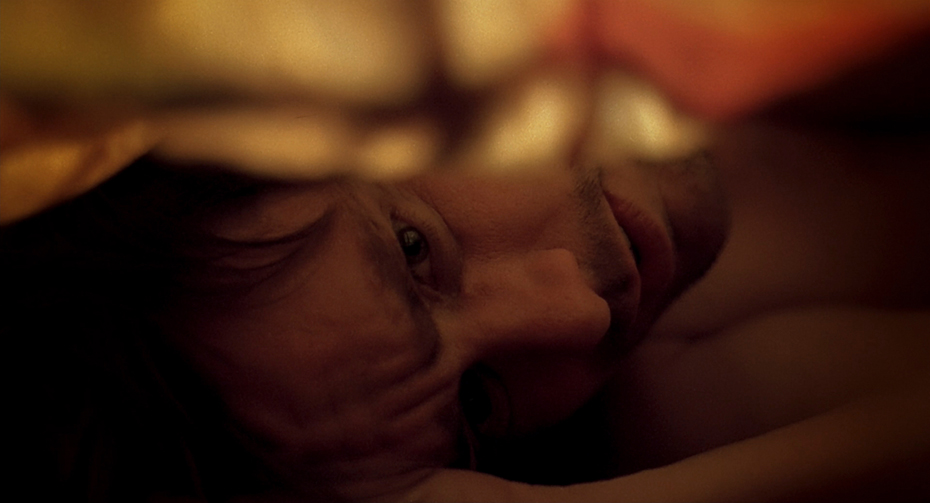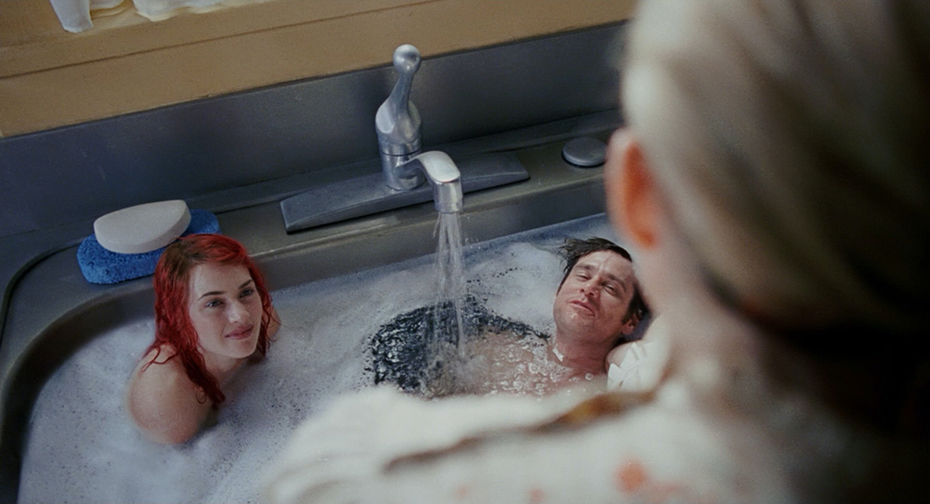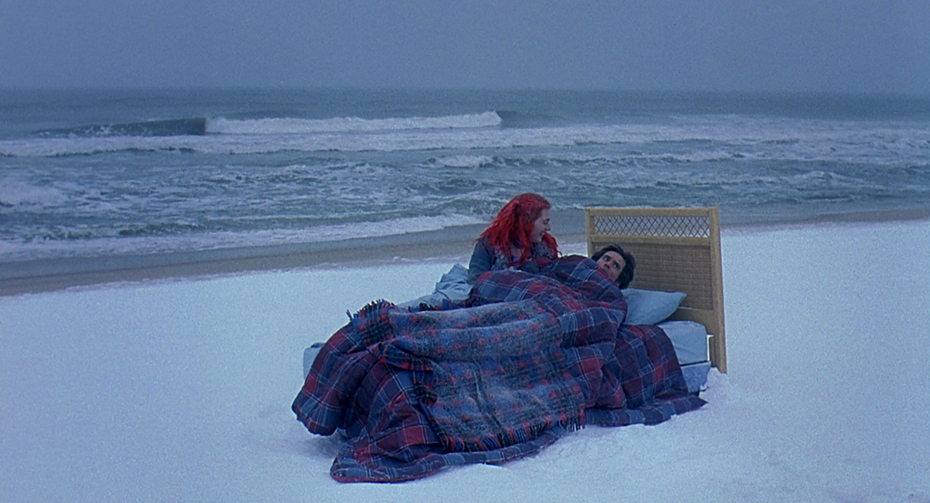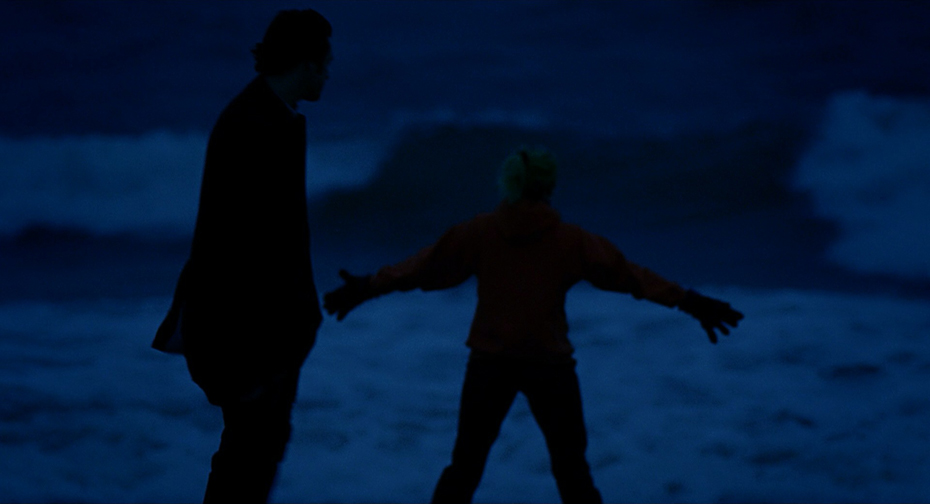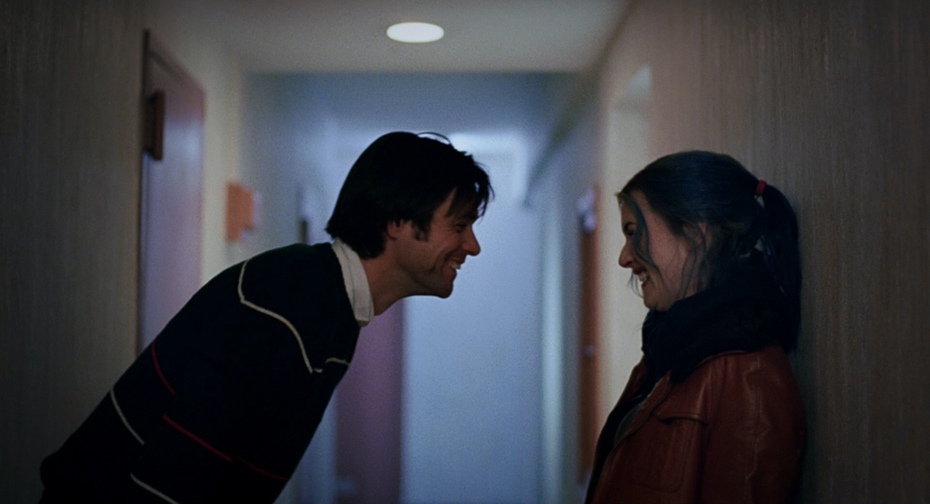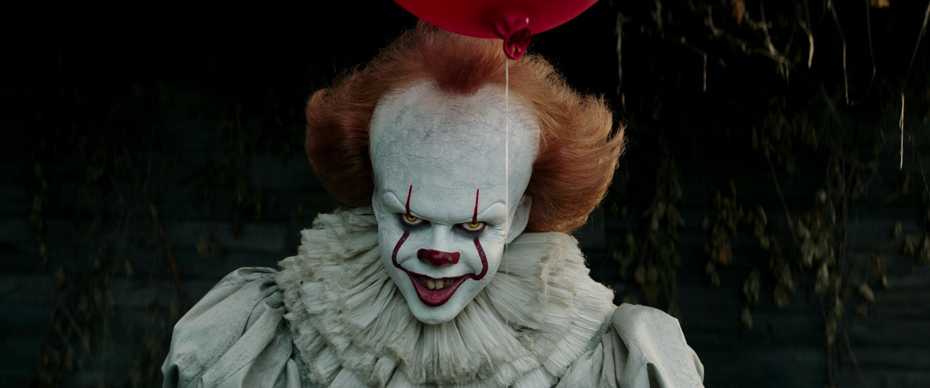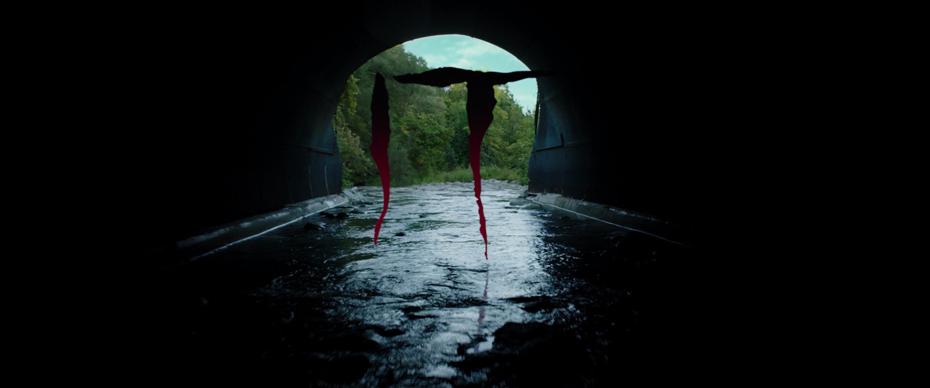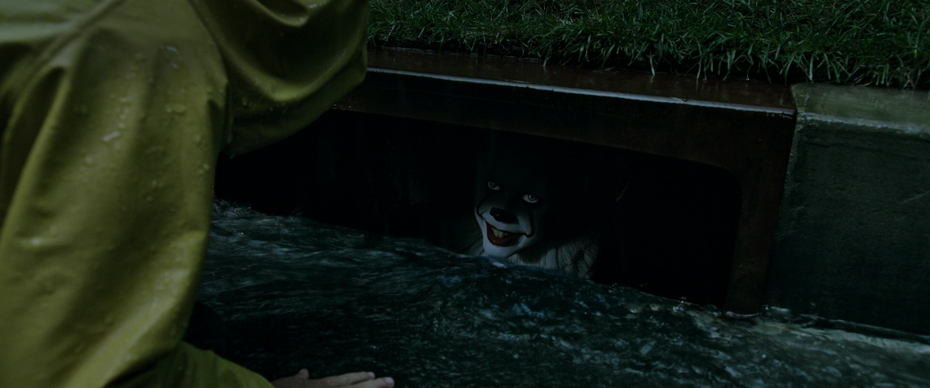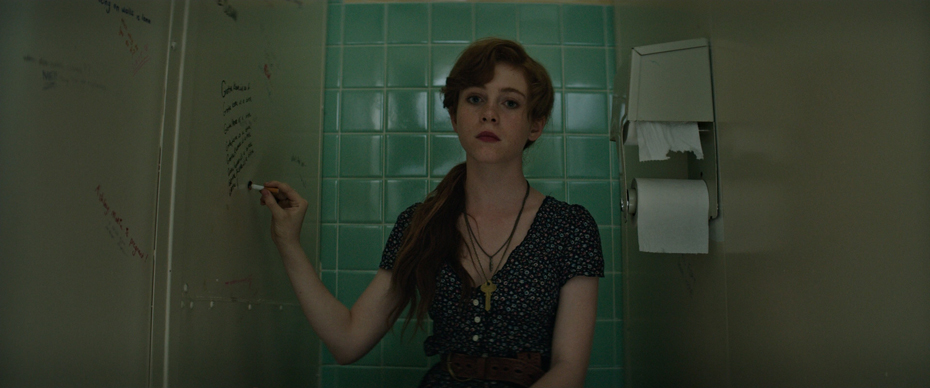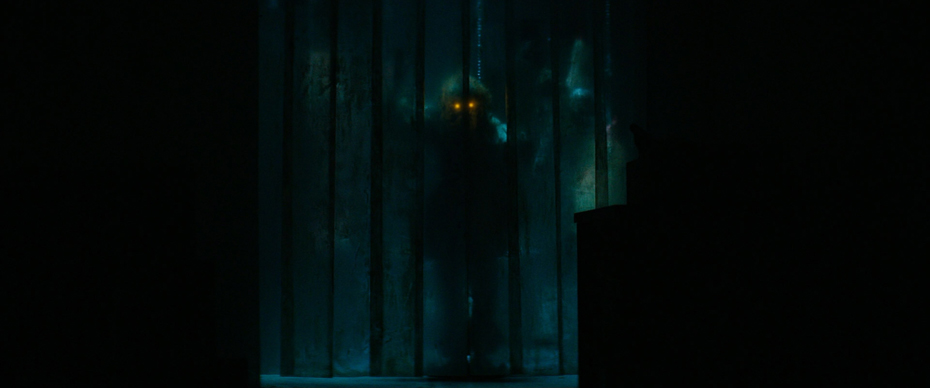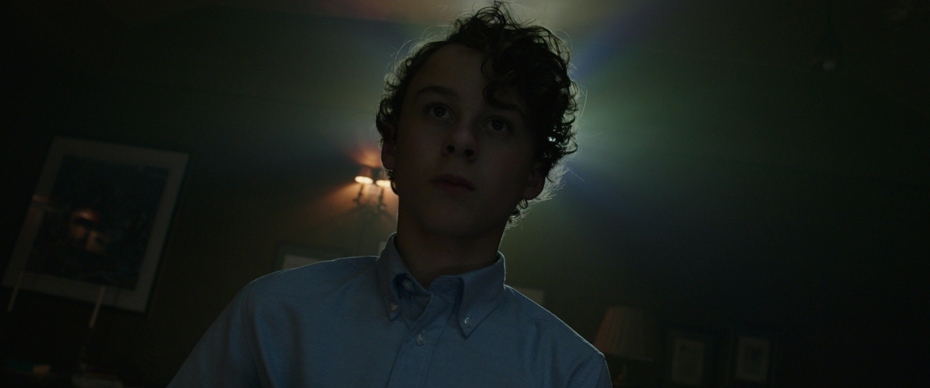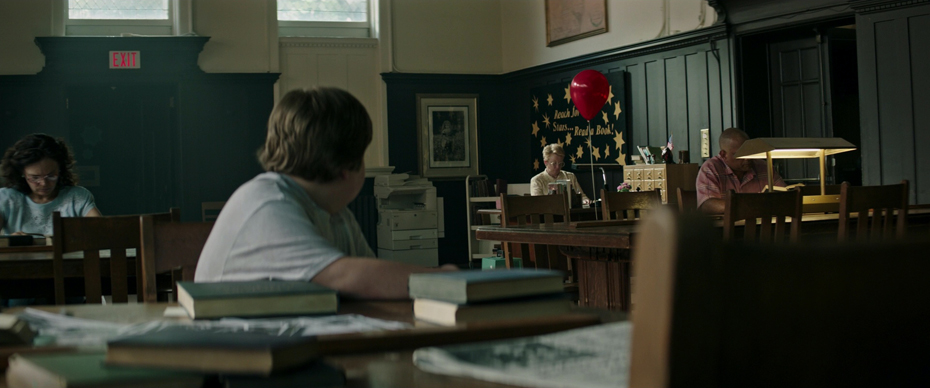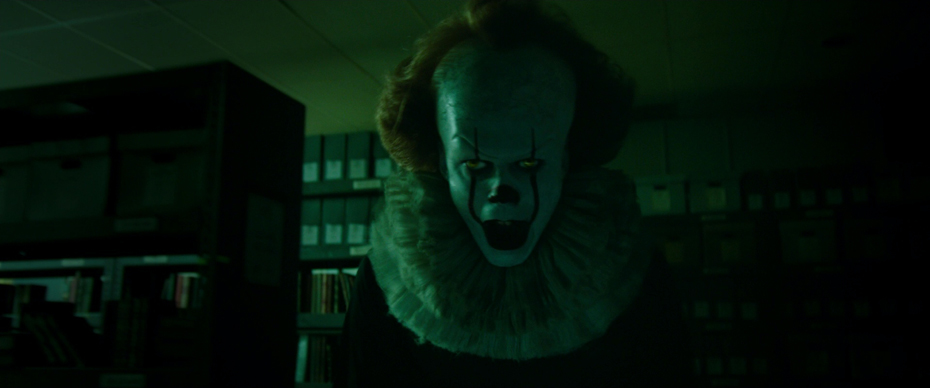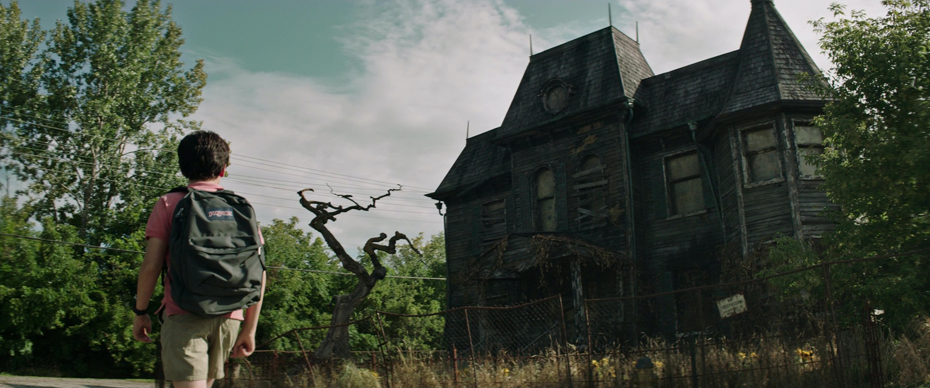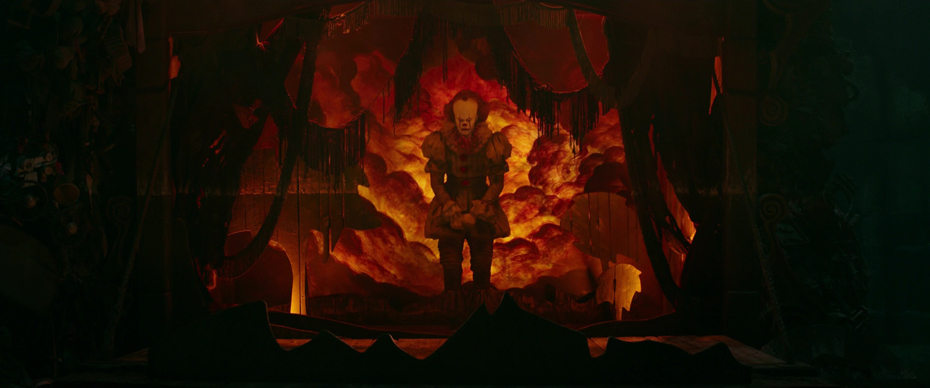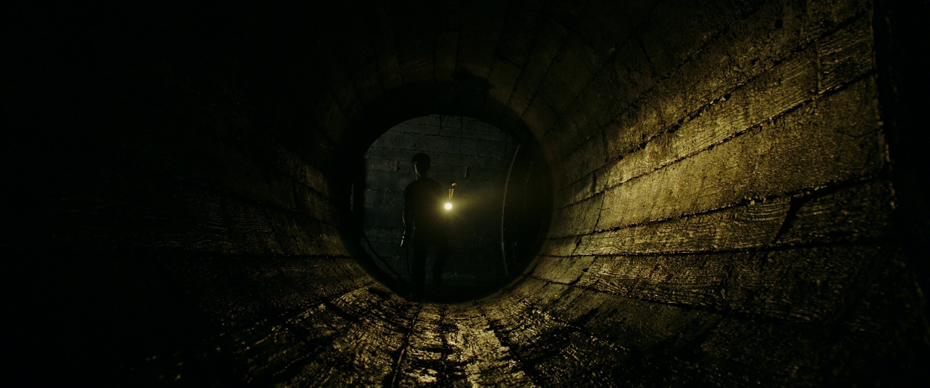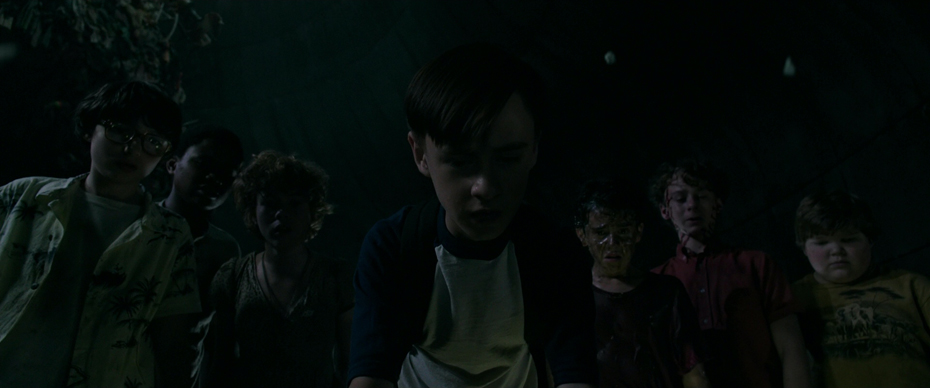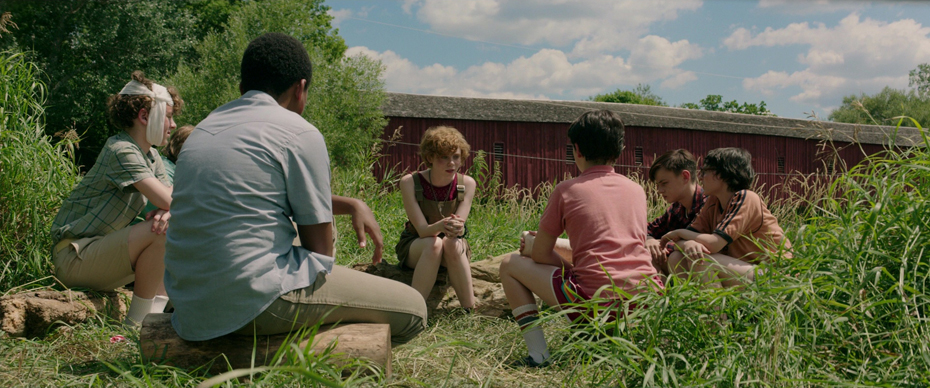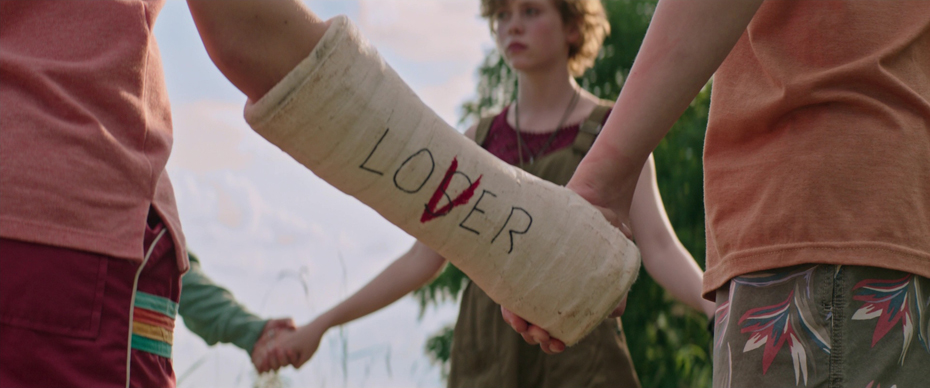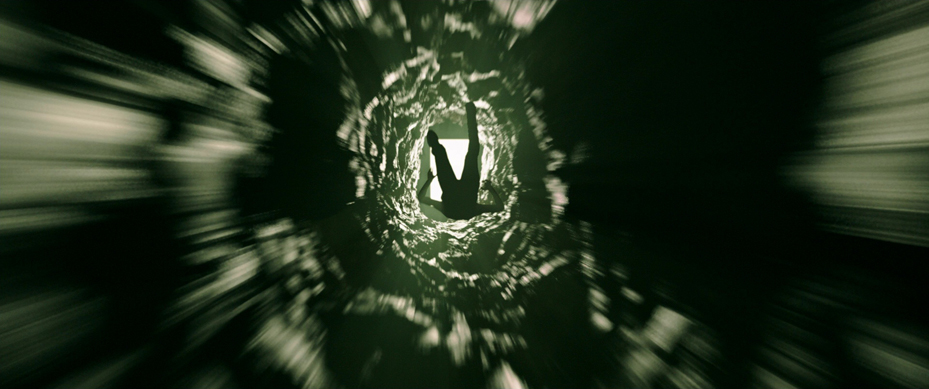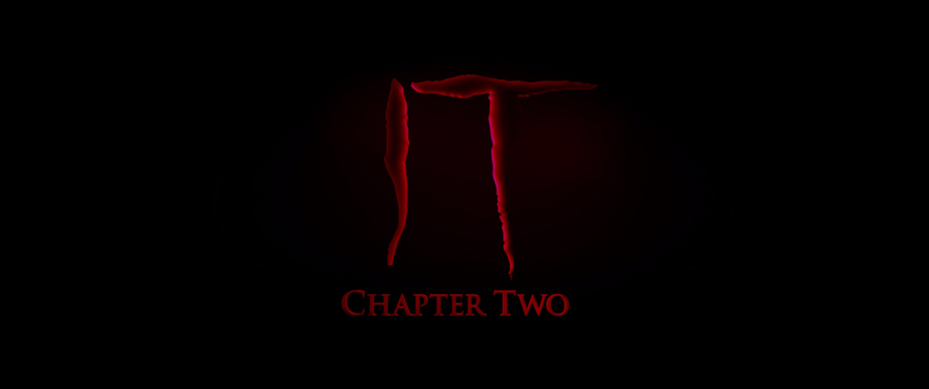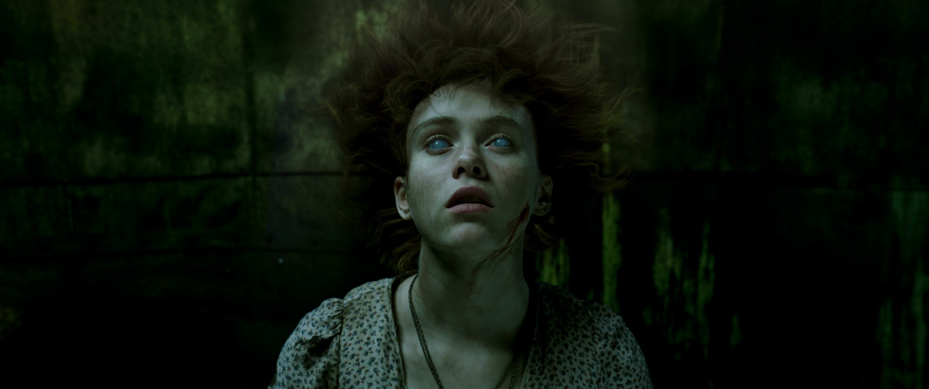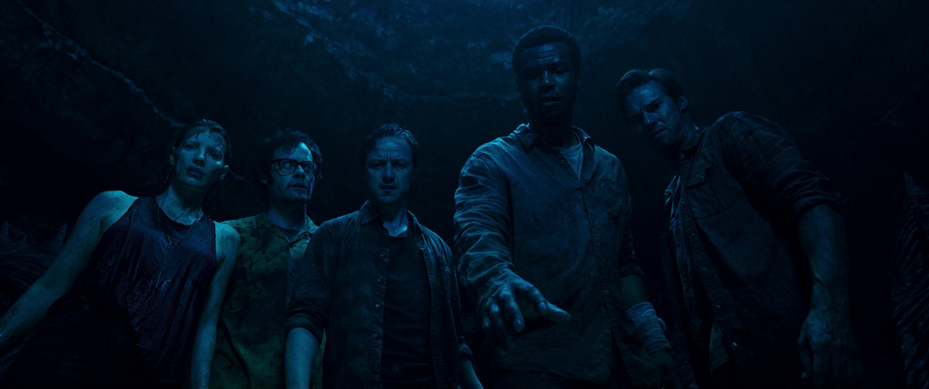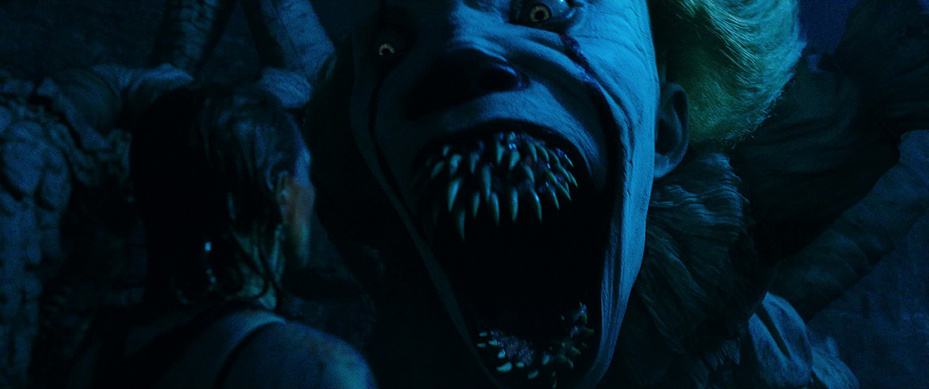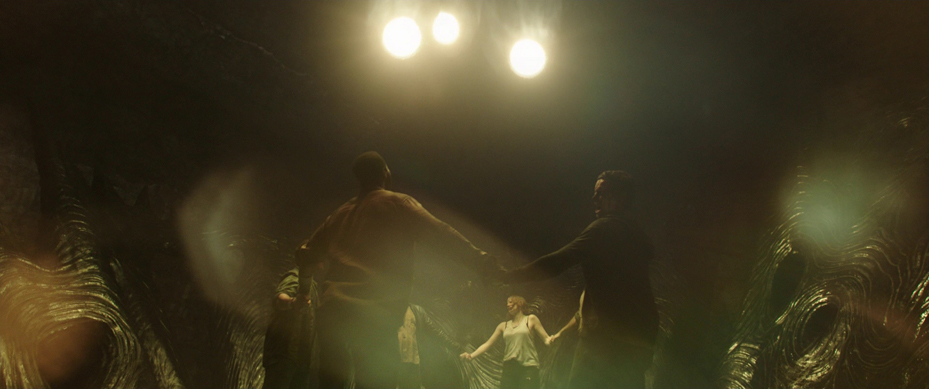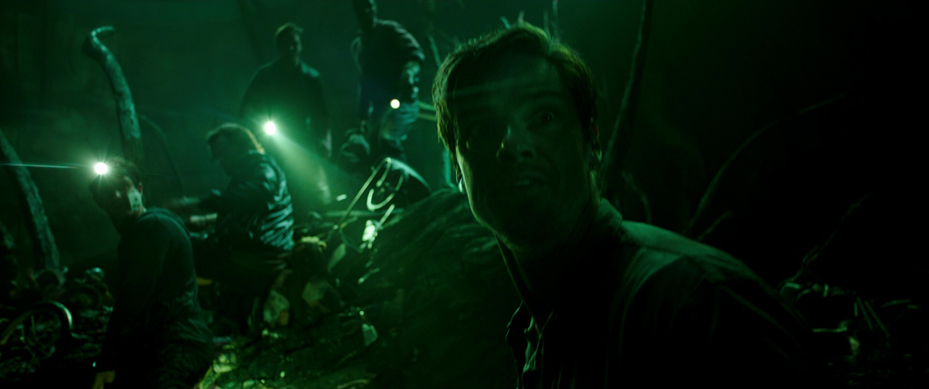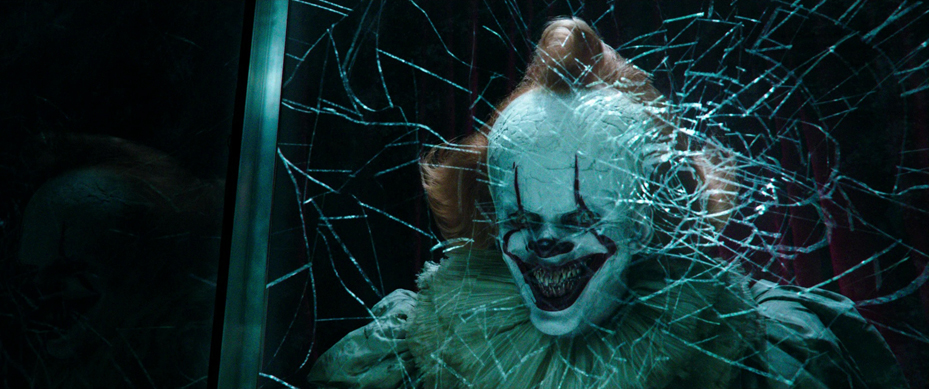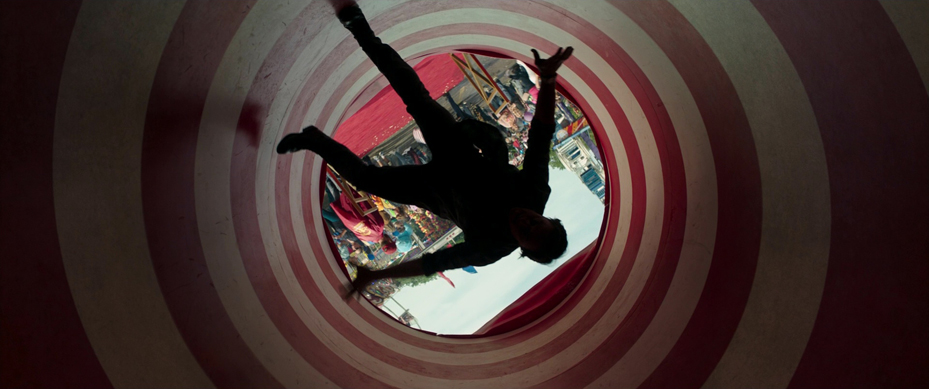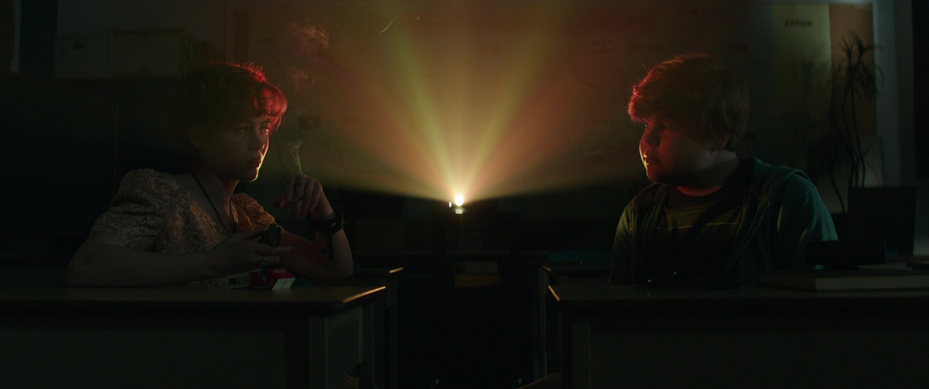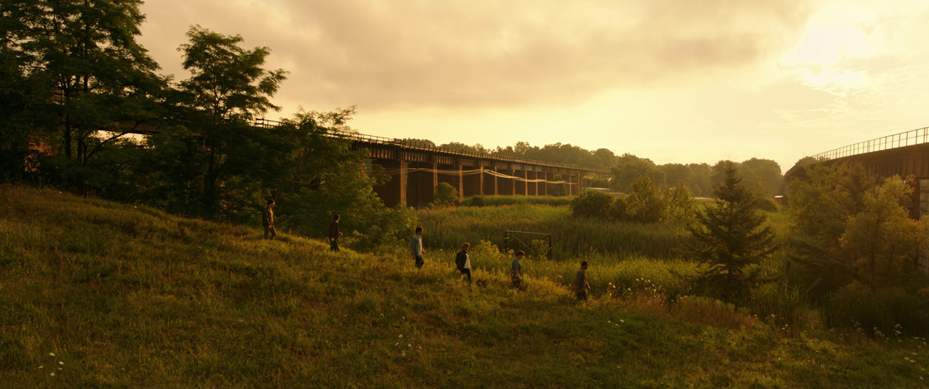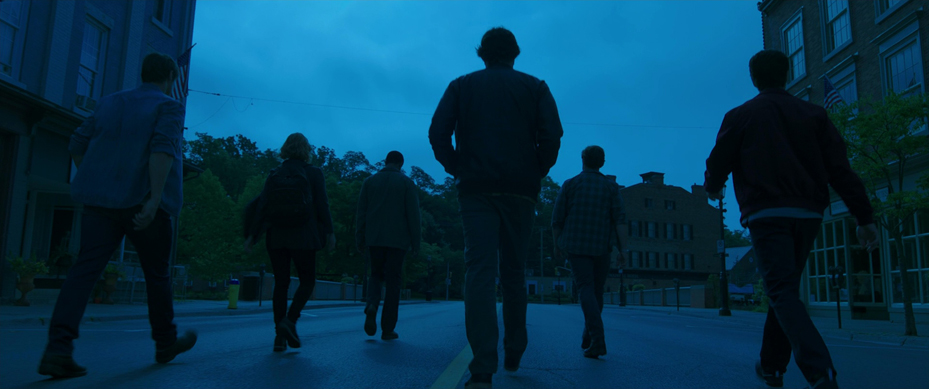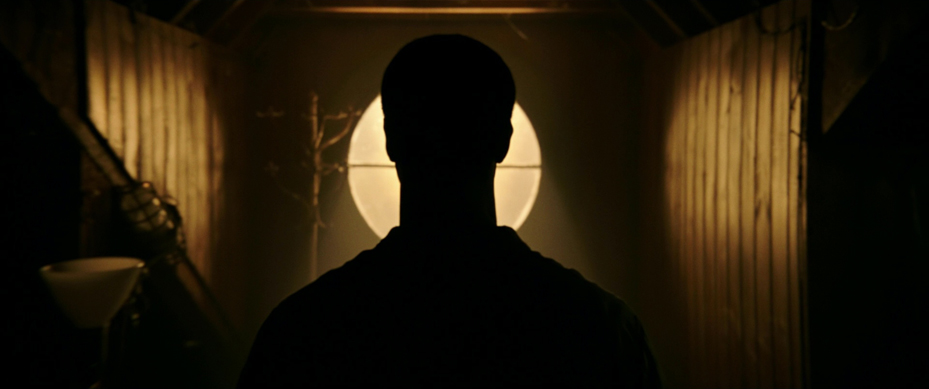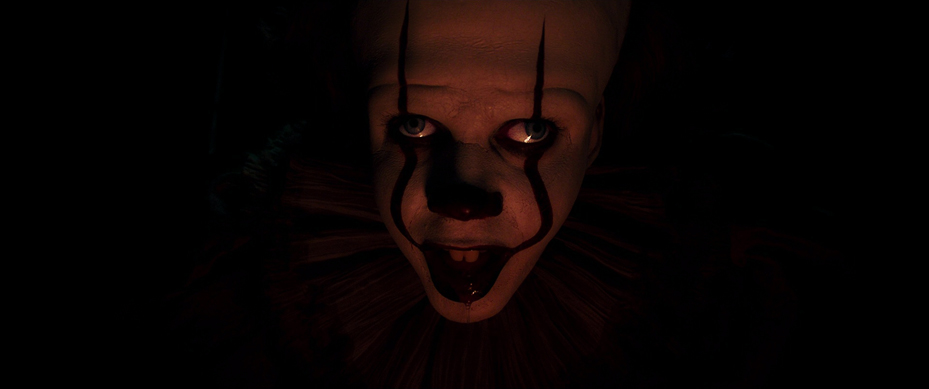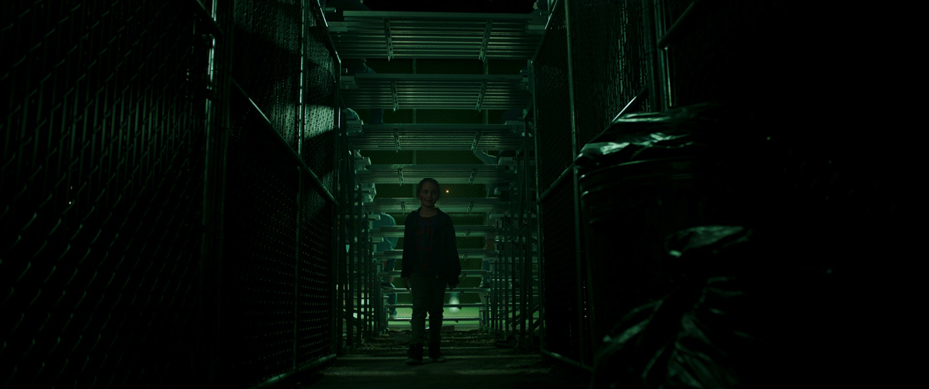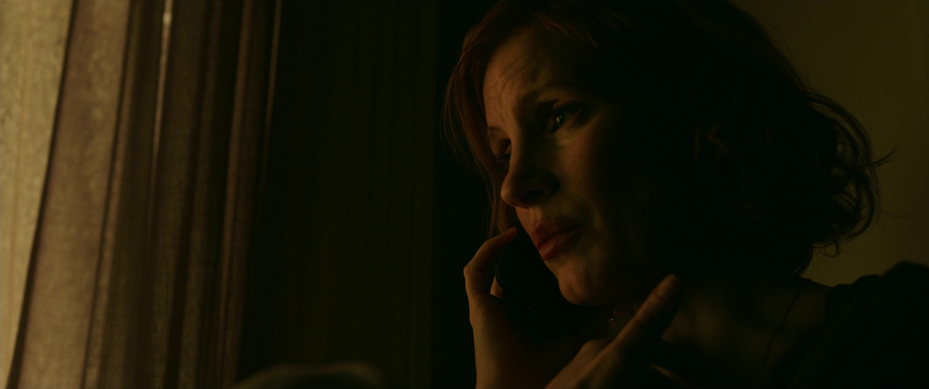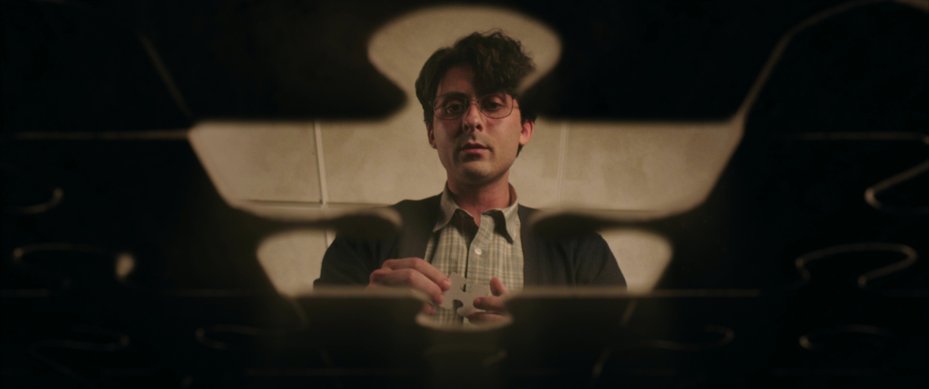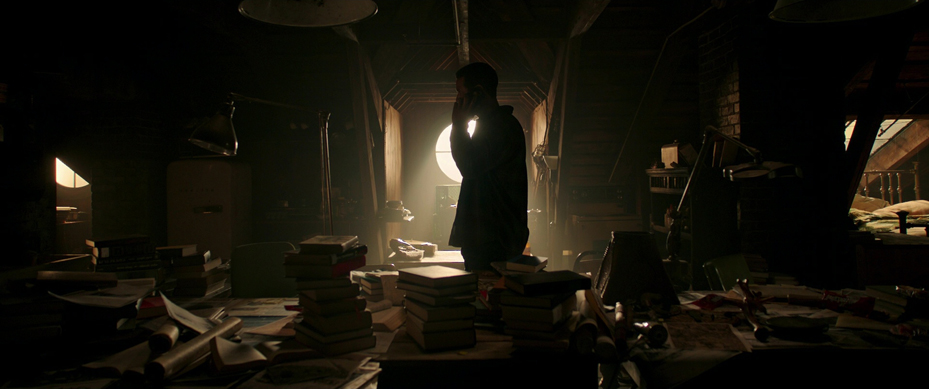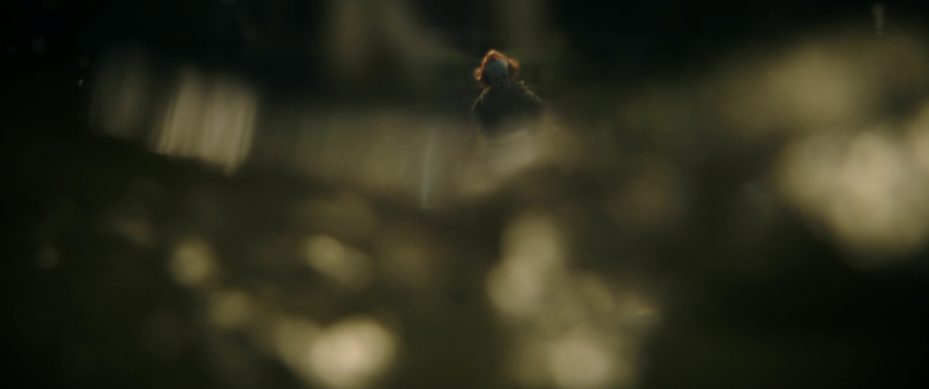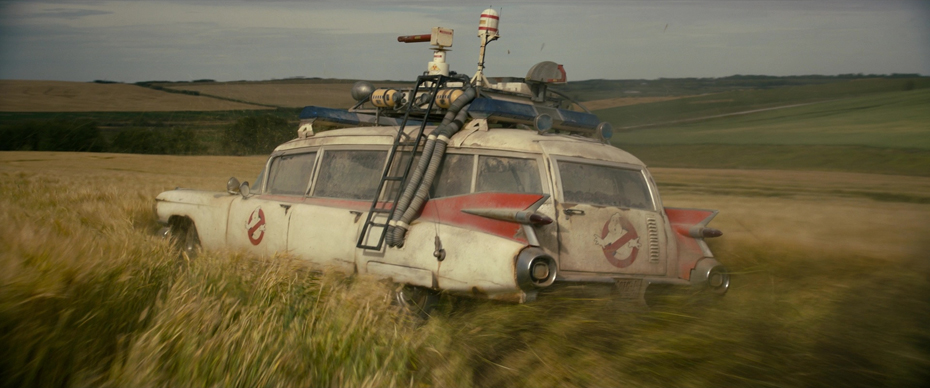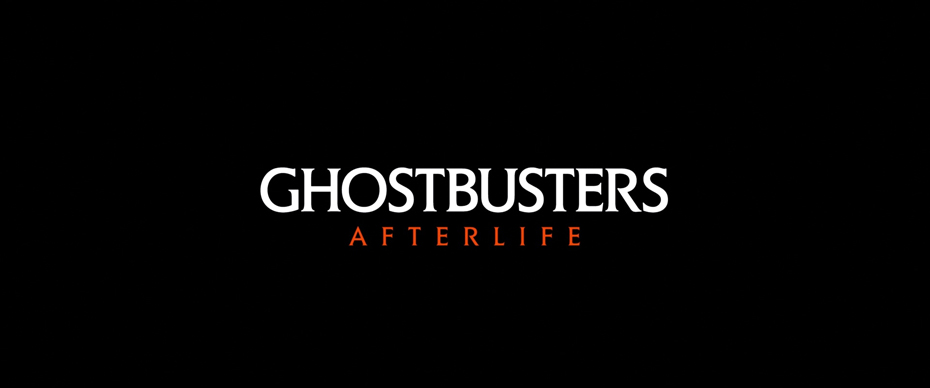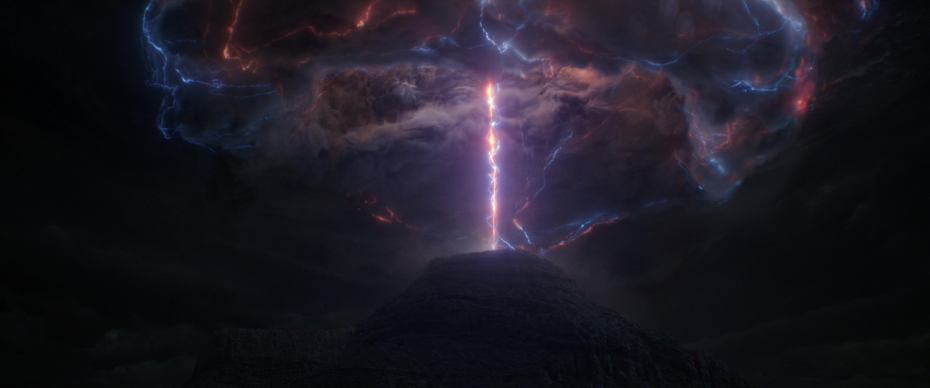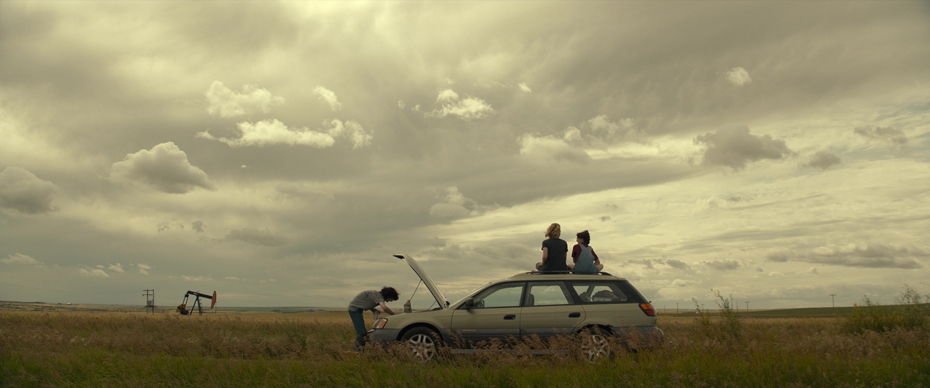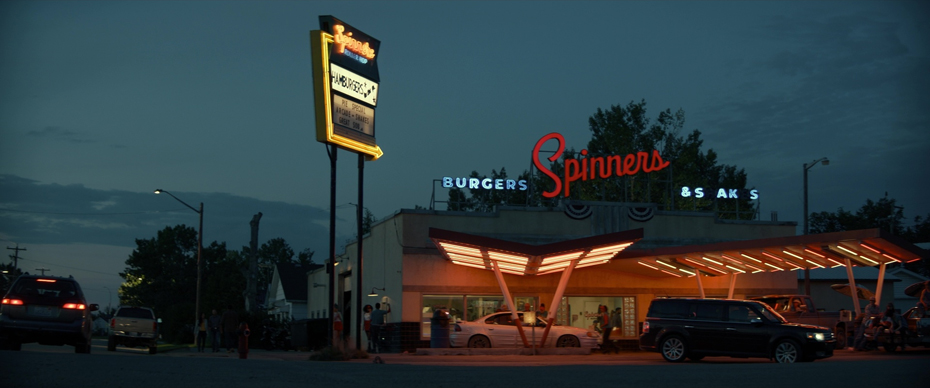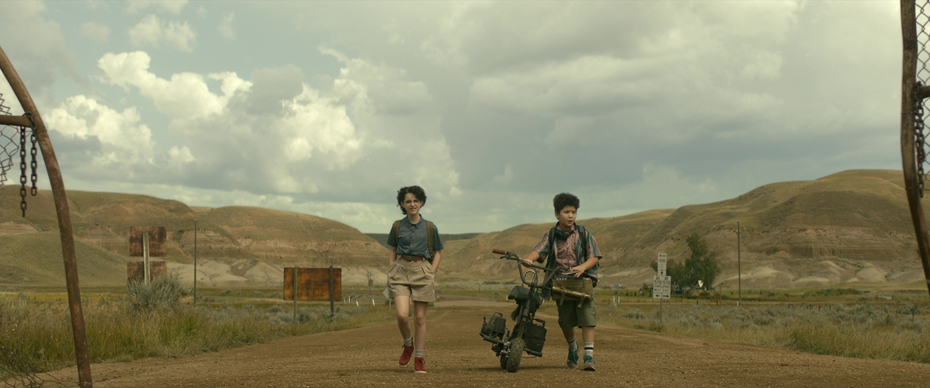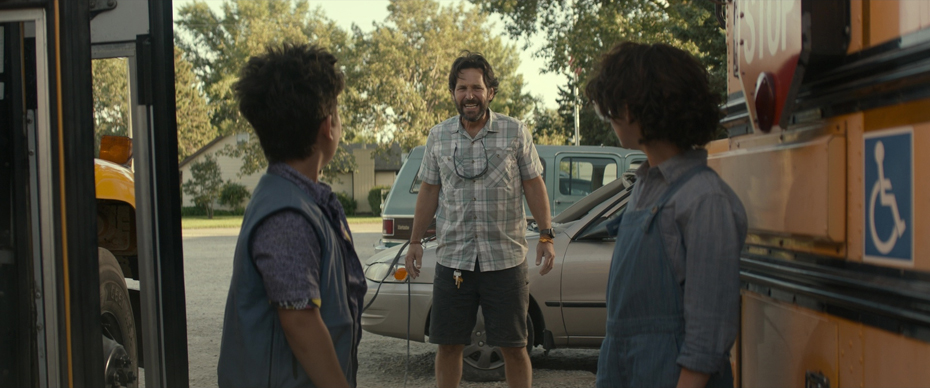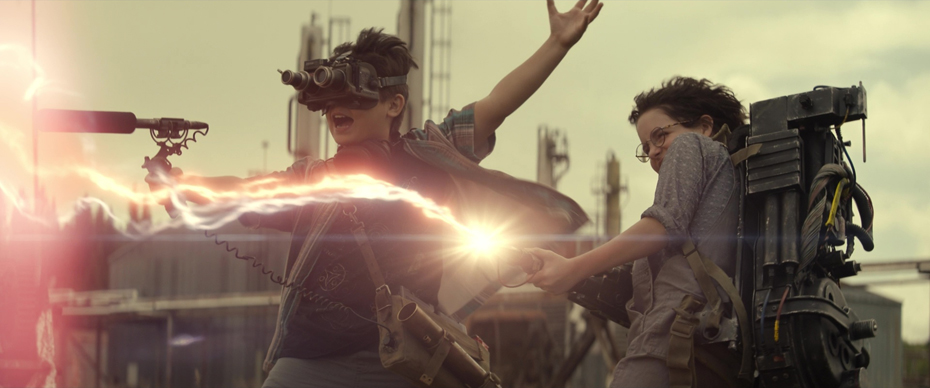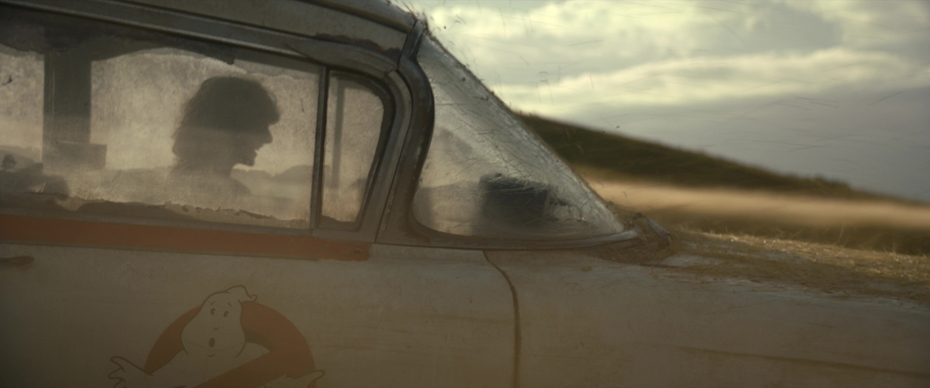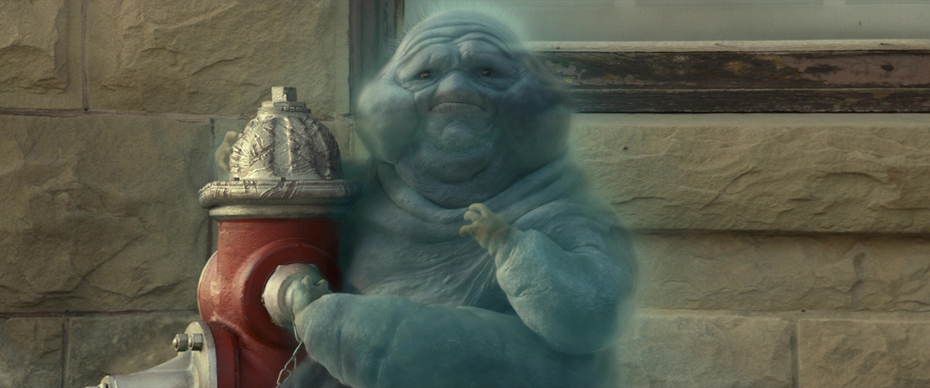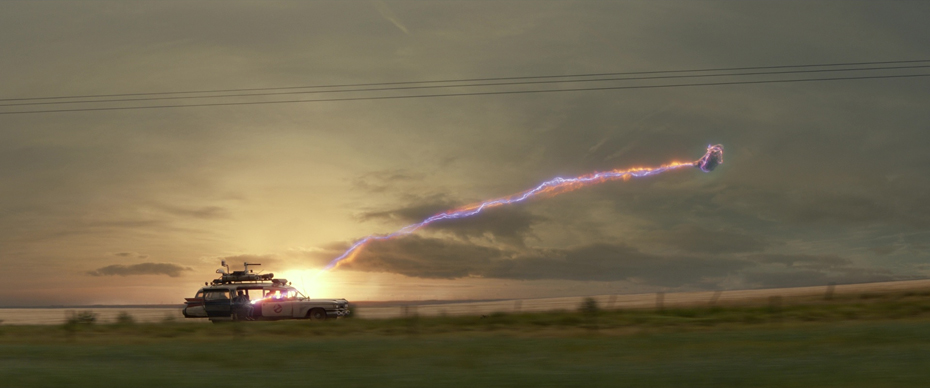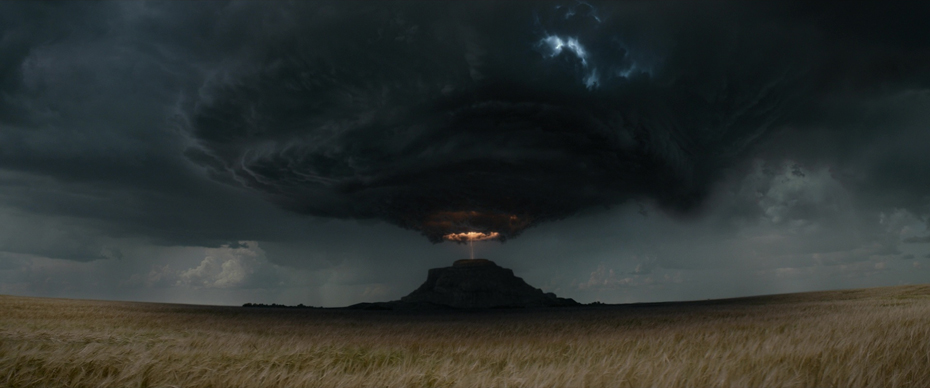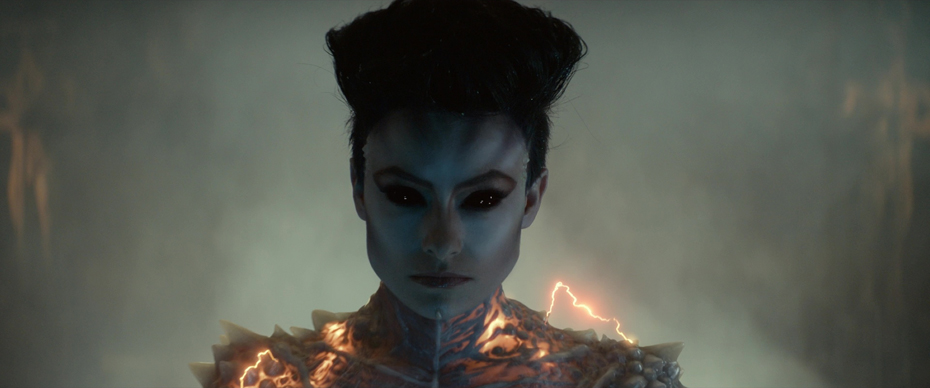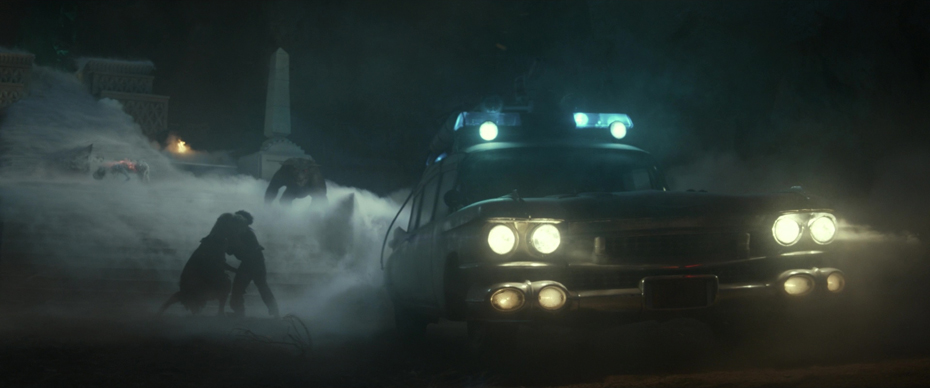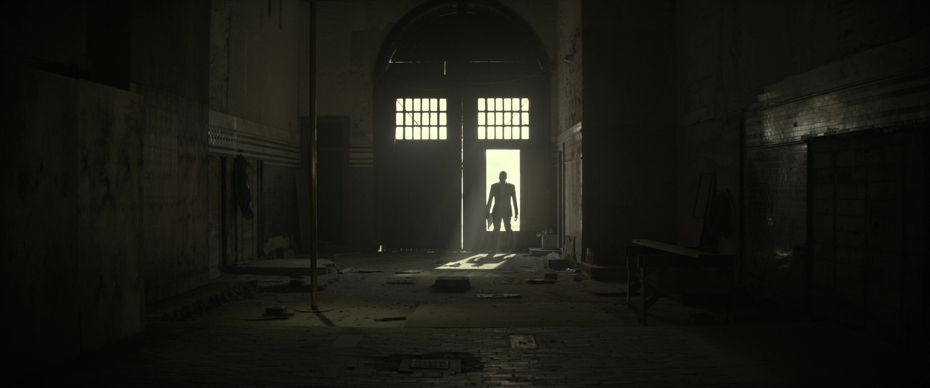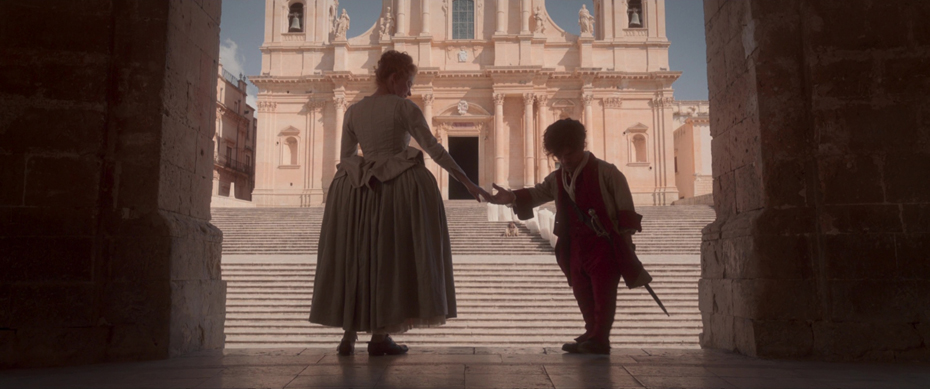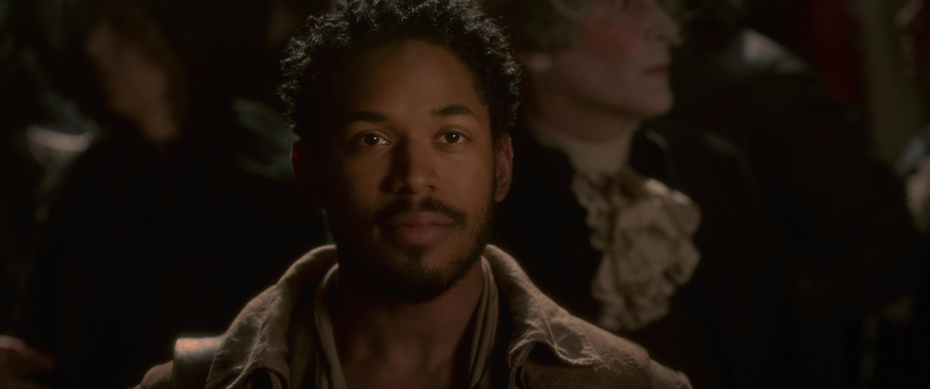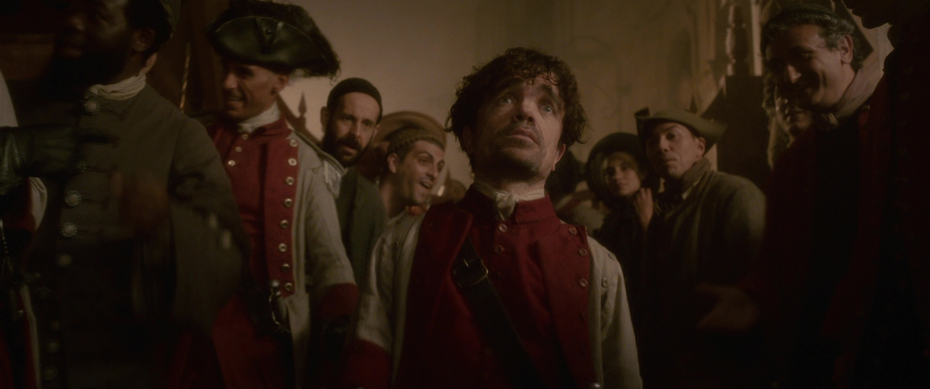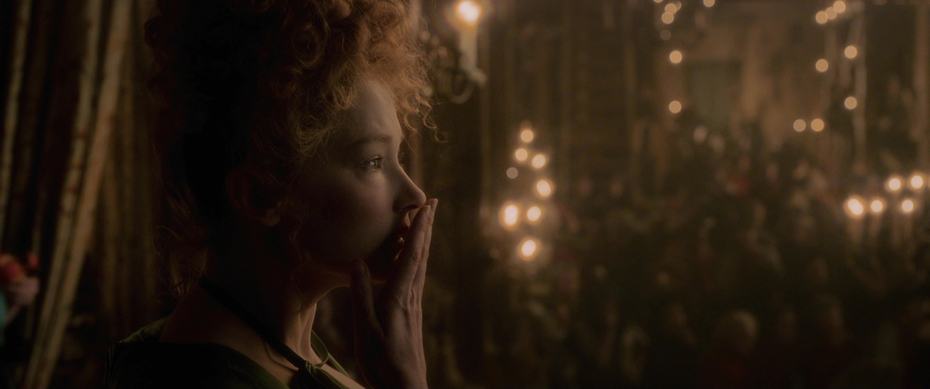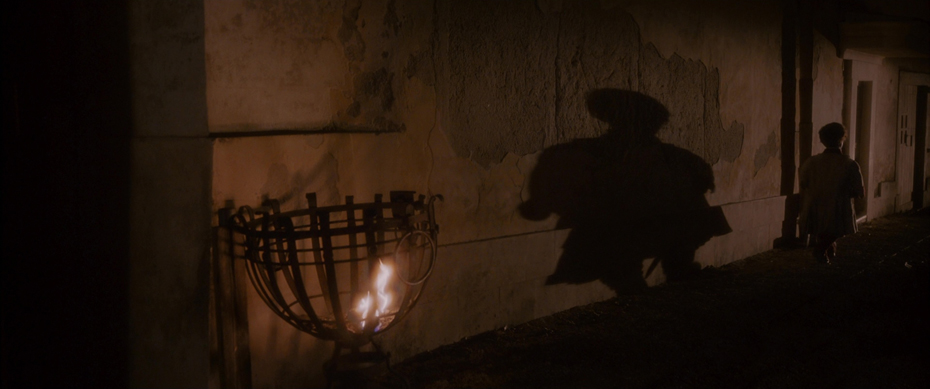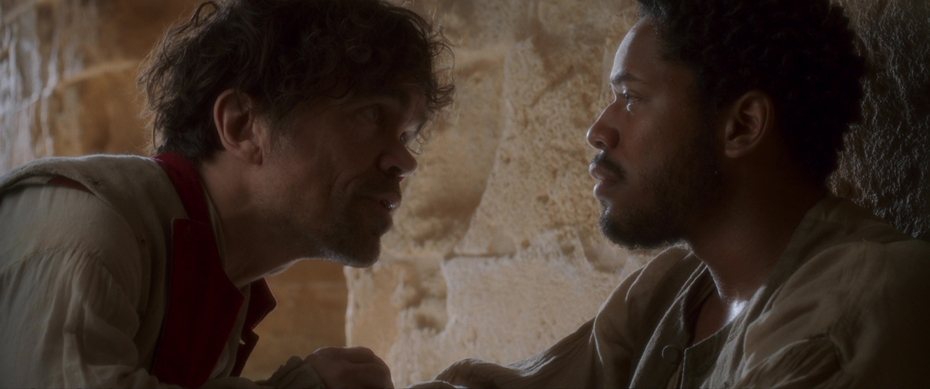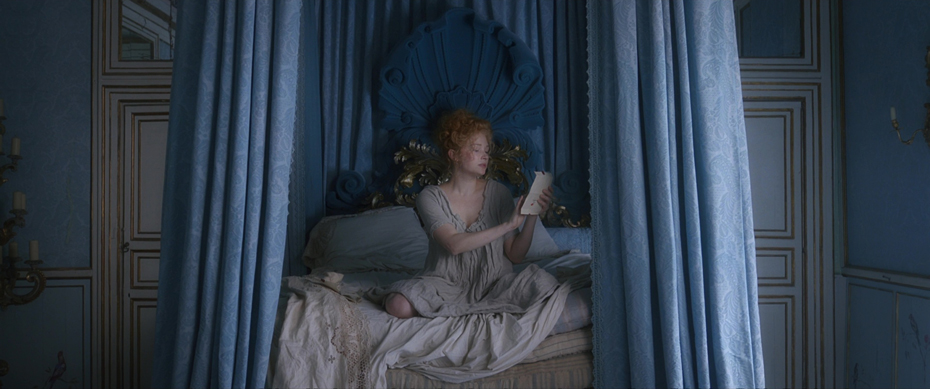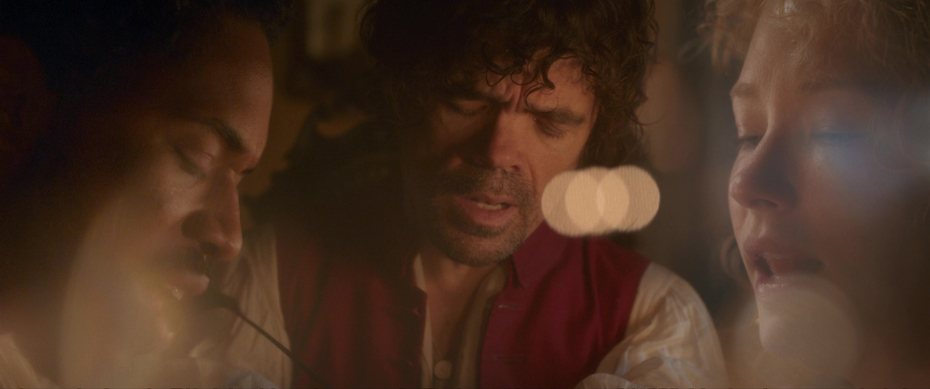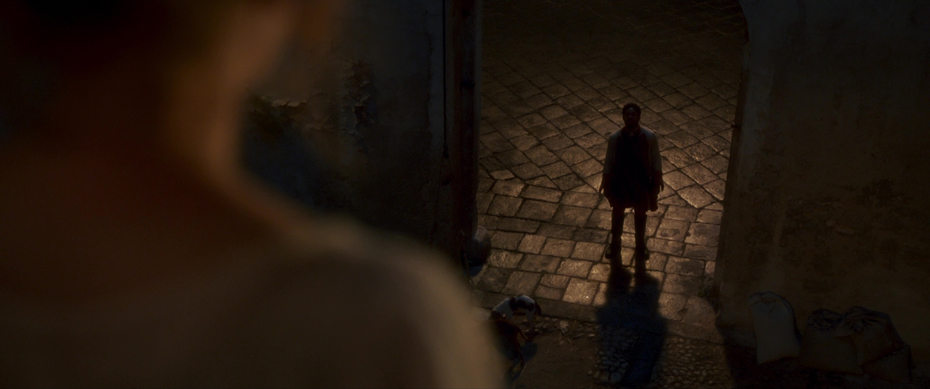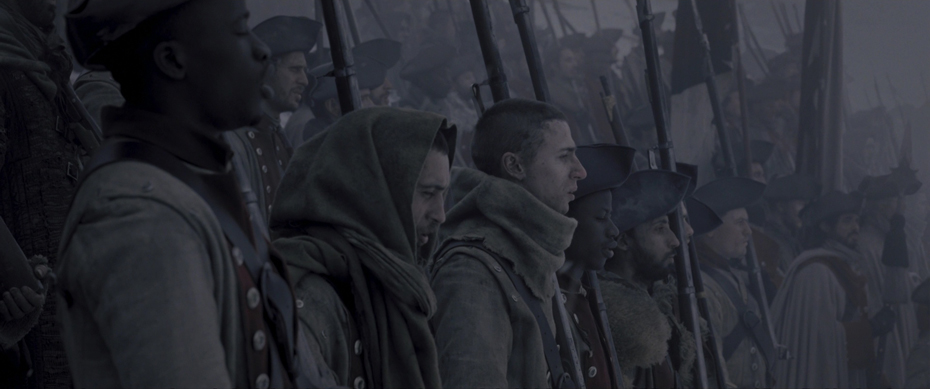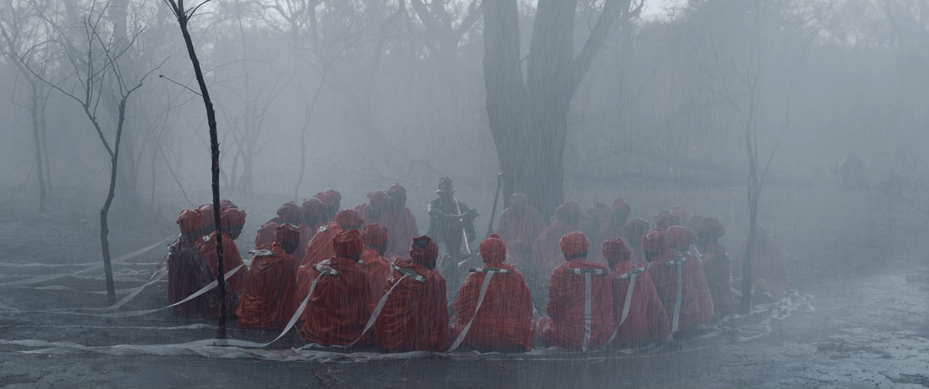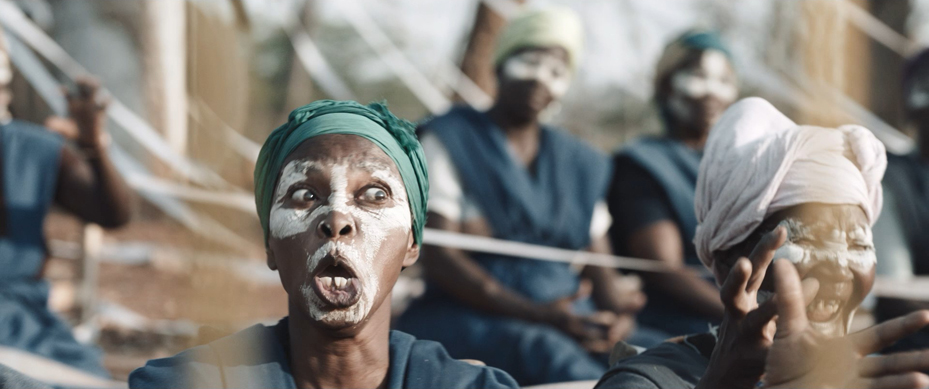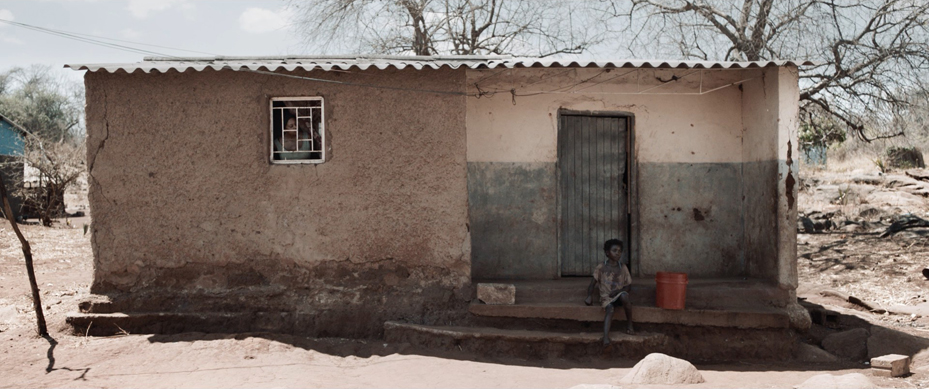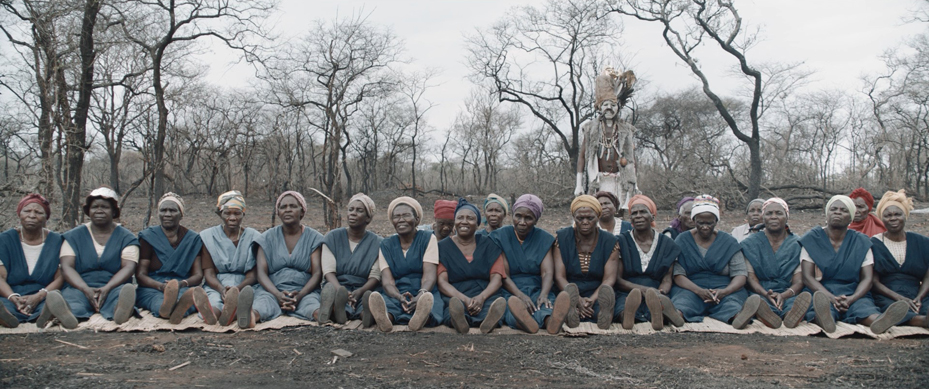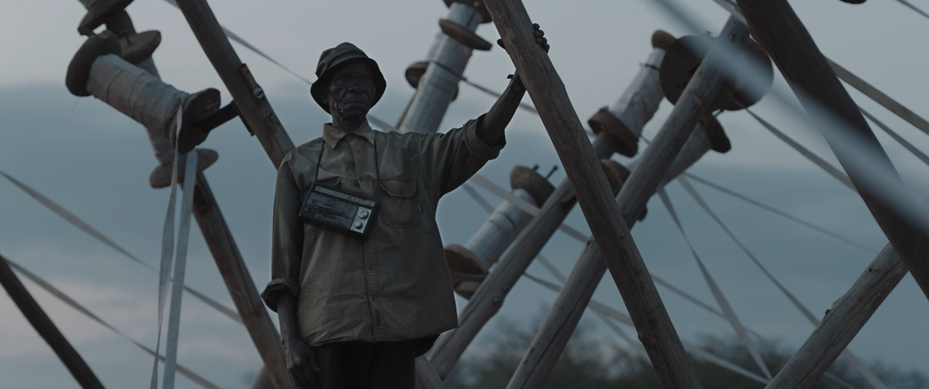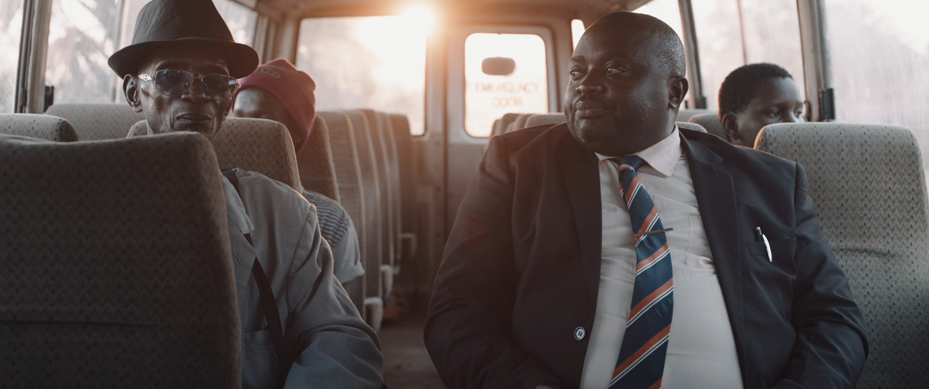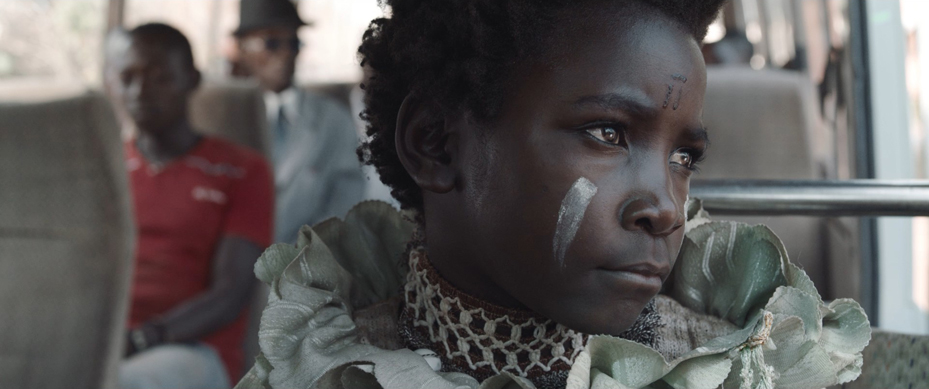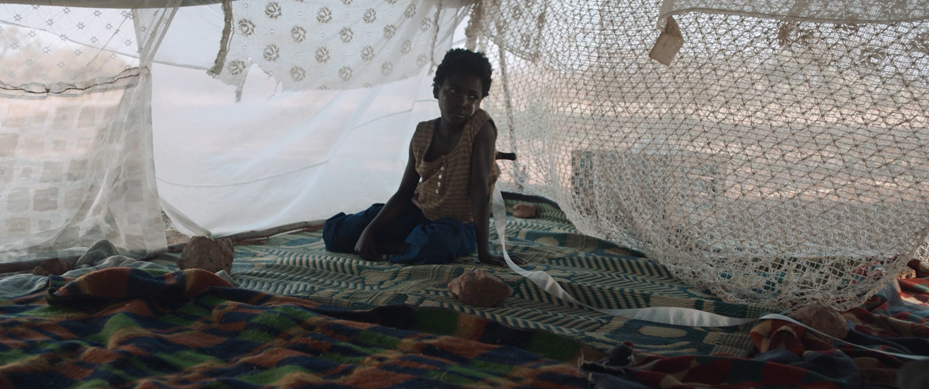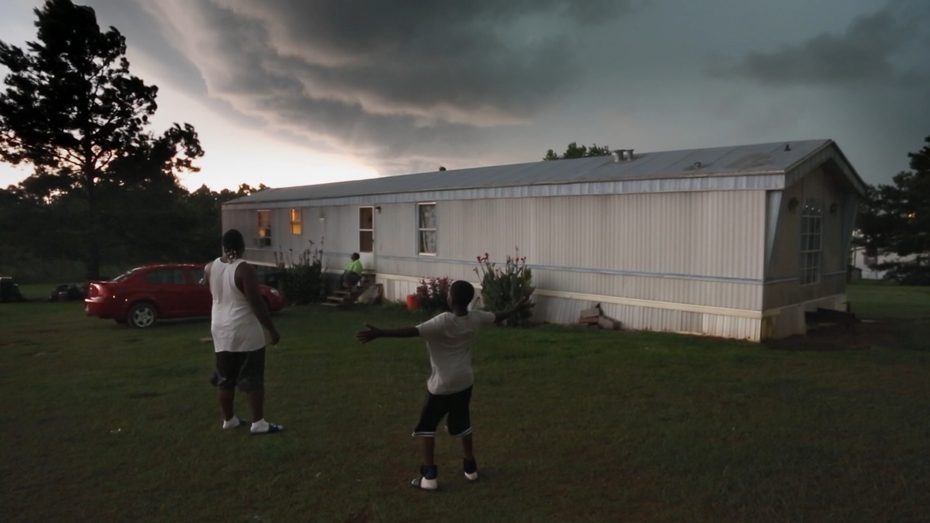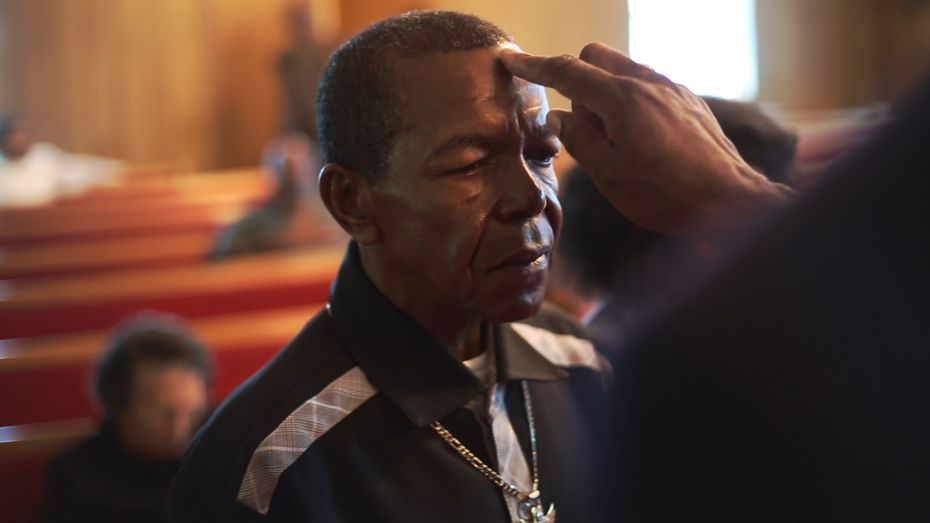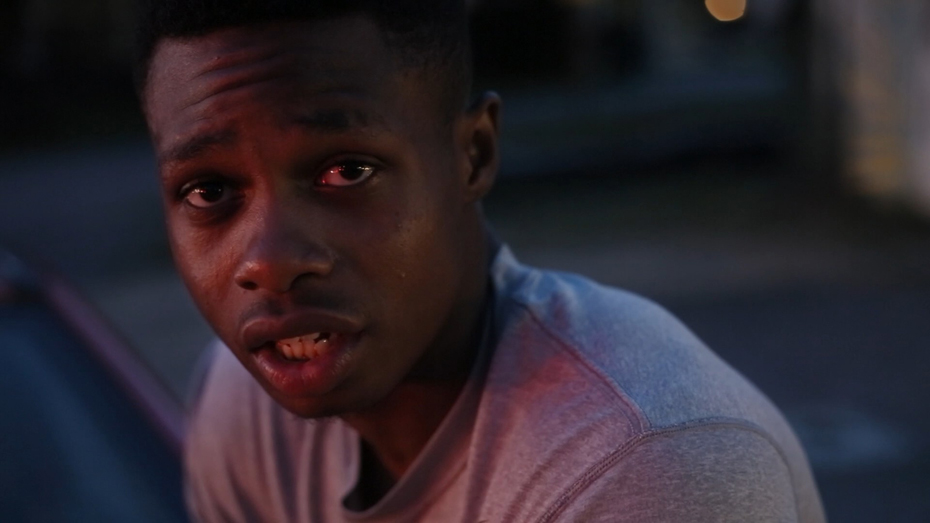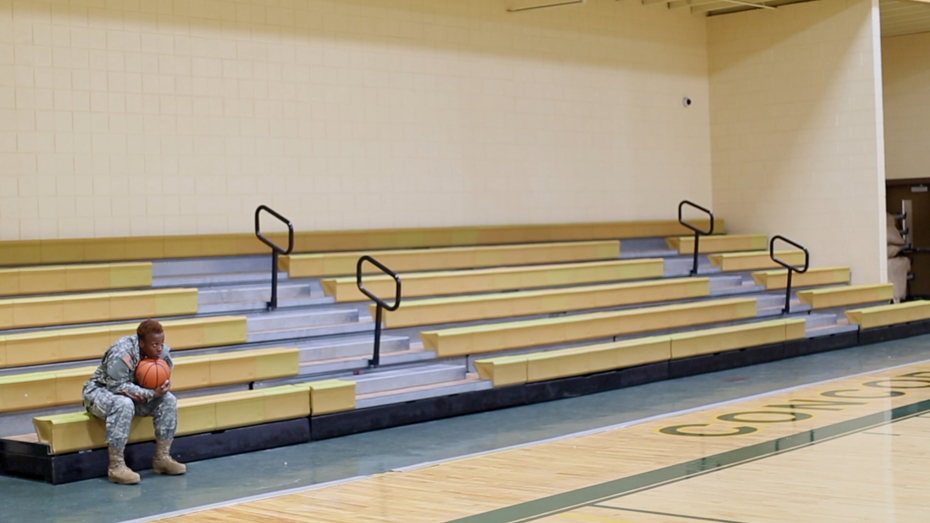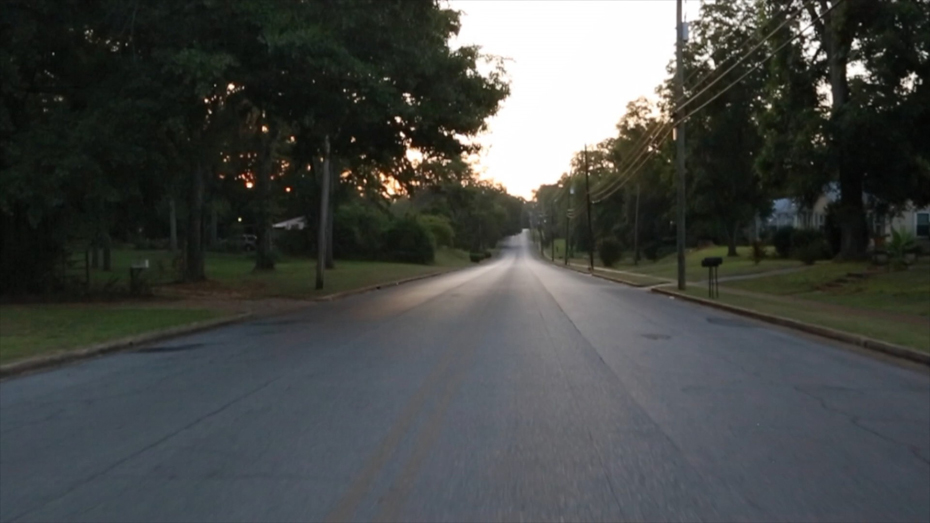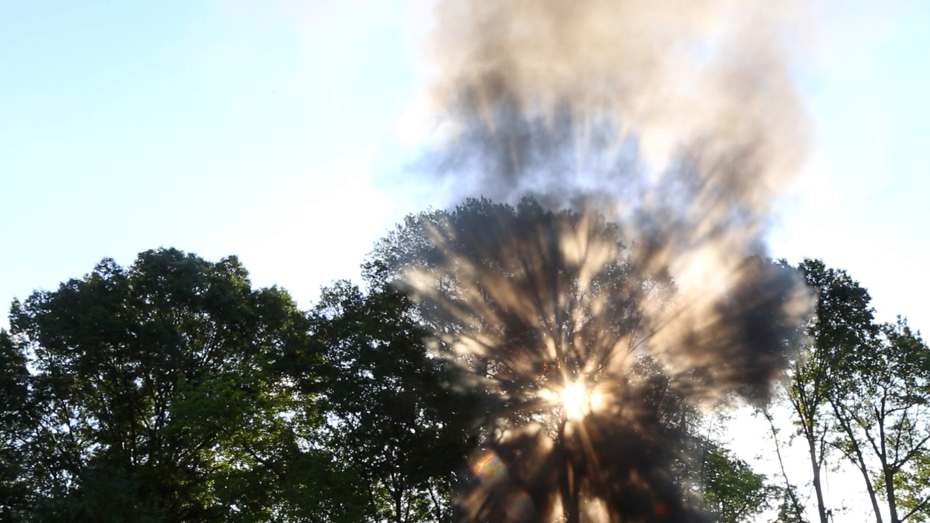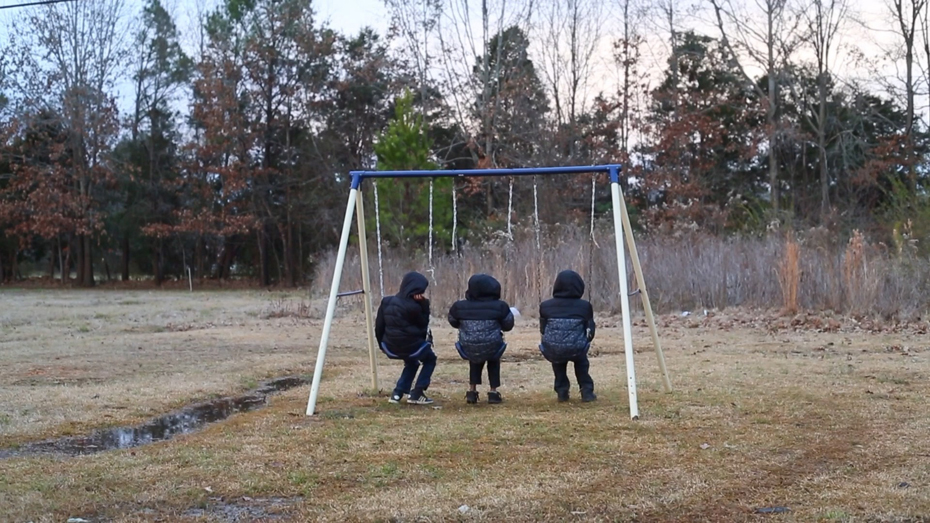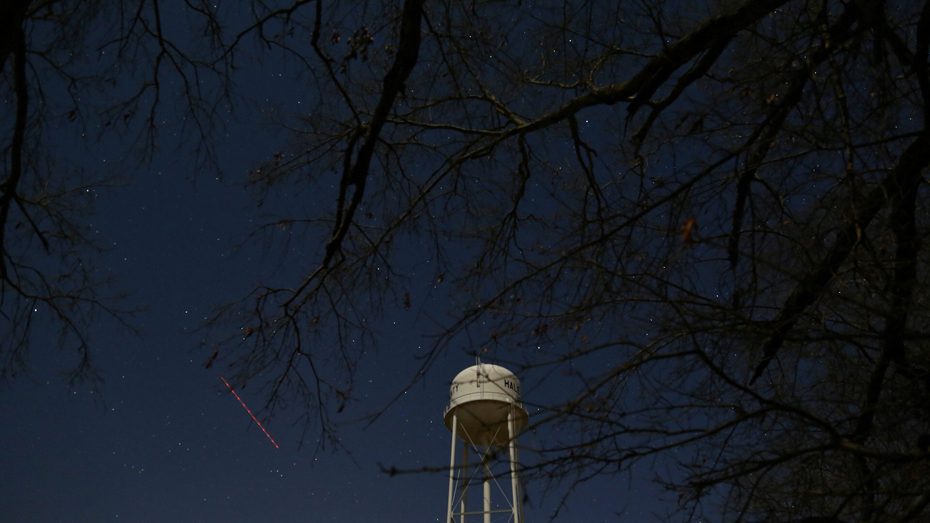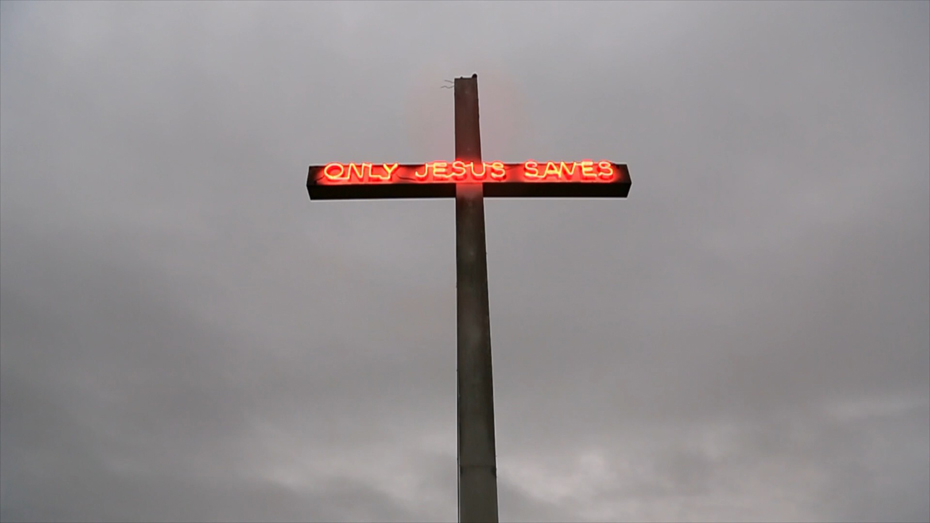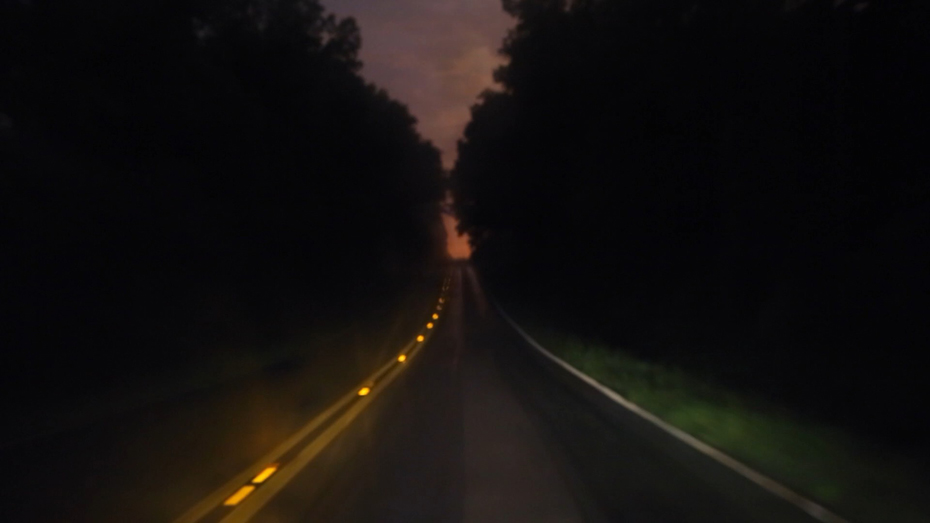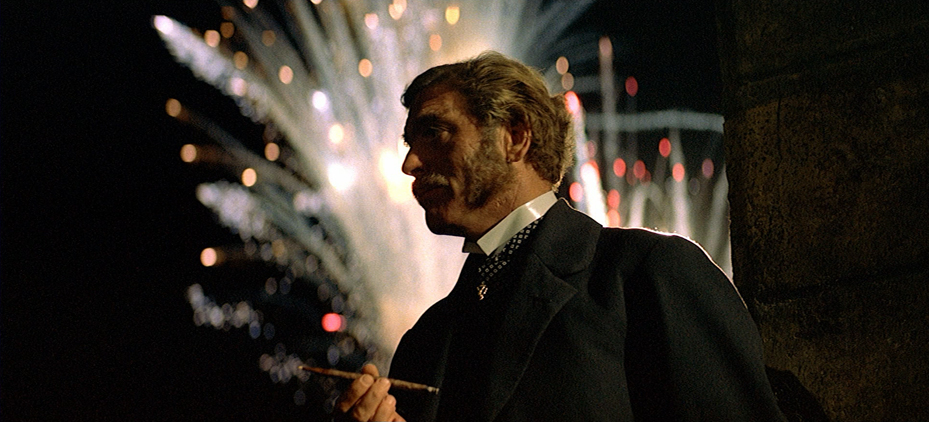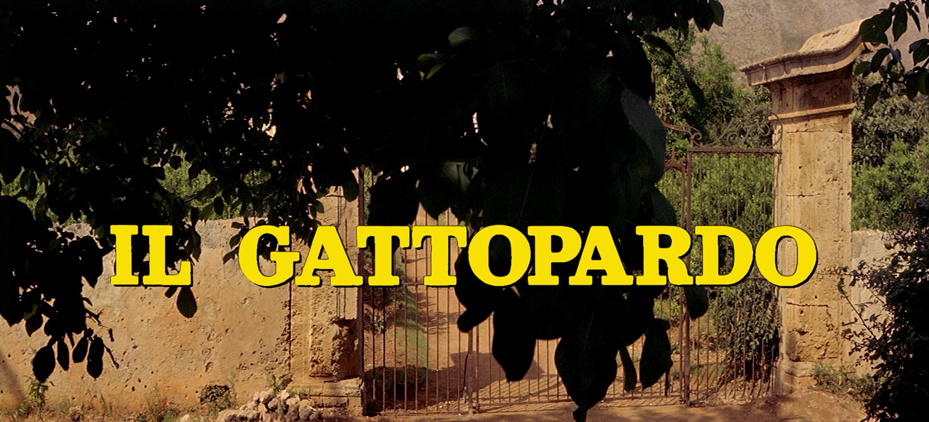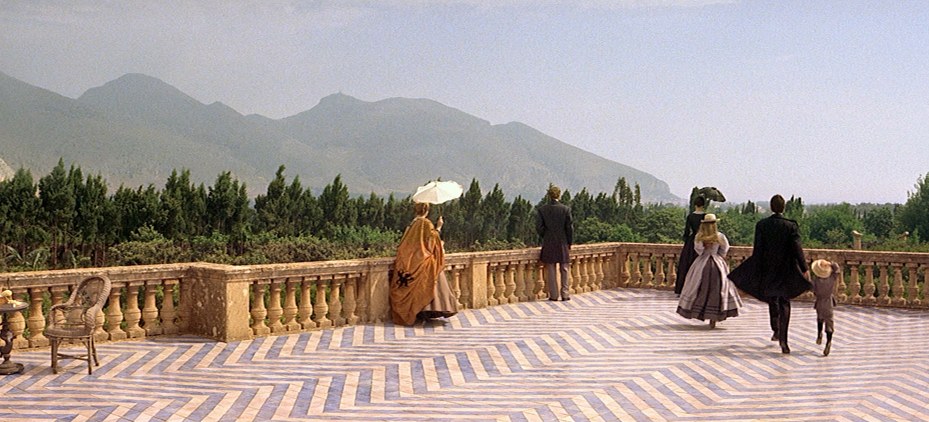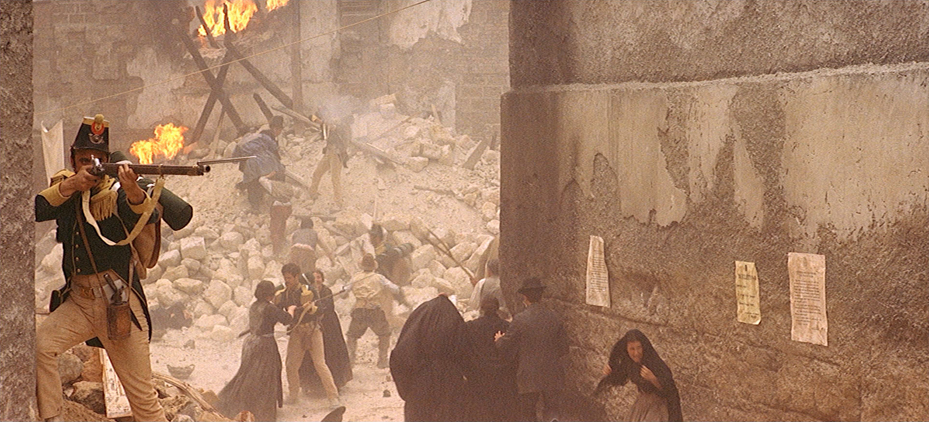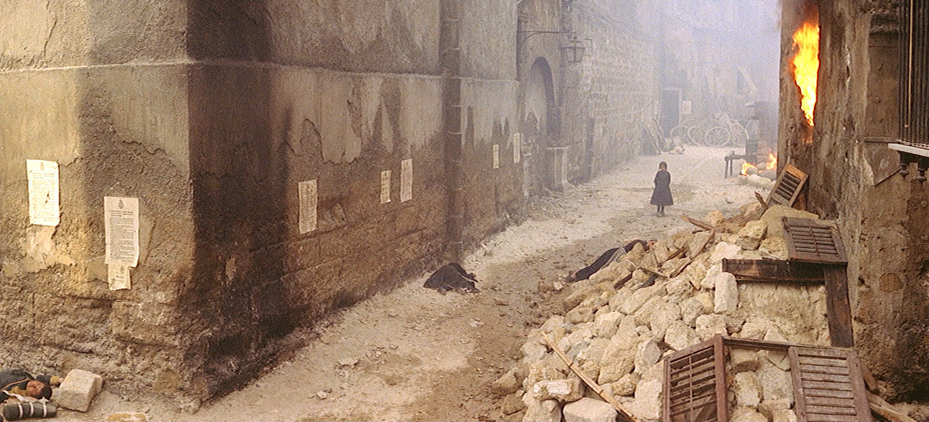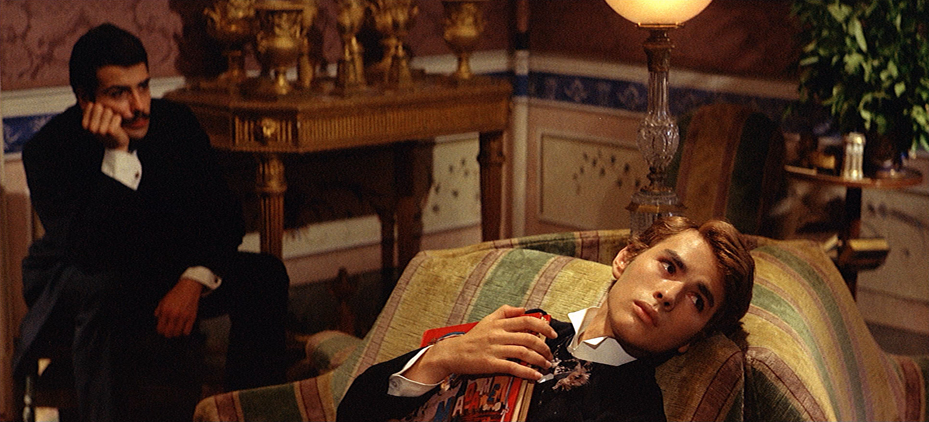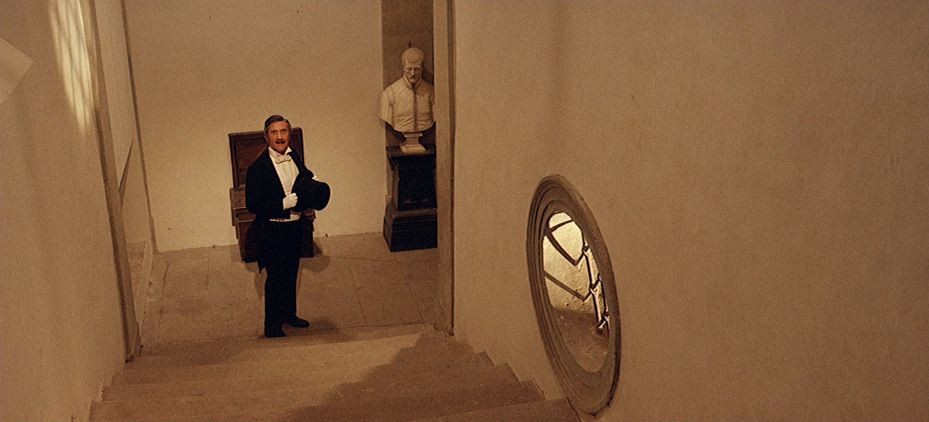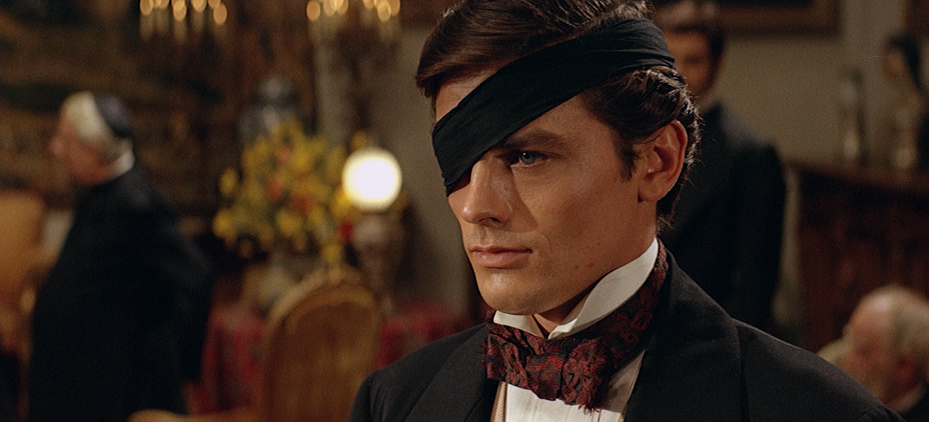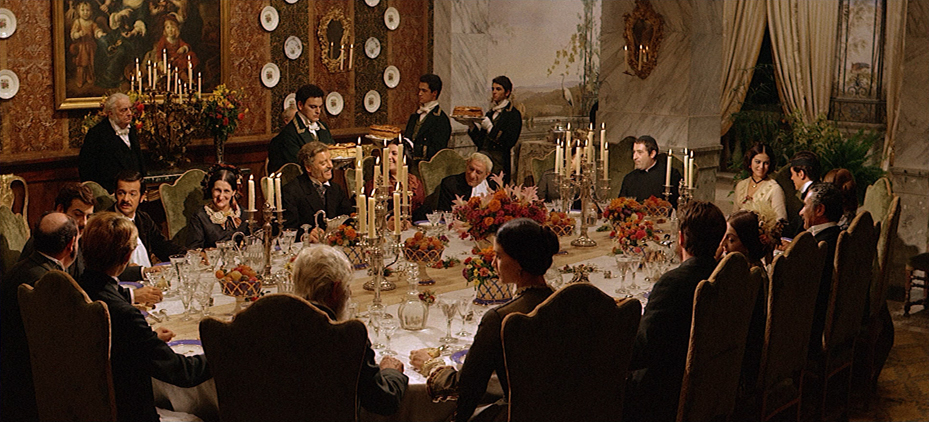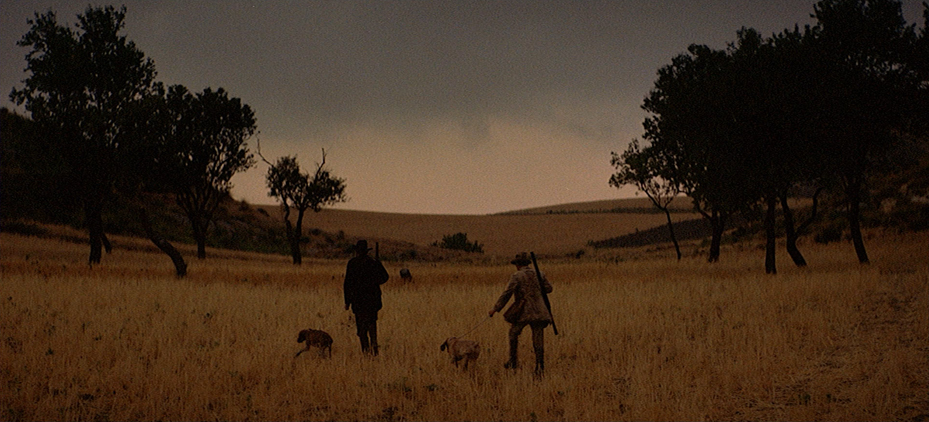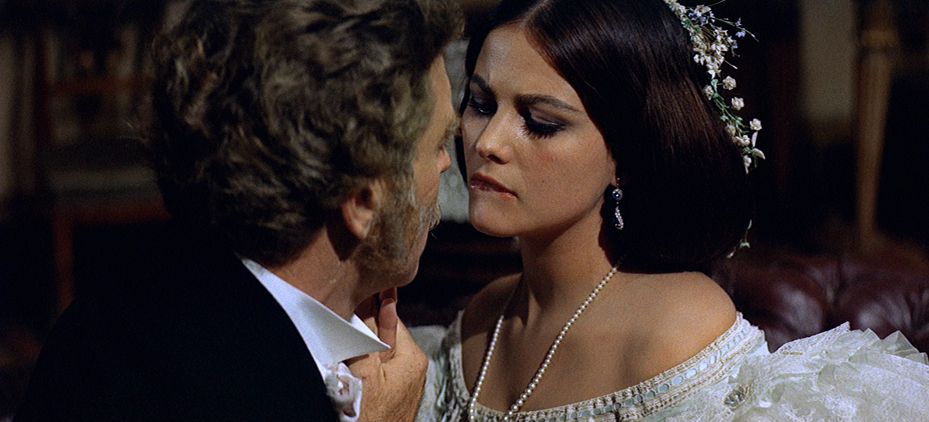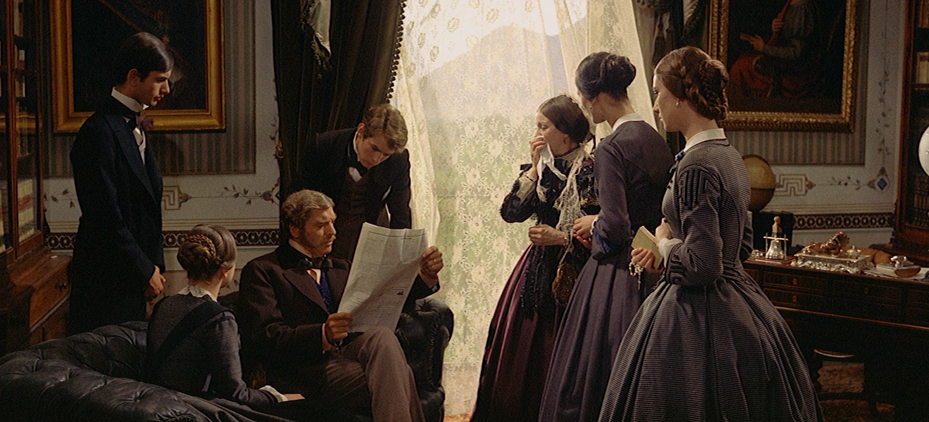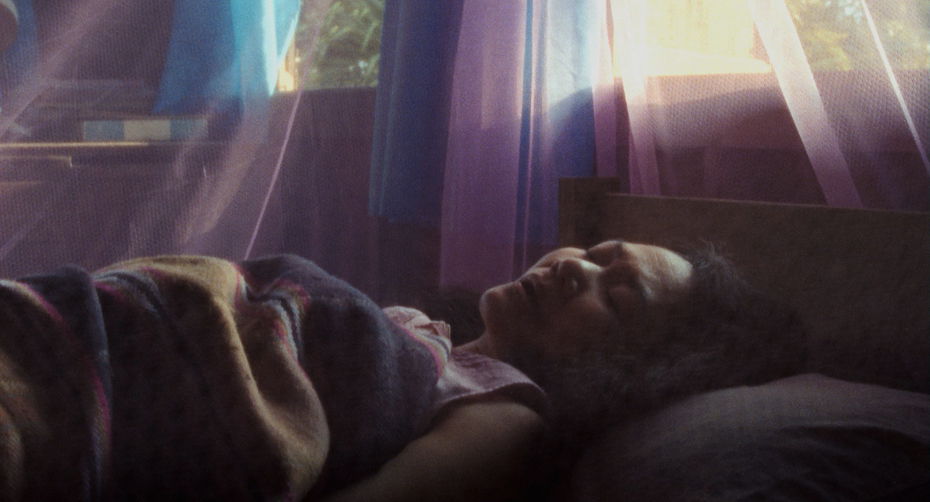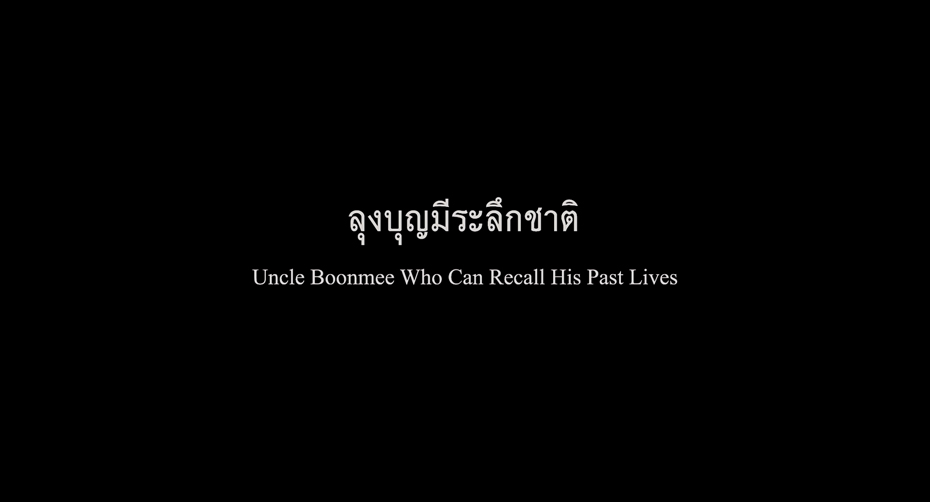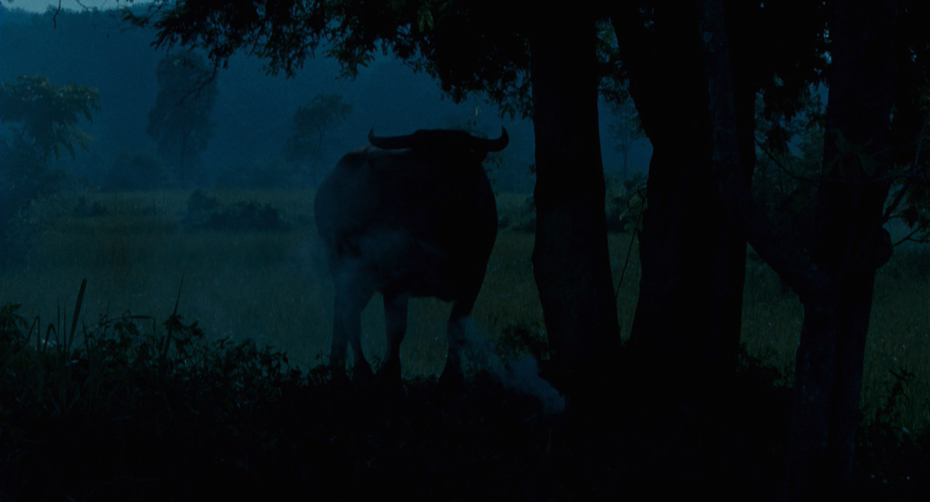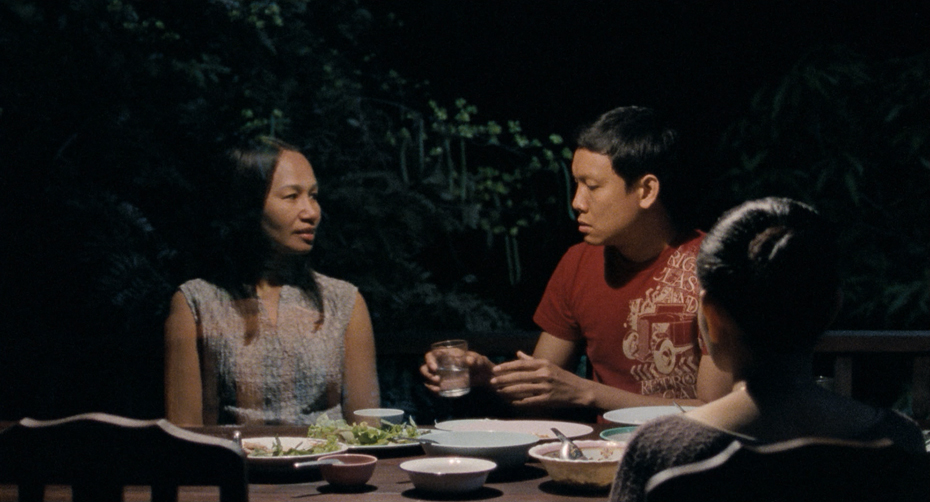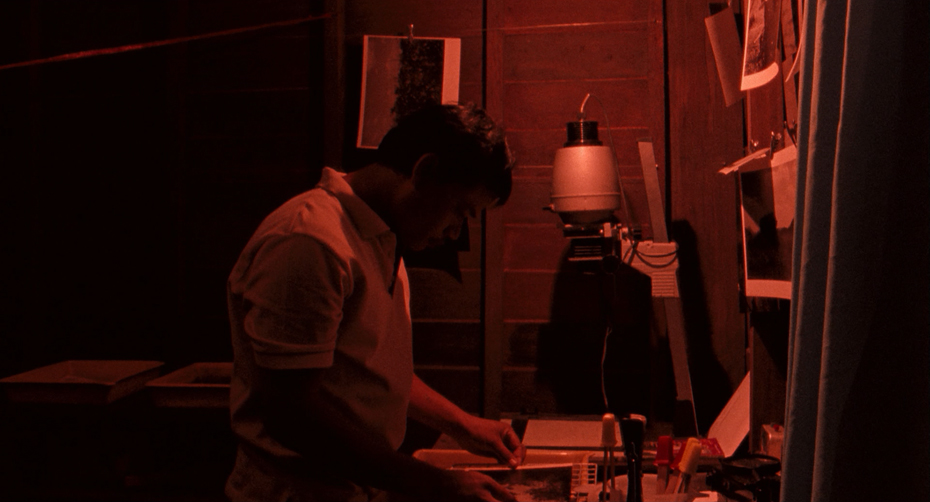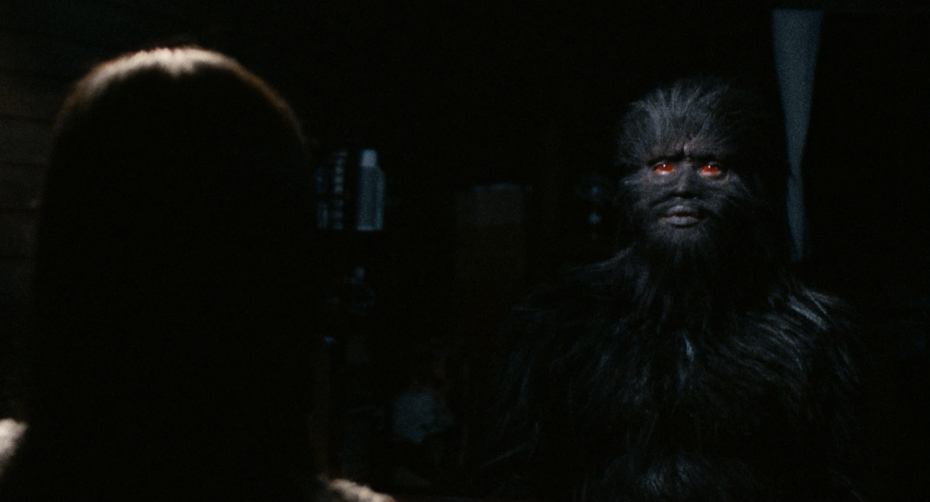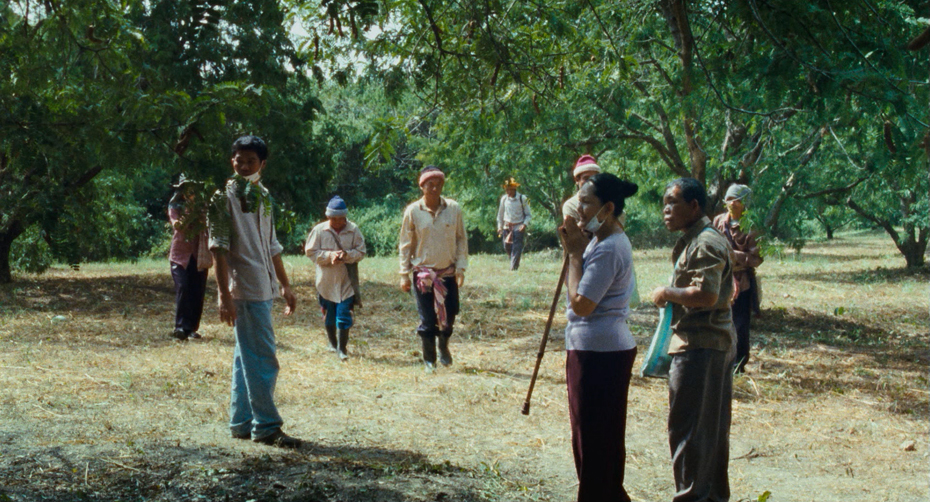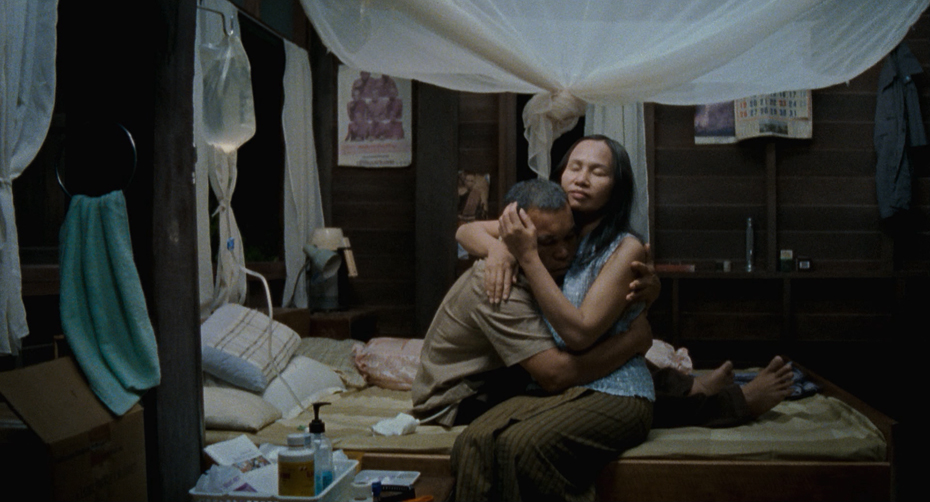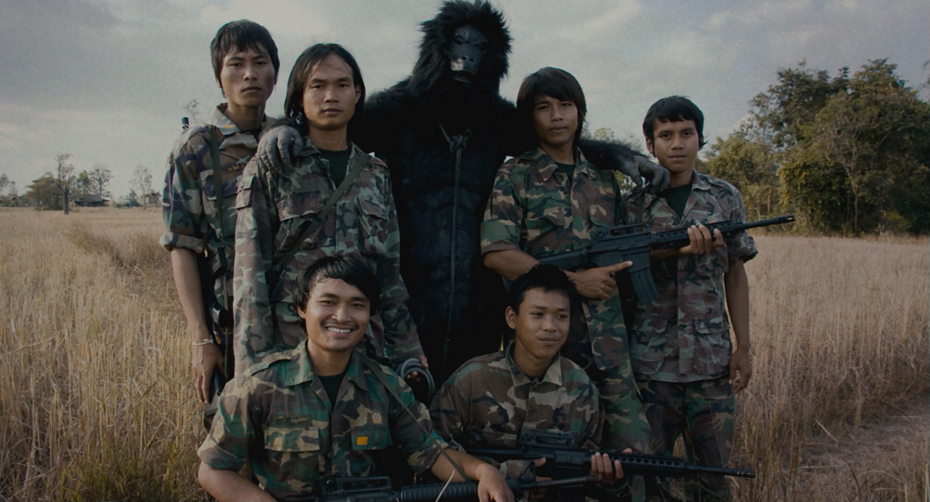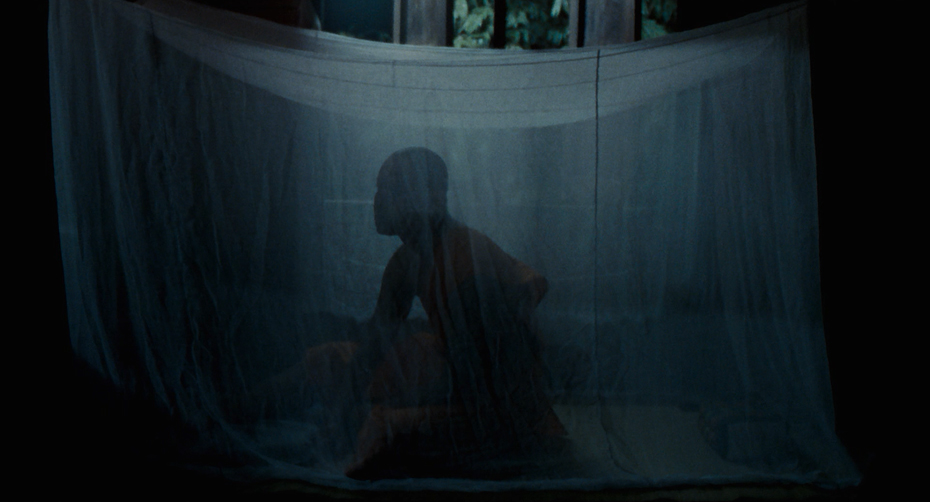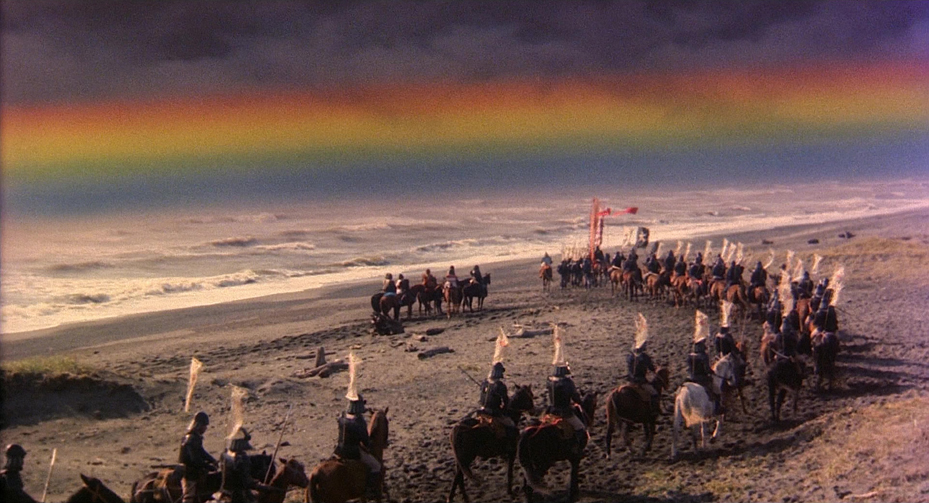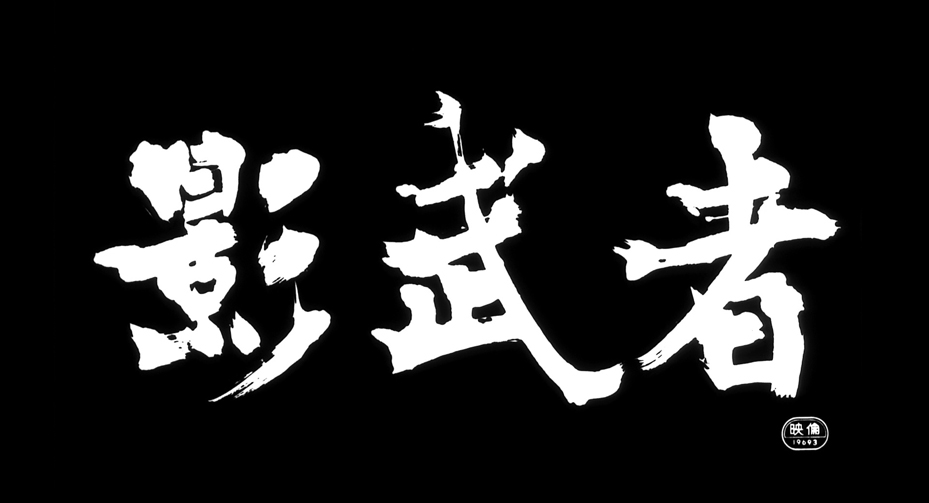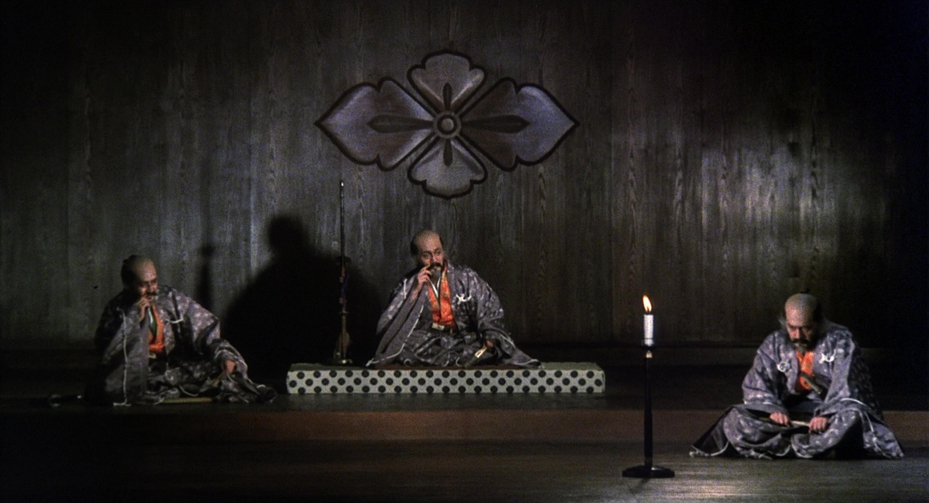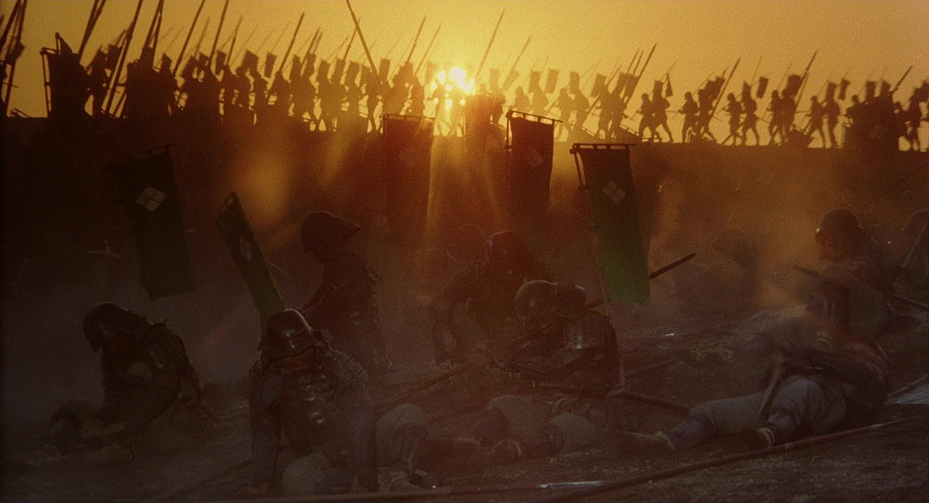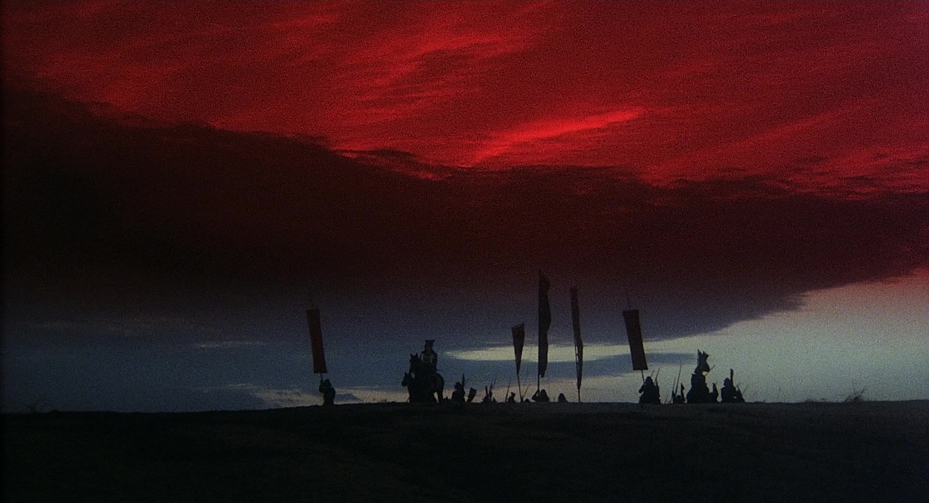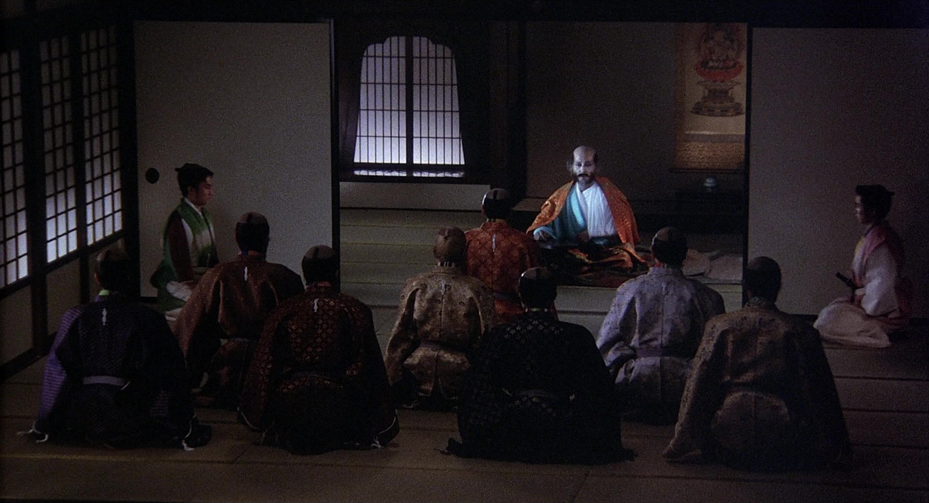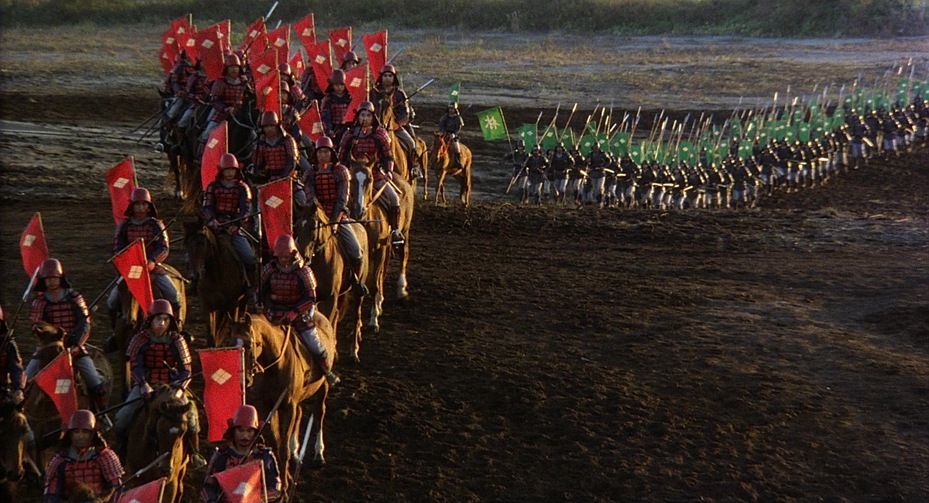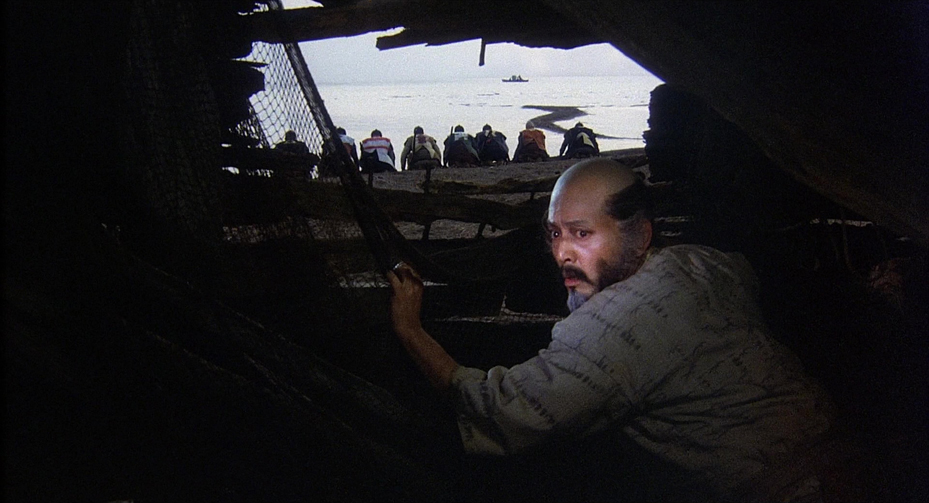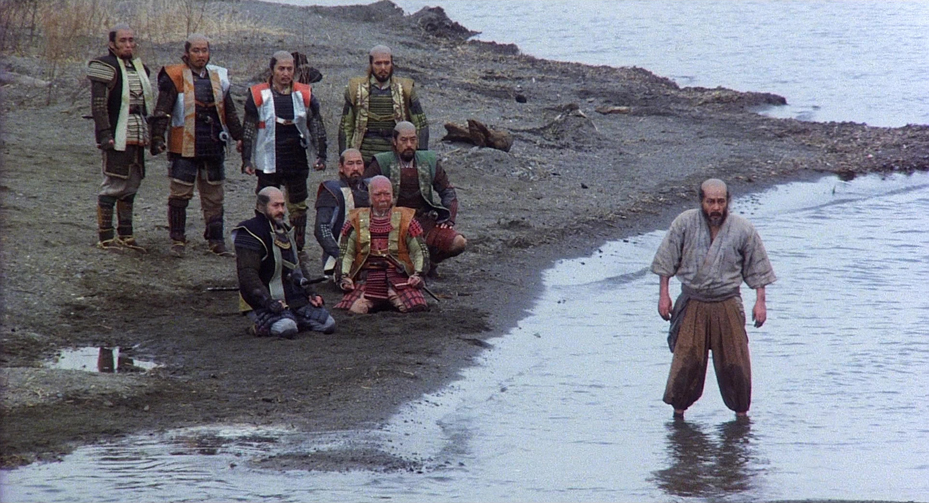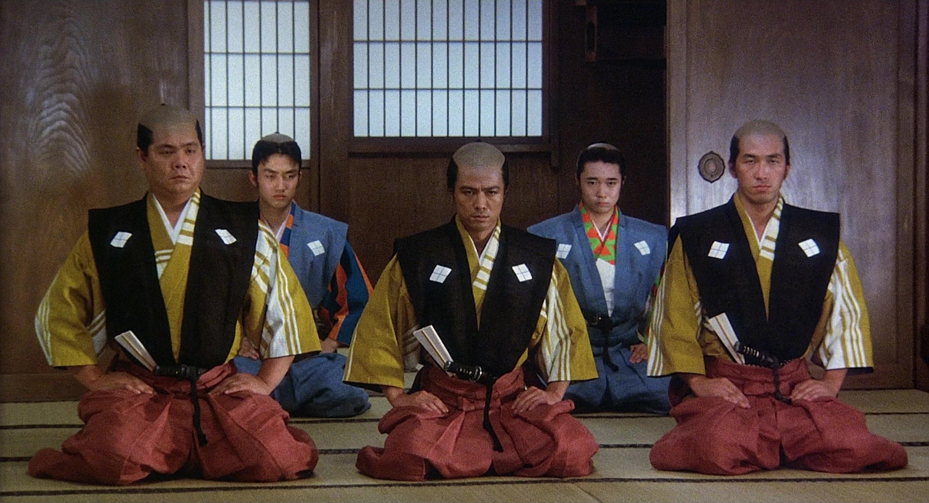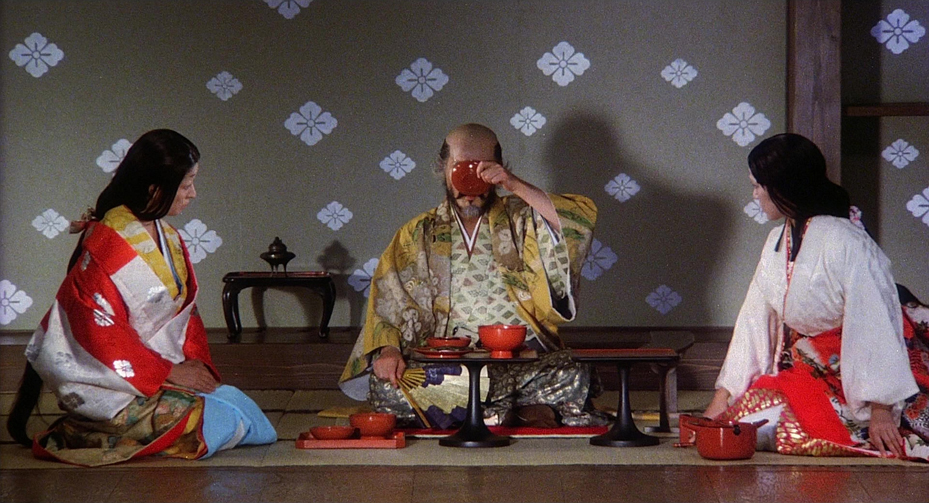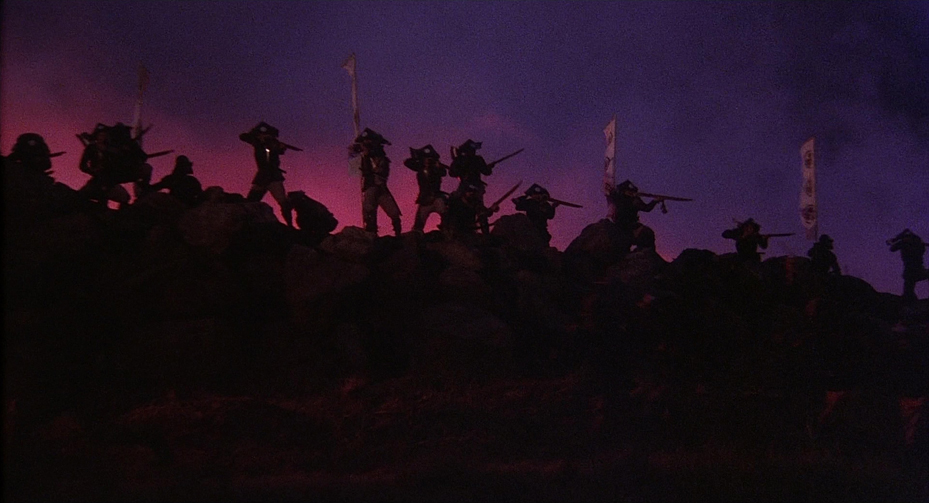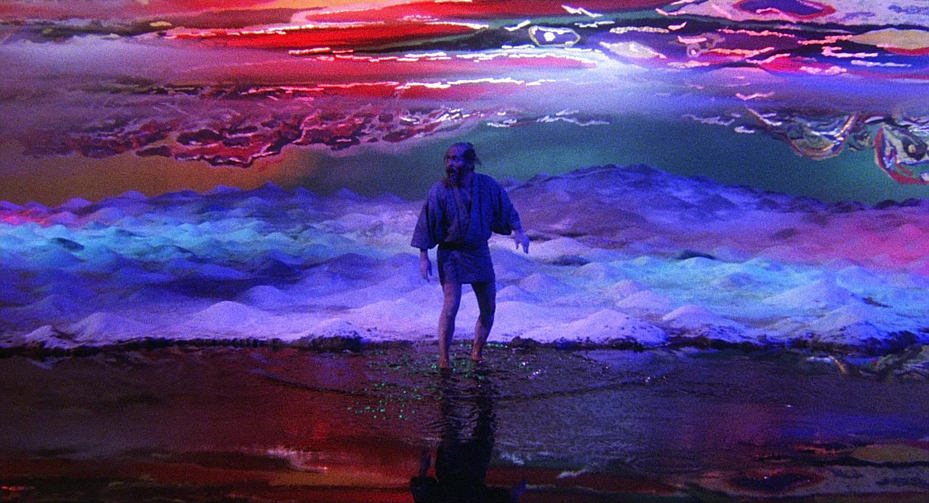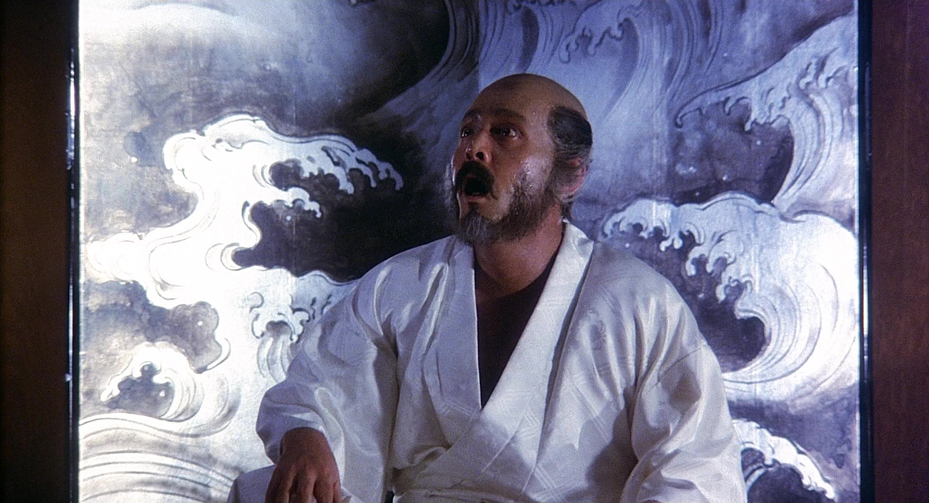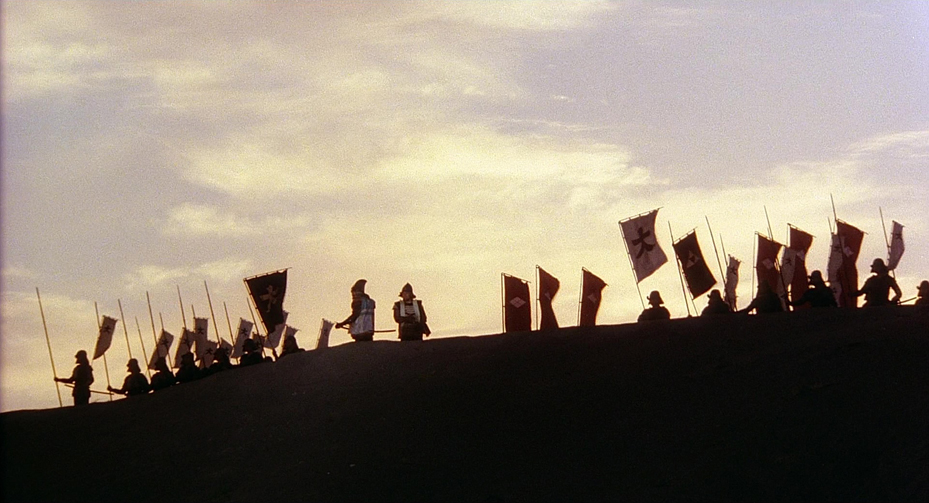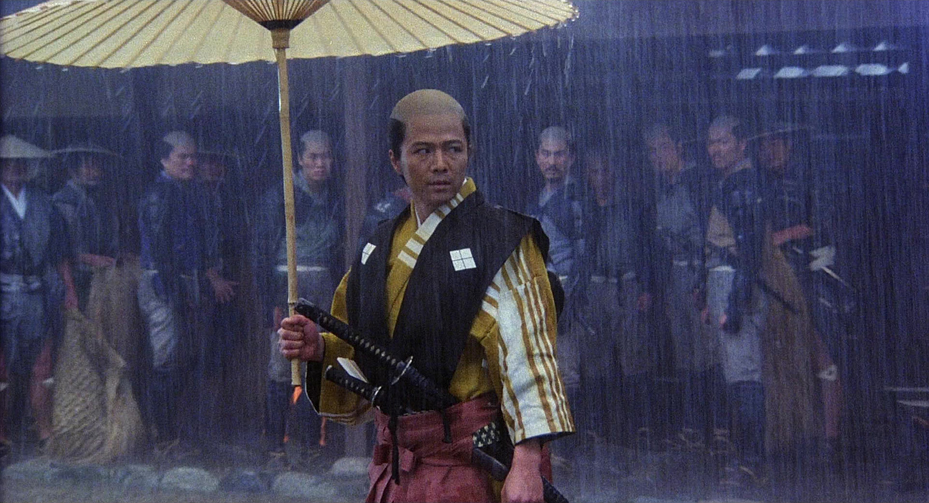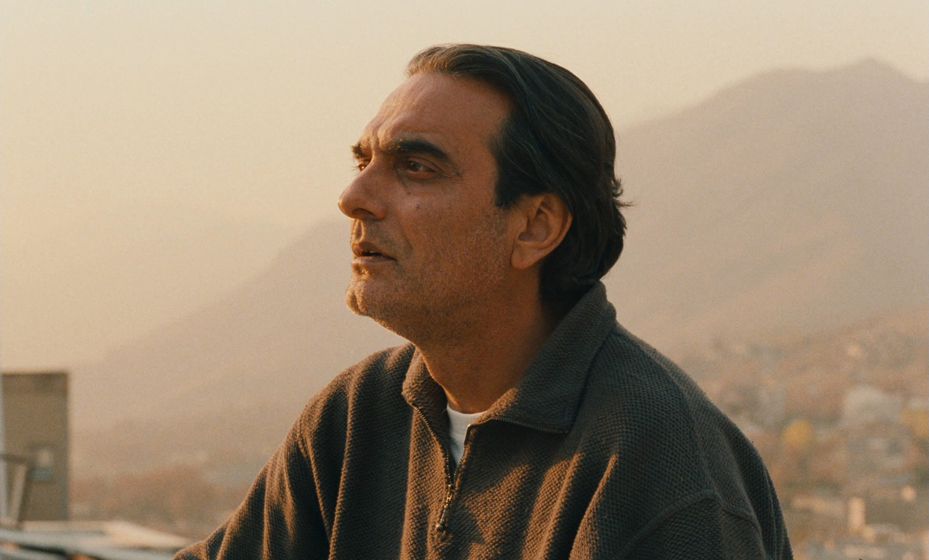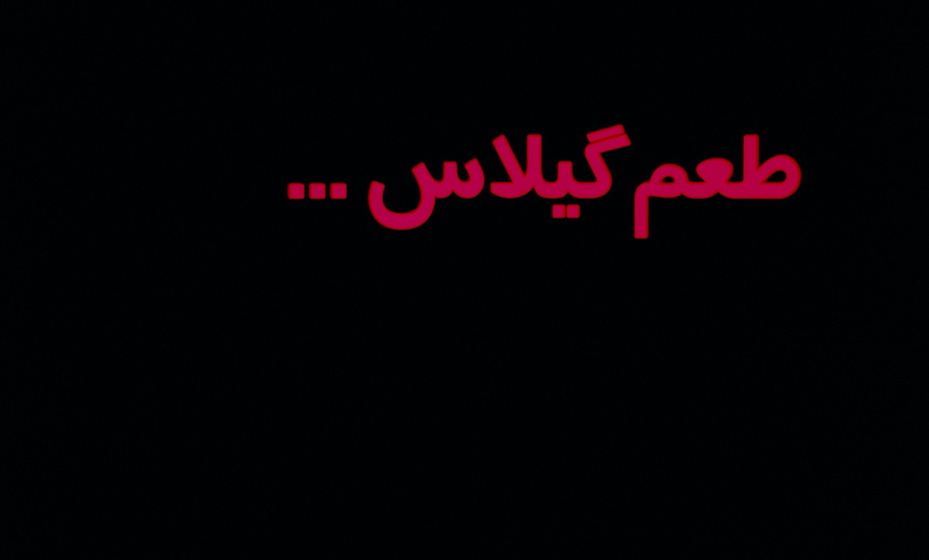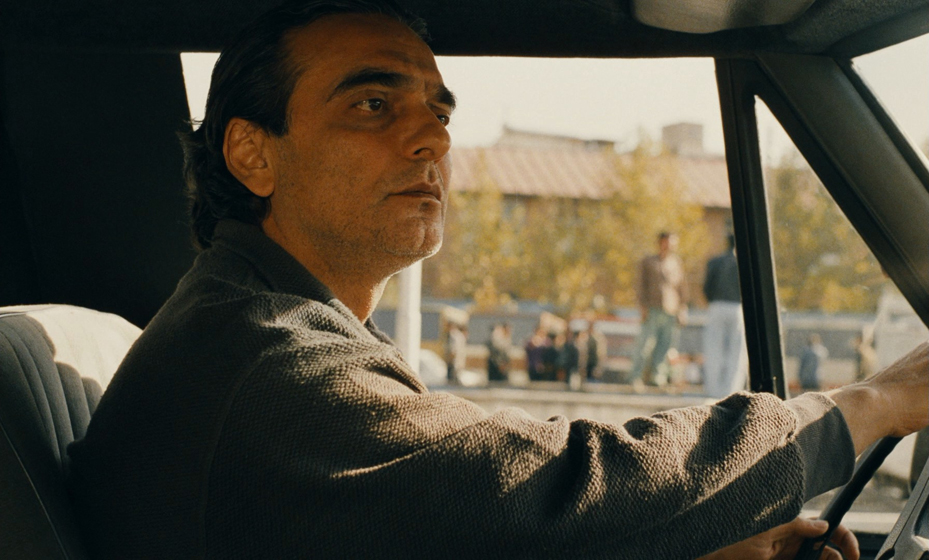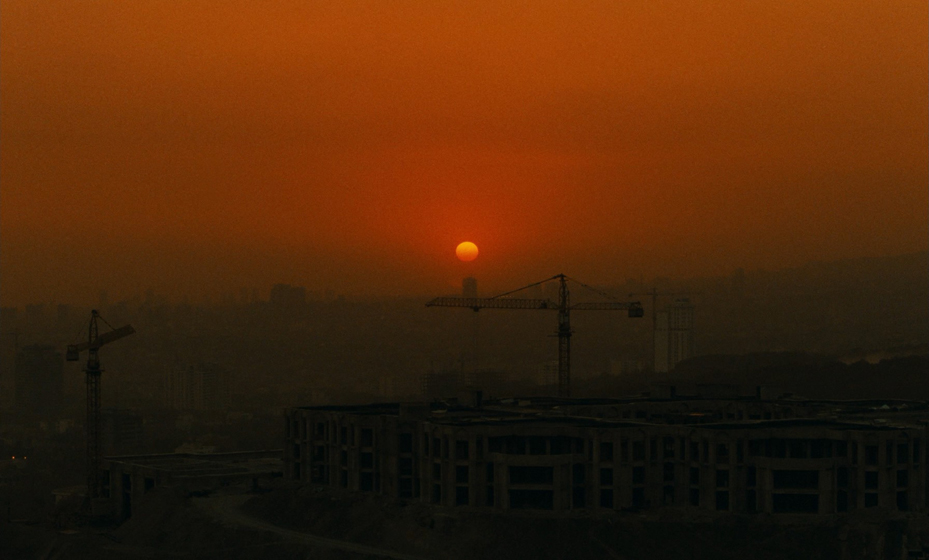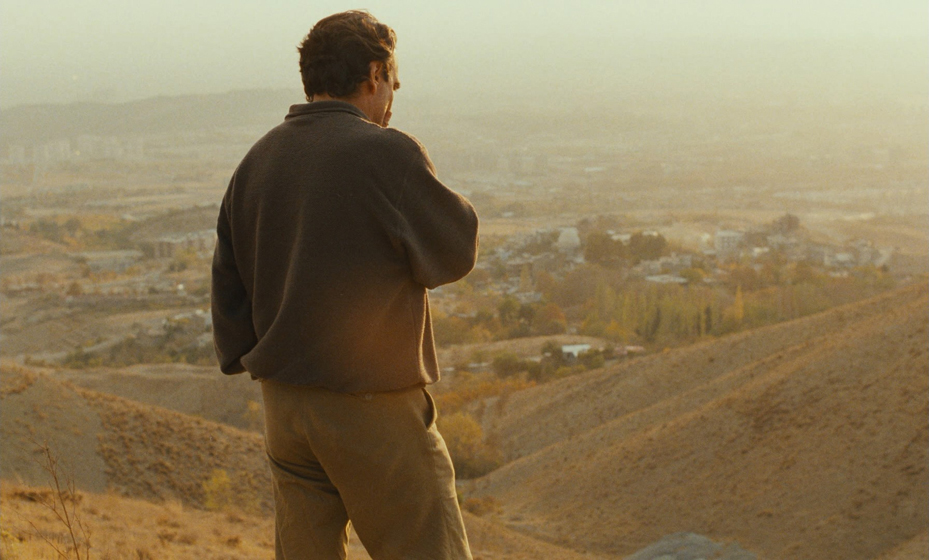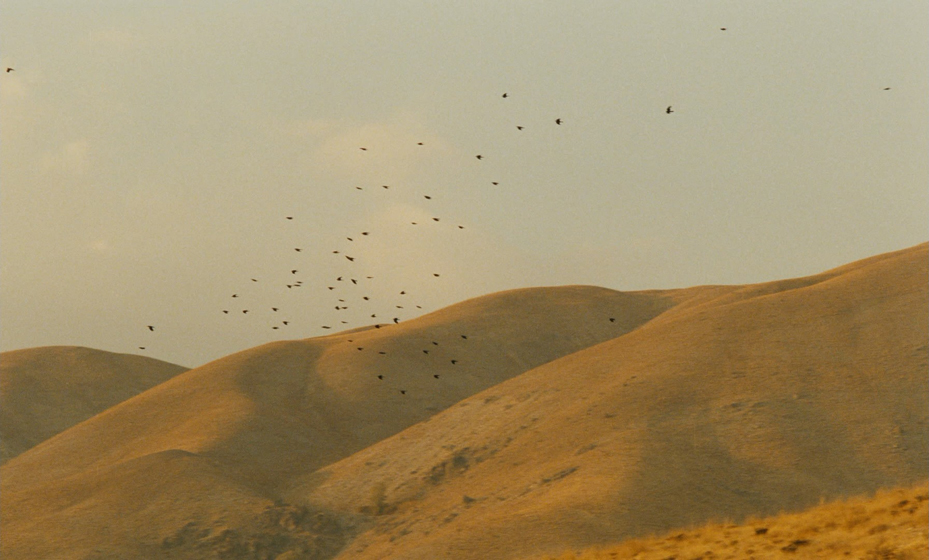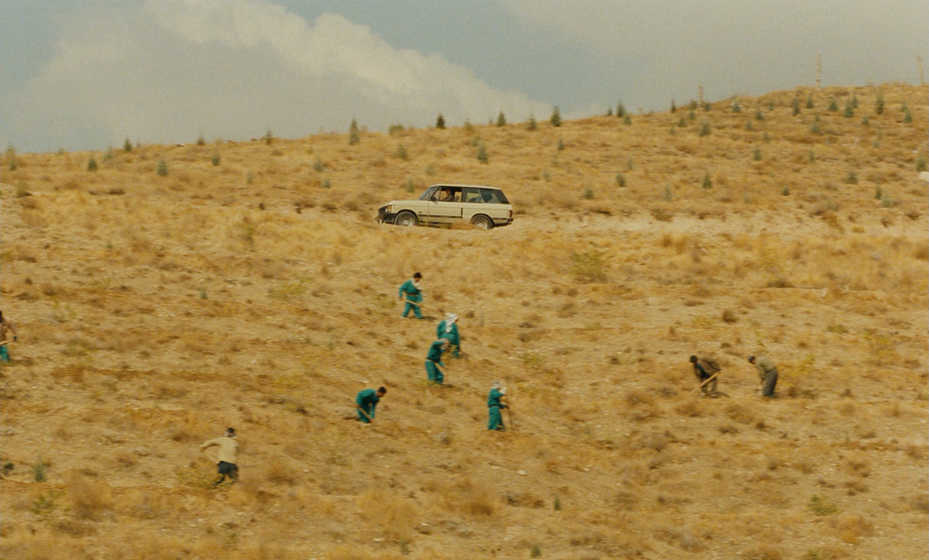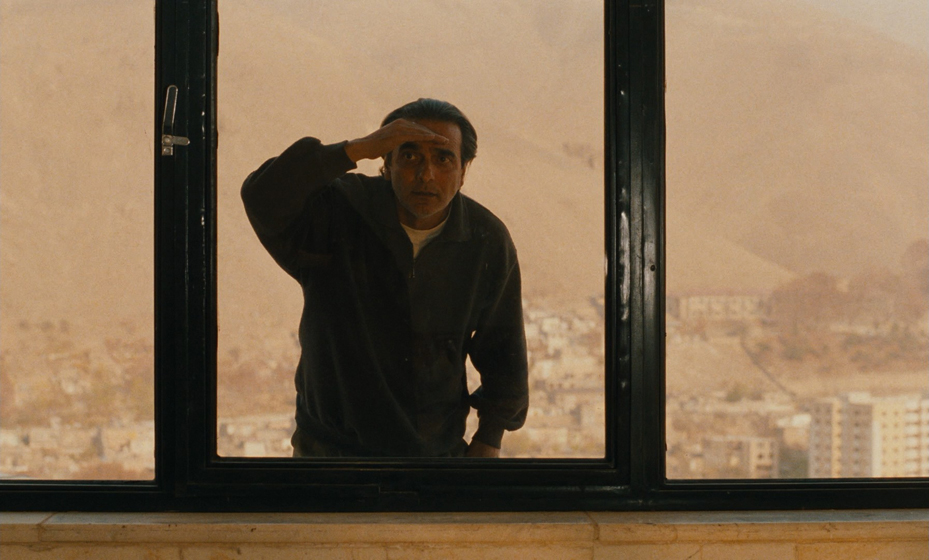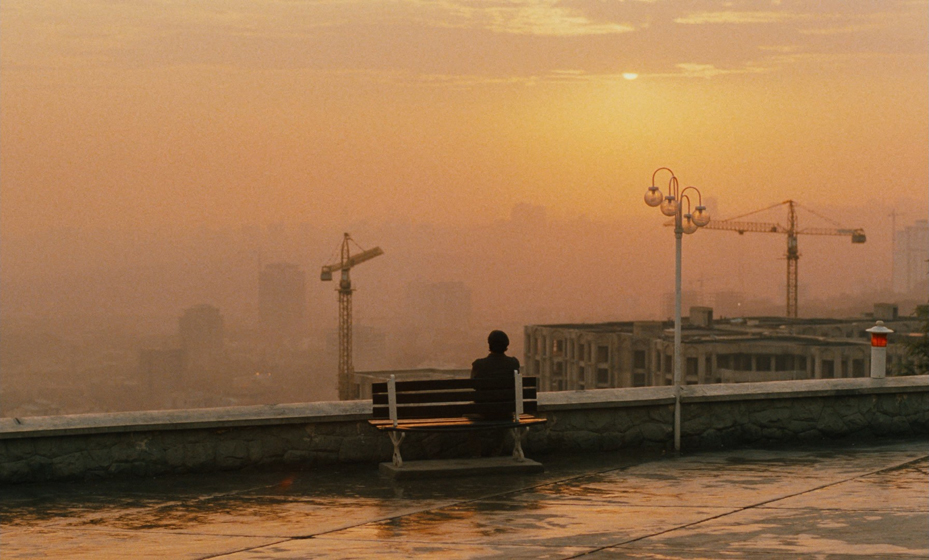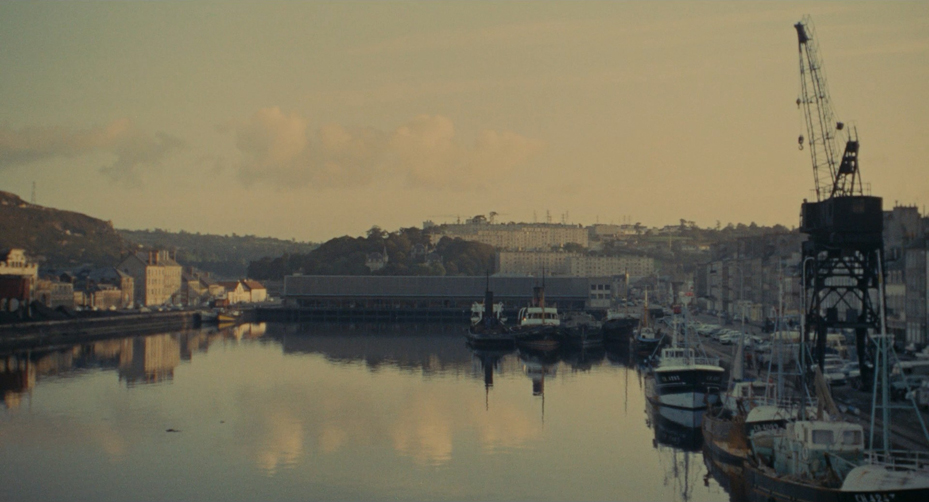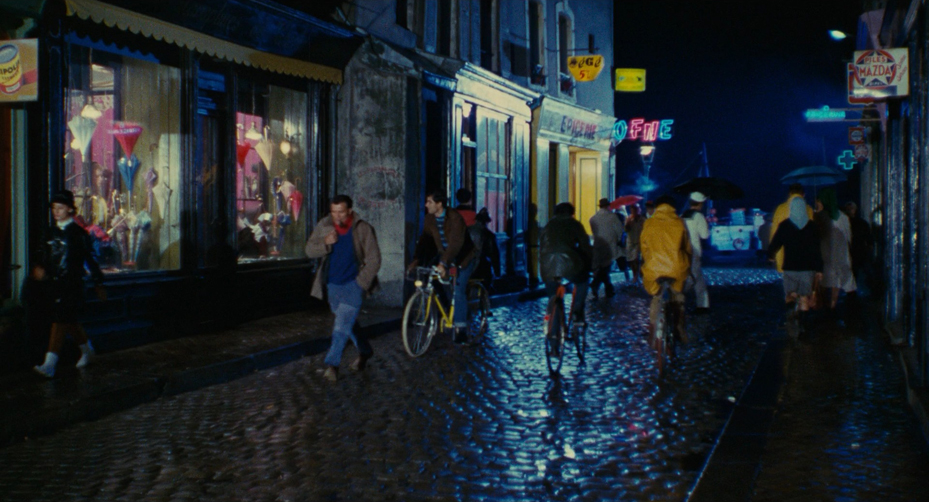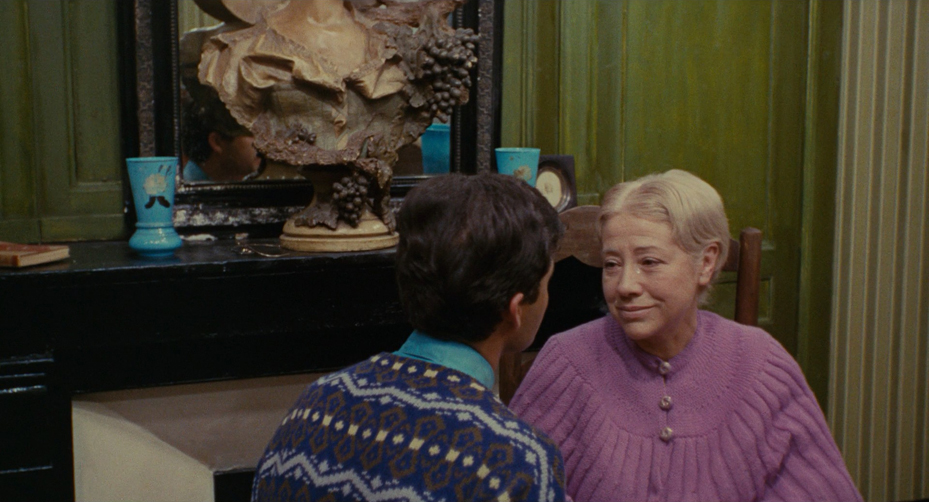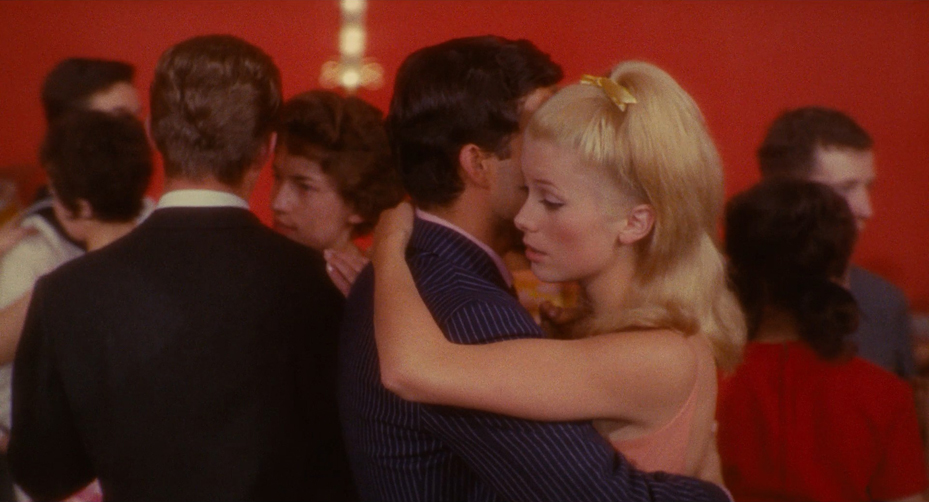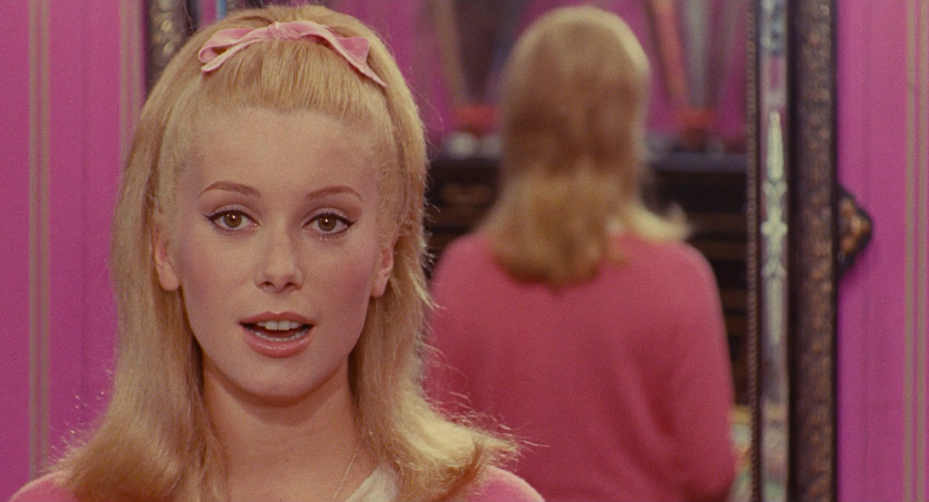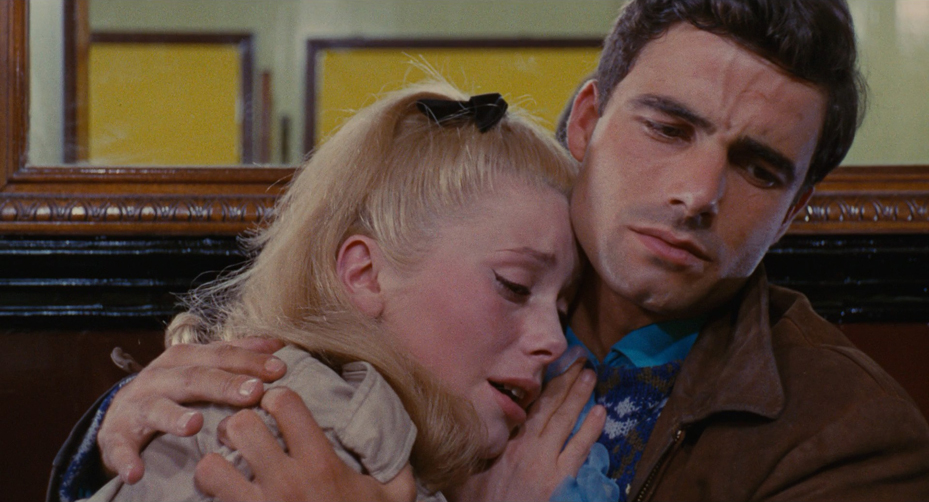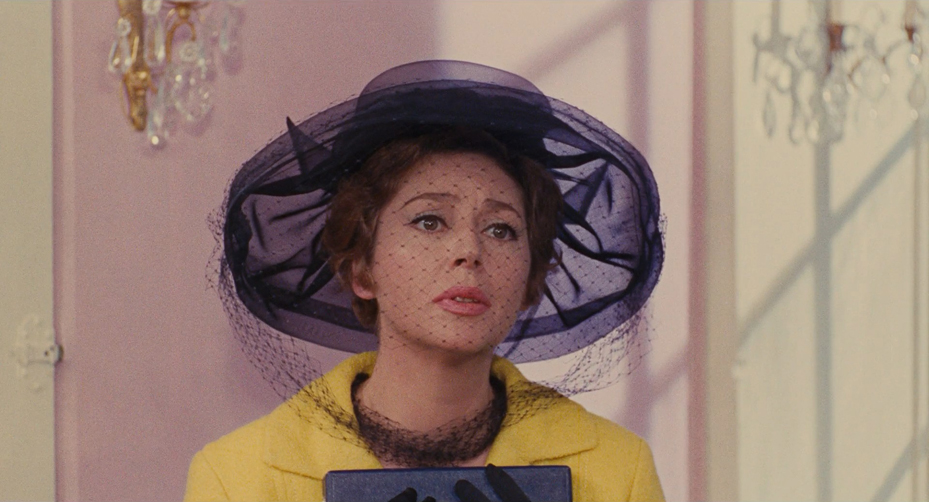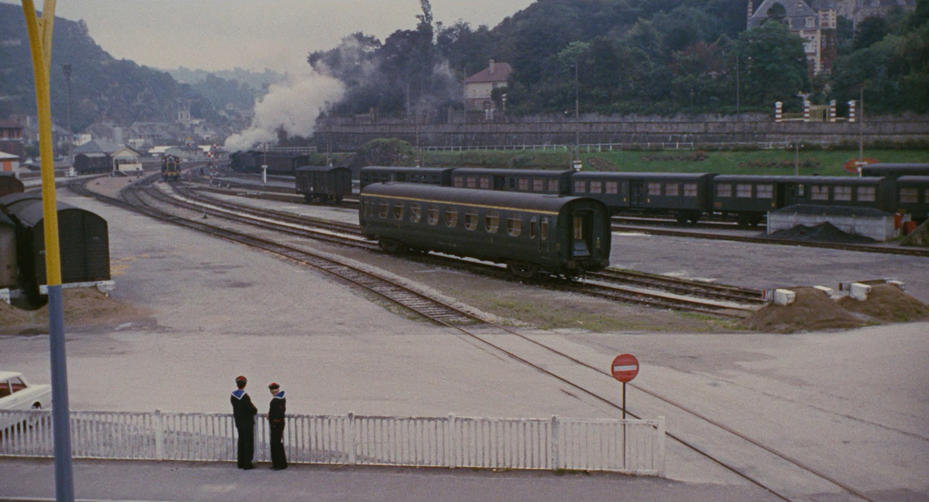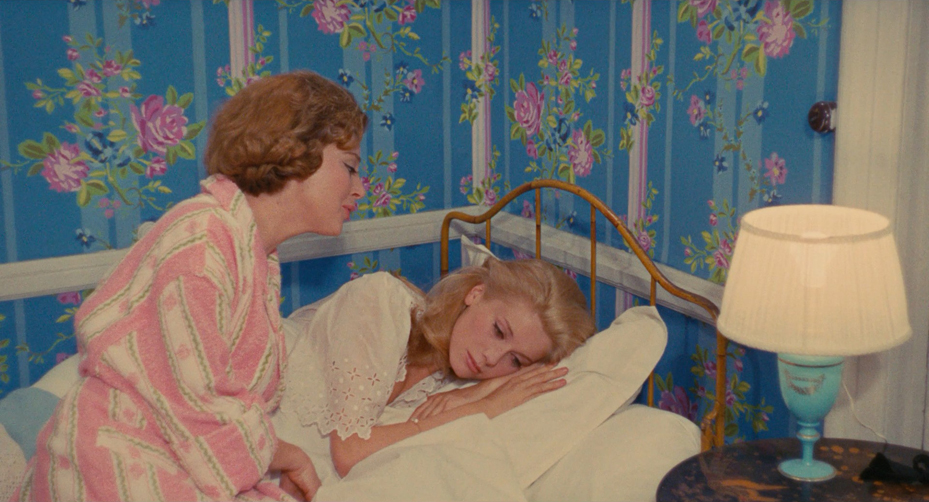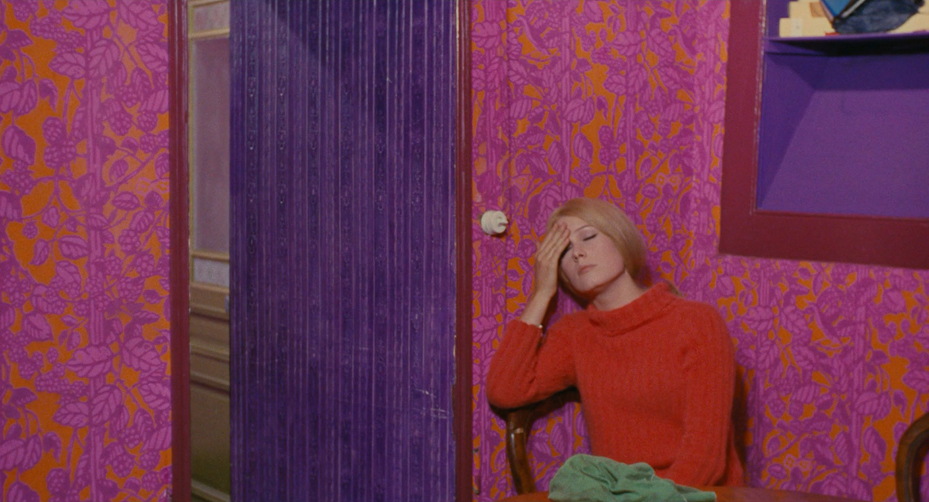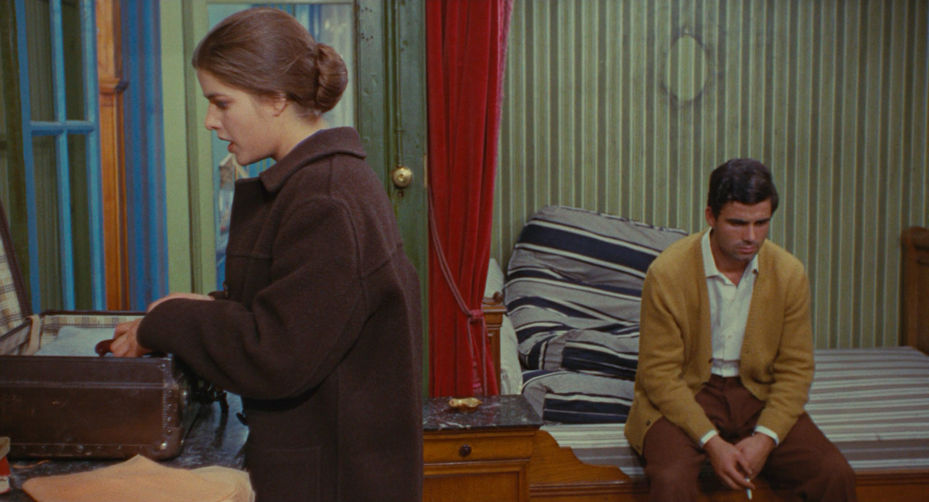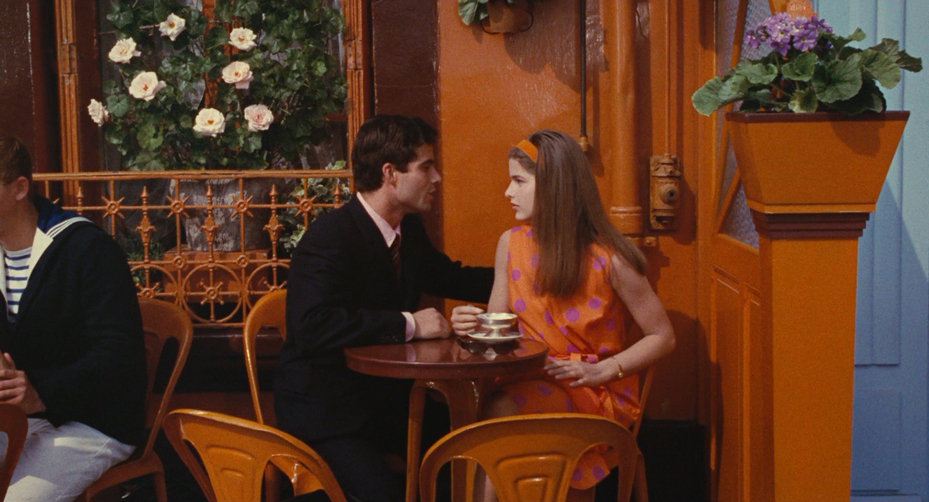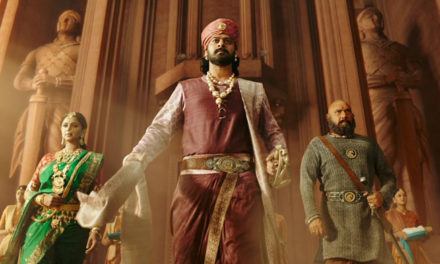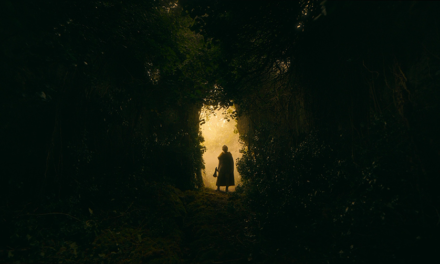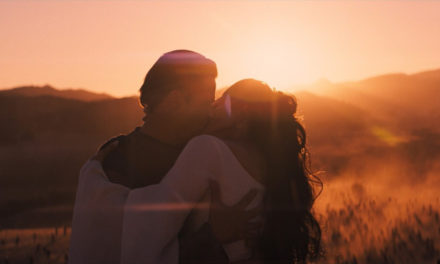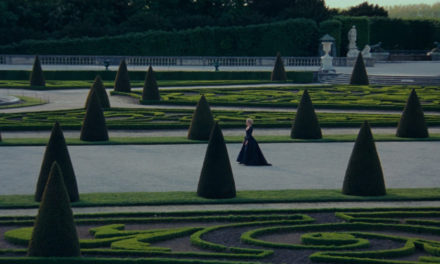THE TUESDAY DROP: 3400+ Movie & TV Show Screenshots
05.17.22 Get your Decks ready ShotDeck Team! We’re adding a lot of content this week, including new frames from classic films like Goodfellas, Jurassic Park, and It, as well as five films that won the Palme d’Or at Cannes Film Festival. Check them out below, and remember you can always request films for future drops by clicking here!
GOODFELLAS (1990)
Martin Scorsese’s 1990 masterpiece GOODFELLAS is a biographical crime drama co-written by Scorsese and Nicholas Pileggi, adapted from Pileggi’s 1985 nonfiction book Wiseguy. The film stars Ray Liotta, Robert De Niro, Joe Pesci, Lorraine Bracco and Paul Sorvino, and chronicles the rise and fall of New York mob associate Henry Hill (Liotta) and his friends and family from 1955 to 1980. Goodfellas premiered at the Venice International Film Festival, and was selected for preservation in the National Film Registry by the US Library of Congress in 2000. Today, it is widely regarded as one of the greatest gangster films ever made. Scorsese worked on Goodfellas with German cinematographer and frequent collaborator Michael Ballhaus. For Scorsese, the shooting approach to Goodfellas would need to be completely embedded with its editorial style, and he spent pre-production storyboarding the entire film as the basis for his collaboration with Ballhaus. Scorsese and Ballhaus wanted Goodfellas to be reflective of the mafia culture they were putting up onto the screen – full of reckless attitude, with quick edits, freeze frames, fast movement, narration and an almost overwhelming sense of freneticism.
Scorsese rehearsed with the actors, allowing them to ad-lib dialogue before he rewrote the script and re-thought shots with Ballhaus to capture the density of the life in each scene. Ballhaus wanted to push the look of the film further by ensuring that no scenes or frames ever looked too beautiful. Ballhaus was initially hesitant about taking on a film with so much violence, but when he saw that neither he nor Scorsese wanted to valorise the lifestyle being portrayed, he saw a path to light Goodfellas non-traditionally, using available light and light fixtures wherever possible instead of traditional film light sources, and approaching scenes with the goal of presenting them as the authentic, gritty locations he saw himself in person. The film’s now-iconic Copacabana tracking shot was born initially from a restriction in access that the crew had to the nightclub through the short entrance, so Ballhaus, Scorsese and steadicam operator Larry McConkey meticulously planned a shot that could introduce Lorraine and the audience to Henry’s life as a gangster. After spending a day blocking the shot for camera pacing, performance and blocking with Liotta, Bracco and the extras cast, the crew was able to capture this now famous moment in movie history in eight takes.
SPRING BREAKERS (2013)
SPRING BREAKERS is a 2013 crime film written and directed by Harmony Korine, following four college students (Vanessa Hudgens, Selena Gomez, Ashley Benson and Rachel Korine) who rob a diner to fund a Florida spring break trip, and soon become embroiled in a life of crime with a drug dealer and aspiring rap artist named Alien (played by James Franco). Spring Breakers premiered at the Venice International Film Festival, and has since developed a cult following. Korine worked on the film with Belgian cinematographer Benoît Debie. While this was Debie’s first collaboration with Korine, he was well known at the time for his work with filmmakers such as Gaspar Noé and Dario Argento.
Korine and Debie began their collaboration on Spring Breakers talking about how they wanted the image to be one of the stars of the movie alongside the cast. For both, they wanted the intensity and vibrancy of the story and its location to be reflected in the visual language of the film, particularly in terms of its treatment of light and color. Debie shot Spring Breakers using 35mm film, and designed the lighting language of the movie to be luminescent, almost phosphorescent, with intense use of greens and blues to push the image into a more emotionally heightened place. Debie used LED lights extensively, preferring them to other options such as gelled HMIs because of the control they gave him on set to find the particular hue that was needed in the moment. The last scene of the film pushed this idea to its extreme, where Debie lit the actors with a black light and worked with costume designer Heidi Bivens to dress the actors in fluorescent green clothes with textured pink masks to have them glowing in a disturbing, otherworldly hue.
JURASSIC PARK (1993)
Steven Spielberg’s 1993 epic sci-fi action film JURASSIC PARK is based on the 1990 novel of the same name by Michael Crichton, and the screenplay co-written by Crichton and David Koepp. The film follows a pair of scientists (played by Sam Neill and Laura Dern) and a mathematician (played by Jeff Goldblum), who are among a small group chosen to tour an island theme park populated by dinosaurs created from prehistoric DNA, built by a billionaire (Richard Attenborough). The film is the first installment in the Jurassic Park franchise, and in 2018, was selected for preservation in the National Film Registry by the US Library of Congress. Jurassic Park was a pioneering film for its creature and visual effects, and Spielberg worked with special effects artist Stan Winston and Industrial Light and Magic VFX supervisor Dennis Muren to create the dinosaurs in the film.
For a film known so widely for its effects, Jurassic Park relied surprisingly little on CGI – only 5 minutes of the film is completely computer-generated. The collaboration between Spielberg, Winston and Muren’s VFX team from ILM started with Winston creating a variety of animatronic dinosaur puppets and suits – from velociraptor suits that could be worn by stuntmen, to a full-size animatronic T-Rex. Spielberg hired stop-motion expert Phil Tippett to plan and execute shots where the dinosaurs moved, and CGI was then used in moments when it made more sense to digitally create the dinosaurs (a world first in digital effects). Spielberg also set up scenarios where the creature and visual effects would be as seamless as possible, including setting the now iconic T-Rex introduction scene in the rain at night, so that large portions of the dinosaur would not have to be shown on screen. In the end, Jurassic Park used only 63 visual effects shots (compared to over 2,000 VFX shots in the 2015 film Jurassic World), but remains one of the most significant VFX achievements in the history of film.
ETERNAL SUNSHINE OF THE SPOTLESS MIND is a 2004 romantic science fiction drama directed by Michel Gondry and written by Charlie Kaufman. The film stars Jim Carrey and Kate Winslet as a couple who undergoes a medical procedure to have each other erased from their memories when their relationship turns sour. The film also stars Kirsten Dunst, Mark Ruffalo, Elijah Wood and Tom Wilkinson. Eternal Sunshine of the Spotless Mind gets its title from the 1717 poem Eloisa to Abelard by Alexander Pope. The film was both a commercial and critical success on its release, and has since grown to be considered one of the best films of the 2000s. Gondry worked on Eternal Sunshine of the Spotless Mind with American cinematographer Ellen Kuras, who was best known at the time for her collaboration with Spike Lee.
Gondry went into his collaboration with Kuras having the strong conviction that the best way for the audience to be brought along with the film’s sci-fi elements was for the film to look as naturalistic as possible. Inspired by French New Wave filmmakers such as Jean-Luc Godard, Gondry insisted that the entire film be shot with two hand-held cameras at all times, and that the film would be shot on location as much as possible, and with as much natural light as possible. Gondry took this to the point where in scenes where they had to shoot on stage, he had the roofs nailed down so that Kuras couldn’t top-light a scene. Kuras took up the challenge by shooting with Fuji Reala 500D 35mm film stock, attracted to the amount of cyan that showed up in the shadows of the frame. Taking cues from the lighting approaches of cinematographers such as Nestor Almendros and Raoul Coutard, Kuras and her team shaped natural light wherever possible and almost never had a unit or a flag on the set, lighting entire spaces and following the action through the entire scene with both cameras so that the actors could play a scene out continuously without having to worry about hitting particular marks.
IT (2017)
IT is a 2017 coming-of-age horror film directed by Andy Muschietti. The first of a two-part adaptation of Stephen King’s 1986 novel of the same name, It tells the story of The Losers’ Club, a group of seven outcast children being terrorized by an ancient, shape-shifting evil that emerges from the sewers to prey on the town’s children. It stars Bill Skarsgård as Pennywise the Clown, as well as Jeremy Ray Taylor, Sophia Lillis, Finn Wolfhard, Wyatt Oleff, Chosen Jacobs, Jack Dylan Grazer, Nicholas Hamilton and Jackson Robert Scott. Muschietti worked on It with Canadian production designer Claude Paré, who was best known at the time for his work on projects such as Rise of the Planet of the Apes.
The biggest challenge Paré faced with It was to convincingly convey a sense of the 1988 period of the film, given how many audiences would have clear memories of what that time should look like on screen, and given Muschietti’s desire to not have a clichéd look to the movie. Paré selected Port Hope in Ontario, Canada, to stand in for the fictional town of Derry in the film, in large part because of the main road that ran through the city, connected to several alleyways from which you could see the town cinema. Paré had to painstakingly source and recreate the signage and products of the pharmacies and stores on the main street, both inside and out, and design home interiors that looked more like the 70s, in order to match the socioeconomic status of the characters in the film. The specificity of the production design helped It live in a realistic space, allowing its supernatural horror elements to feel more authentic and frightening as a result.
IT CHAPTER TWO (2019)
IT CHAPTER TWO is the follow up to the 2017 film It. Directed once more by Andy Muschietti, with a screenplay by Gary Dauberman, the film is the second of a two-part adaptation of Stephen King’s 1986 novel of the same name. It Chapter Two stars Jessica Chastain, James McAvoy, Bill Hader, Isaiah Mustafa, Jay Ryan, James Ransone, Andy Bean, and Bill Skarsgård as Pennywise the clown. Set in 2016, 27 years after the events of the first film, It Chapter Two follows the Losers Club as they team up to destroy It. Muschietti worked on It Chapter Two with Peruvian cinematographer Checco Varese.
Muschietti and Varese wanted It Chapter Two to have a noticeably darker visual style to its predecessor, given that this was now an adult story taking place roughly in the present day, without so much nostalgia in its tone. Varese opted to shoot the film on the Alexa SXT. Since Varese wanted to shoot with spherical lenses, rather than the anamorphic lenses used in It, he shot the 1989 scenes using the Vantage Film T1.7 MiniHawk Anamorphic Hybrid lenses, which are spherical lenses that provide a facsimile of an anamorphic lens’s bokeh and flare. For the 2016 scenes, Varese used the Angénieux Optimo zoom lenses and Leitz Summilux-C primes. Varese lit much of the film with LED sources, also relying heavily on practicals in the darker scenes.Varese and Muschietti often found themselves utilizing unusual camera operating techniques such as shakes and odd movements throughout the scarier scenes, taking advantage of what some might call mistakes in order to heighten the audience’s sense of unease as they watched the movie.
GHOSTBUSTERS: AFTERLIFE (2021)
GHOSTBUSTERS: AFTERLIFE is a 2021 supernatural comedy film directed by Jason Reitman. The film stars Carrie Coon, Finn Wolfhard, Mckenna Grace and Paul Rudd, featuring performances from Bill Murray, Dan Aykroyd, Ernie Hudson, Annie Potts and Sigourney Weaver reprising their characters from the earlier Ghostbusters films. Set 32 years after the events of Ghostbusters II, the film follows a single mother and her children who move to an Oklahoma farm they inherited from their estranged father Egon Spengler, a member of the original Ghostbusters. Reitman worked on Ghostbusters: Afterlife with American costume designer Danny Glicker. Glicker was best known at the time for his work on films such as Milk, Up in the Air and Mother!.
Glicker’s major challenge with the costume design for the film was to accurately recreate the khaki Ghostbusters suit from the original film, while also showing the passage of time and its effects on the clothes. Glicker wanted the costuming to feel real and tactile, and something that would feel relatable. Glicker created khaki suits in a variety of different sizes so that they would both feel big on the actors while also being able to be worn by different performers and look consistent to the eye on screen. Glicker’s costuming approach was to find the right costume to match the headspace and tonality of each individual character, to both track them through the story and reflect their personalities to the audience
CYRANO (2021)
Joe Wright’s 2021 musical romantic drama CYRANO is based on Edmond Rostand’s 1897 play Cyrano de Bergerac, which screenwriter Erica Schmidt developed into a 2018 stage musical Cyrano. The film stars Peter Dinklage as the title character, a wordsmith who is so self-conscious about wooing the woman of his dreams, Roxanne (Haley Bennett), that he helps a young man named Christian (Kelvin Harrison Jr.) do it with his guidance. Cyrano premiered at the Telluride Film Festival, and was shot by Wright’s longtime collaborator Seamus McGarvey. Mcgarvey and Wright had previously collaborated on Atonement, Anna Karenina and Pan.
Wright and McGarvey began their collaboration after Wright’s period of rehearsals with the actors. The pair spent two weeks together, taking what Wright had refined in rehearsals and discussing how to capture that with the appropriate visual language and rhythm to best tell the story. The pair agreed that they wanted the film to start out full of color and hope, with soft, atmospheric light, and eventually devolve into something darker and less colorful, with a chiaroscuro feeling of more dramatic light. McGarvey opted to shoot the film in a 2.39 aspect ratio using the Alexa Mini LF, pushing the film’s look out of pure naturalism into something more heightened using a combination of LED and tungsten lighting sources. Day scenes were often lit simply with 18k HMI lights augmenting sunlight into the interior locations, with a combination of low-key tungsten sources and soft LEDs for the night. To accentuate the musical quality of the film, McGarvey shot with slightly longer lenses, filling the film with camera movement until the stasis and bluntness of the war and death scenes towards the end of the film.
I AM NOT A WITCH (2017)
I AM NOT A WITCH is a 2017 drama written and directed by Rungano Nyoni in her feature debut. The film tells the story of Shula, a young girl living in a remote Zambian community who is accused of witchcraft and sent off as a witch for hire and tourist exhibit in a witches’ camp. The film stars Maggie Mulubwa, Henry B.J. Phiri and Nancy Murilo, and was inspired by actual stories of witchcraft accusations in Zambia. I Am Not a Witch premiered at the Cannes Film Festival. Nyoni worked on the film with Colombian cinematographer David Gallego.
In preparation for the shoot, Nyoni spent time in Ghana at real-life witch camps, and brought this experience to the production. Inspired by films such as Stanley Kubrick’s Dr. Strangelove and the films of Yorgos Lanthimos, Nyoni and Gallego agreed upon a visual language that would push things into an exaggerated, psychedelic space that satirized the practice of witchcraft accusations and allowed the audience to see how absurd this practice was. Gallego brought the cinematography to this tonal place by composing the film in long, haunting shots that both heighten the comedy and the tragedy of what is unfolding on screen.
RaMell Ross’s 2018 documentary HALE COUNTY THIS MORNING, THIS EVENING follows the intimate and personal moments from the lives of the black community of Hale County, Alabama. The film tells impressionistic stories of their lives while showing both the consequences of racism in the American south, alongside the beauty of the lives of Hale County’s residents. Hale County This Morning, This Evening premiered at the Sundance Film Festival, and was awarded a Peabody Award in 2020.
Ross wanted his cinematography to be reflective of the non hierarchical and avant-garde structural form that the film was going to take. Ross decided to intercut questions throughout the film as a structural guide for the film – “What is the orbit of our dreaming?”, “how do we not frame someone?” and “Whose child is this?”, and created a flowing visual language in between and around these questions. Ross wanted his photography to capture what he called the “epic banal” – heightening the beauty and significance of everyday life, and creating something grandiose out of these simple depictions of Black life in Hale County.
THE LEOPARD (1963)
Luchino Visconti’s 1963 film THE LEOPARD is an epic historical drama following Don Fabrizio Corbera (Burt Lancaster), an aging Sicilian nobleman caught up in the turmoil of Italian unification in the mid-19th century. Don Fabrizio allows his war hero nephew Tancredi (Alain Delon) to marry Angelica (Claudia Cardinale), the beautiful daughter of Don Calogero, in order to maintain his family’s status. The Leopard premiered at the 1963 Cannes Film Festival, where it won the Palme d’Or. After the English dubbed and shorter US version was initially received with a lukewarm reception, the original film has grown in estimation to be considered one of the most important contributions of Visconti’s career. Visconti worked on The Leopard with Italian cinematographer Giuseppe Rotunno. Rotunno was the first non-American admitted to the ASC, and was widely known for his work on the films of directors such as Federico Fellini, Bob Fosse and Marcello Mastroianni.
Visconti and Rotunno wanted the visual language of The Leopard to capture the same searing satire of Italy’s upper classes as appears in the script. Rotunno shot the film with lots of movement, strong lighting setups and compositions that framed the grandeur of the settings, while also showing the lack of elegance of the upper class characters occupying these spaces. The film reaches its height both visually and narratively in the now famous ball sequence, which occupies almost an hour of the film’s conclusion. Set up as a grand set piece that was rigorously and dynamically staged, the scene starts as a party of dazzling movement that gradually gives way to the prince’s overwhelming sense of sorrow and resignation over his own mortality.
Apichatpong Weerasethakul’s 2010 film UNCLE BOONME WHO CAN RECALL HIS PAST LIVES follows the last days in the life of Uncle Boonmee (Thanapat Saisaymar), who, together with his loved ones and the spirit of his dead wife and lost son, who has returned in a non-human form, explores his past lives as he contemplates the reasons for his illness. Uncle Boonmee Who Can Recall His Past Lives is based on Phra Sripariyattiweti’s 1983 book A Man Who Can Recall His Past Lives, and is the final installment in Weerasethakul’s multi-platform art project, Primitive. The film premiered at the 2010 Cannes Film Festival, where it became the first Thai film to win the Palme d’Or. Weerasethakul worked on Uncle Boonmee Who Can Recall His Past Lives with Thai cinematographer Sayombhu Mukdeeprom. Mukdeeprom has gone on to work on films such as Luca Guadagnino’s Call Me By Your Name.
Weerasethakul and Mukdeeprom shot Uncle Boonmee Who Can Recall His Past Lives between October 2009 and February 2010 in Bangkok and Isan, in the northeast of Thailand. The pair decided to shoot the movie on 16mm film as a way to recall the look and feel of classic Thai cinema. The film contains six different film styles, each evoking a distinct part of Thailand’s film culture and history. When humans and ghosts sit and talk at dinner, the film is shot like a Thai TV drama with a static camera. When the princess and the catfish have sex, it is shot like a costume drama. The sequences in the jungle are filmed like a horror film. Despite these distinct visual styles, Weerasethakul and Mukdeeprom maintained a common thread of calm, meditative cinematography that invited the audience in and allowed them to meditate along with Uncle Boonme over the course of the film.
KAGEMUSHA (1980)
Akira Kurosawa’s 1980 epic KAGEMUSHA tells the tale of a petty thief played by Tatsuya Nakadai, who is recruited to impersonate an aging warlord named Shingen (also played by Nakadai), in order to avoid attacks by competing clans. When Shingen dies, the impostor takes over as ruler, and must eventually lead his troops into battle against a rival warlord. The film is based on the events leading up to the 1575 Battle of Nagashino, and premiered at the 1980 Cannes Film Festival, where it won the Palme d’Or. Kagemusha was made thanks to the support of two of Kurosawa’s most famous admirers at the time, George Lucas and Francis Ford Coppola, who helped raise the funds needed for the movie to go into production. Kurosawa worked on the film with production designer Yoshirô Muraki, who was a frequent collaborator of his.
Kagemusha was by far the biggest scale production of Kurosawa’s career, with over 5,000 extras used for the final battle sequence. Muraki’s task on the film was to both convey the epic nature of the battles and the scale of the film, while also allowing the film to have spaces of close intimacy with its characters. As the first war film that Kurosawa was shooting in color, and with Kurosawa’s own background as a painter who would meticulously storyboard the entire film in advance of production, Muraki and Kurosawa worked closely to create a palette and visual language that had a sense of coherence, while also conveying the grandeur of the story being told.
TASTE OF CHERRY (1997)
TASTE OF CHERRY is a 1997 drama written, produced, edited and directed by Abbas Kiarostami. The film stars Homayoun Ershadi as a middle aged man in Tehran in search of someone who might be willing to bury him after he commits suicide. Taste of Cherry premiered at the 1997 Cannes Film Festival, where it won the Palme d’Or, making it the first film from Iran to win this award. Today, it is widely regarded as one of the most important of Kiarostami’s filmography. Kiarostami worked on Taste of Cherry with Iranian cinematographer Homayun Payvar.
Like many of Kiarostami’s films, Payvar and Kiarostami agreed on a simple, meditative, calm visual language with which to capture Taste of Cherry. Neither wanted the camerawork or the style to get in the way of the drama of the story unfolding, or to overshadow the relatively banal world that the central character occupied in the film. In addition to its contemplative style, Kiarostami wanted Taste of Cherry to have a palpable sense of intimacy – to the point where he would act off camera with his lead during the scenes in the Range Rover.
THE UMBRELLAS OF CHERBOURG (1964)
Jacques Demy’s 1964 musical romantic drama, THE UMBRELLAS OF CHERBOURG, stars Catherine Deneuve and Nino Castelnuovo as two young lovers in the French city of Cherbourg, separated by circumstance. The film’s dialogue is entirely sung-through or through-composed. The Umbrellas of Cherbourg is today considered part of Demys “romantic trilogy”, between the 1961 film Lola and the 1967 film The Young Girls of Rochefort. The Umbrellas of Cherbourg premiered at the 1964 Cannes Film Festival, where it was awarded the Palme d’Or, and was later nominated for five Academy Awards, including Best Foreign Language Film. Demy worked on the movie with French cinematographer Jean Rabier. Rabier is best known for his collaborations with director Claude Chabrol, but had previously with Demy, and was well-regarded for his work on Agnes Varda’s Cleo from 5 to 7.
The Umbrellas of Cherbourg is divided into three parts – The Departure, The Absence, The Return – and Demy and Rabier agreed that each should be treated with a distinct visual language. Among other techniques, Rabier worked closely with the film’s production design and costume design teams to color coordinate the interior spaces, the clothing and the seasonal shifts to the evolution in the story of The Umbrellas of Cherbourg, giving it a striking visual treatment that has made it one of the most visually memorable films of Demy’s career.

